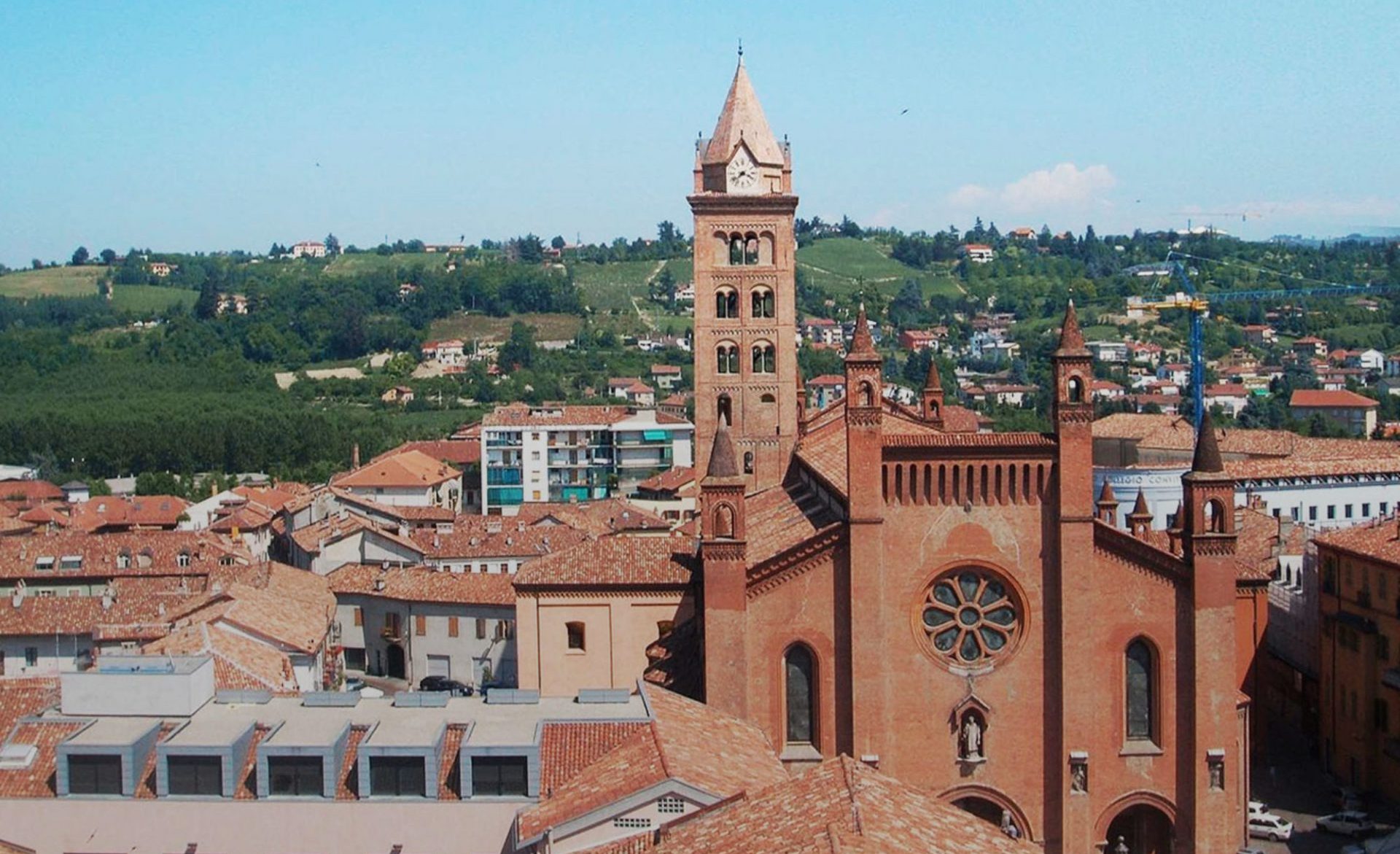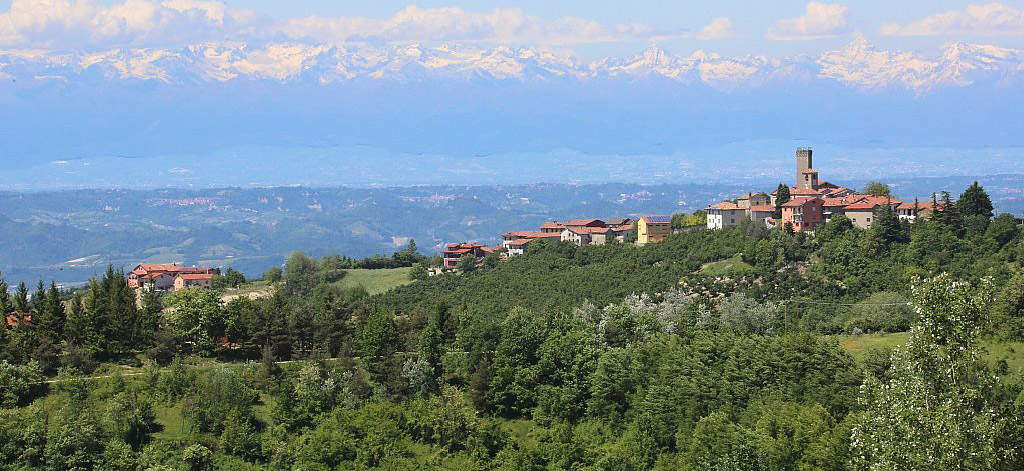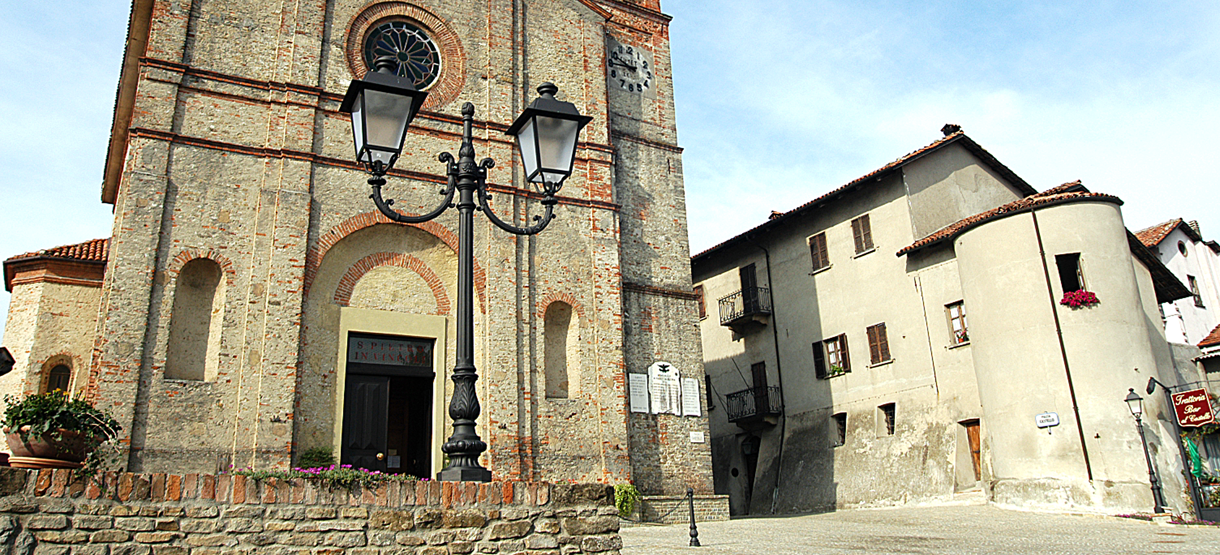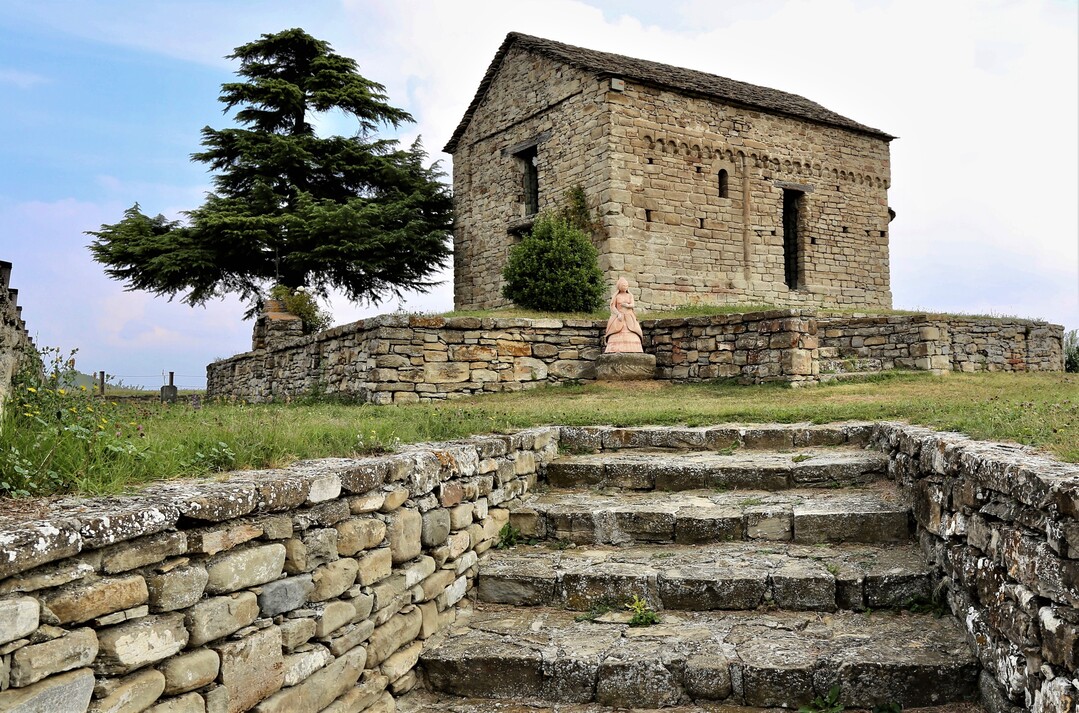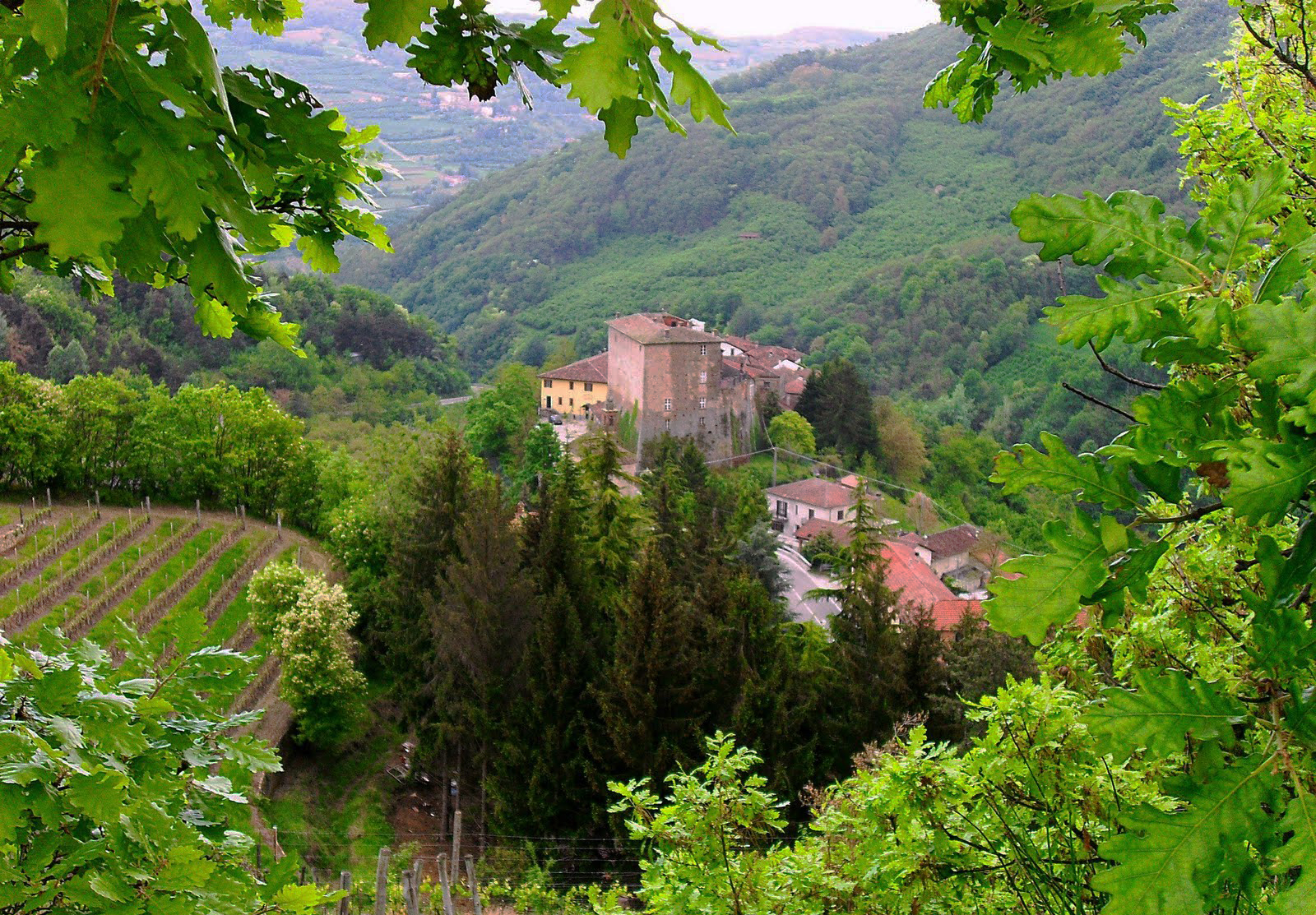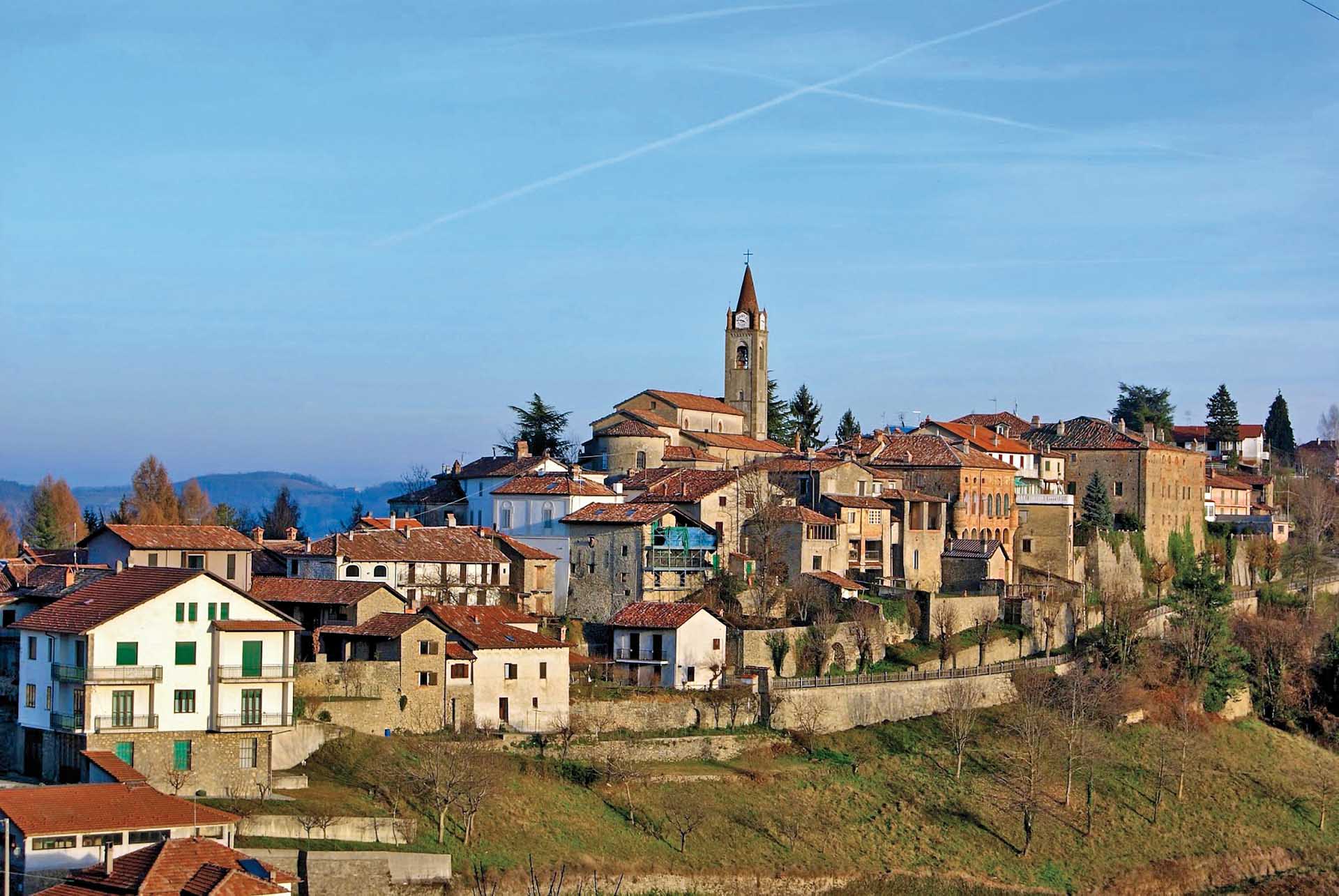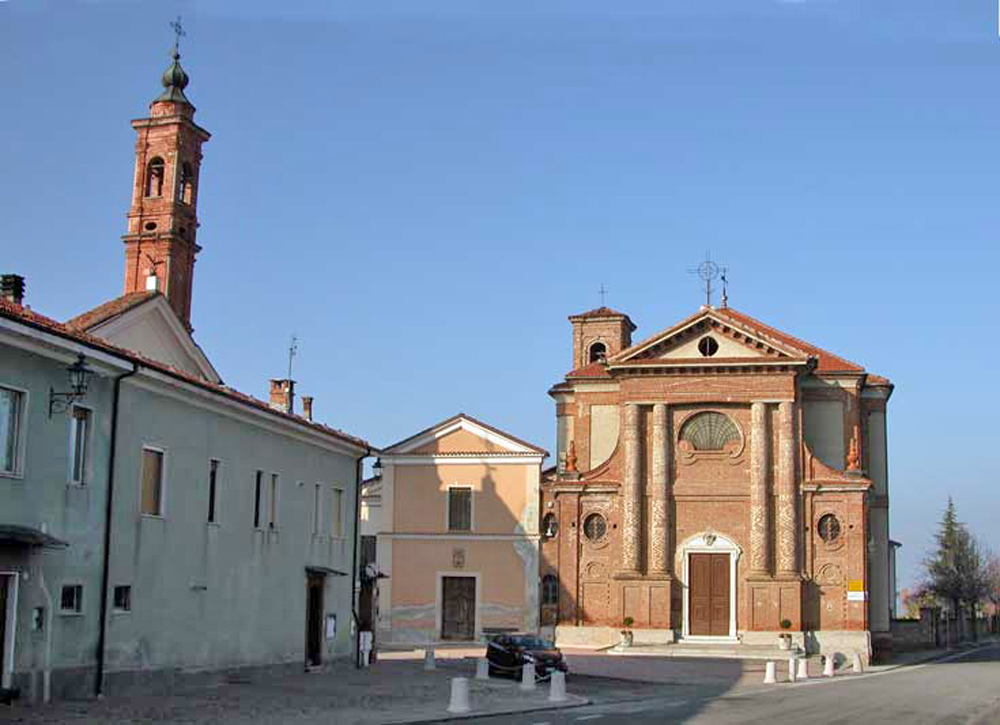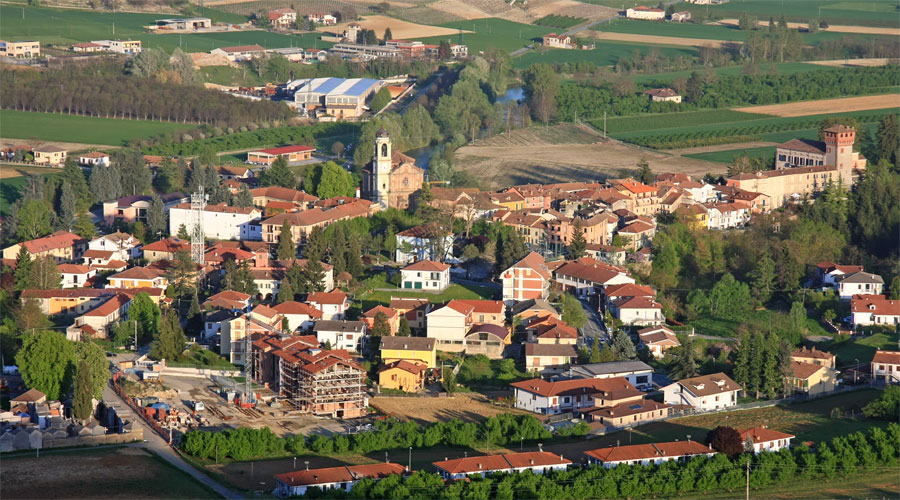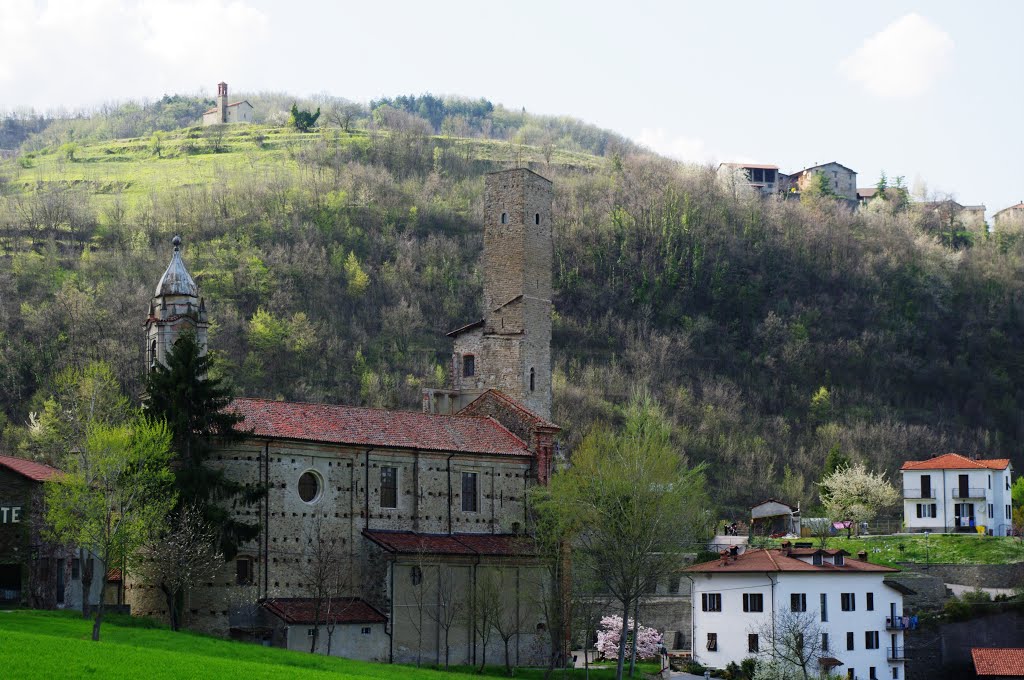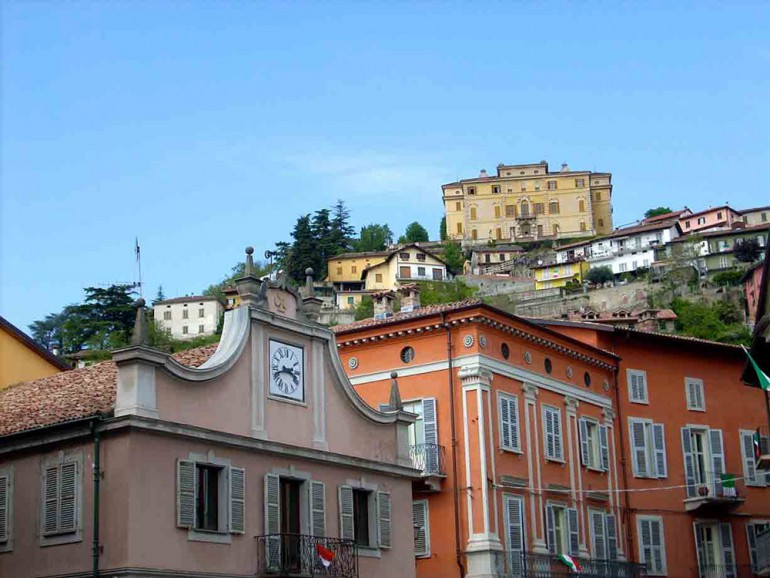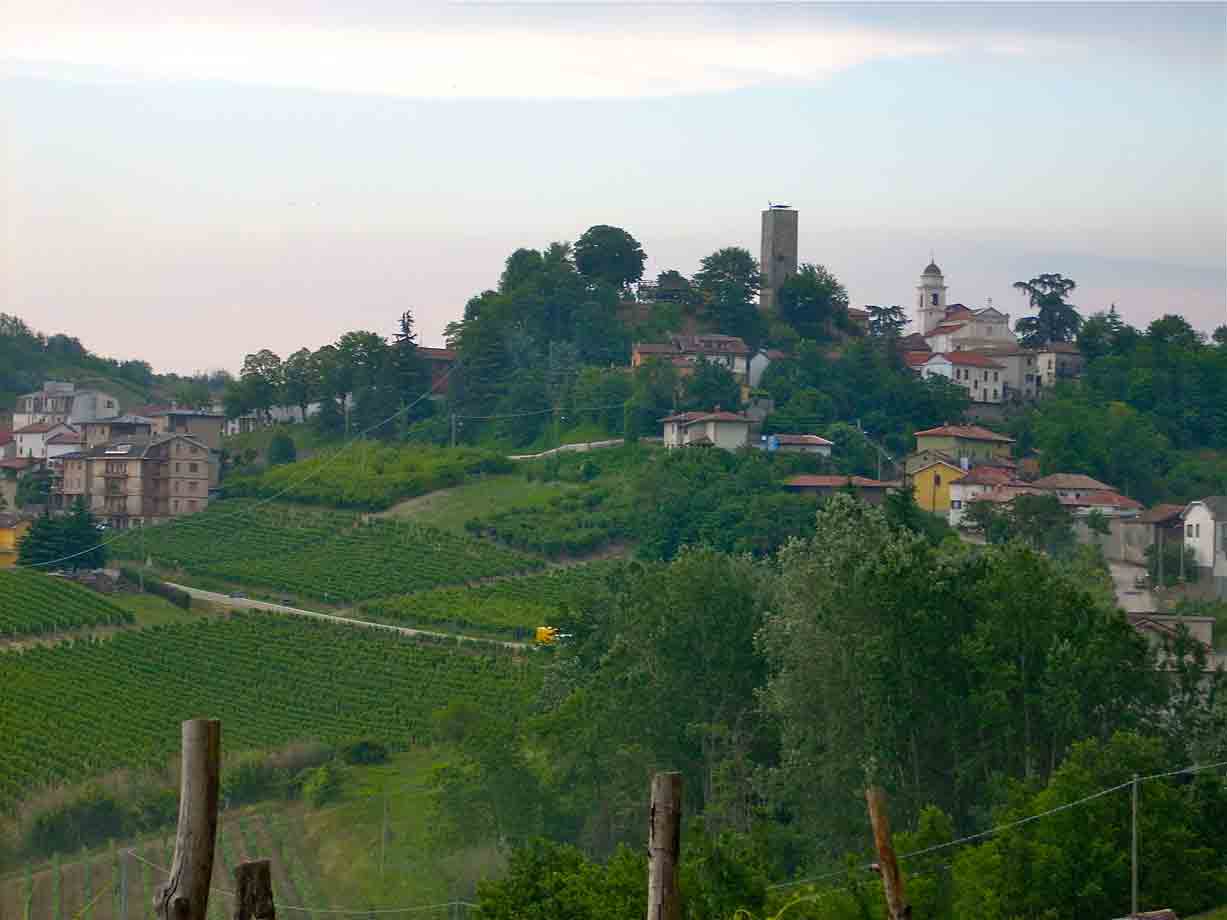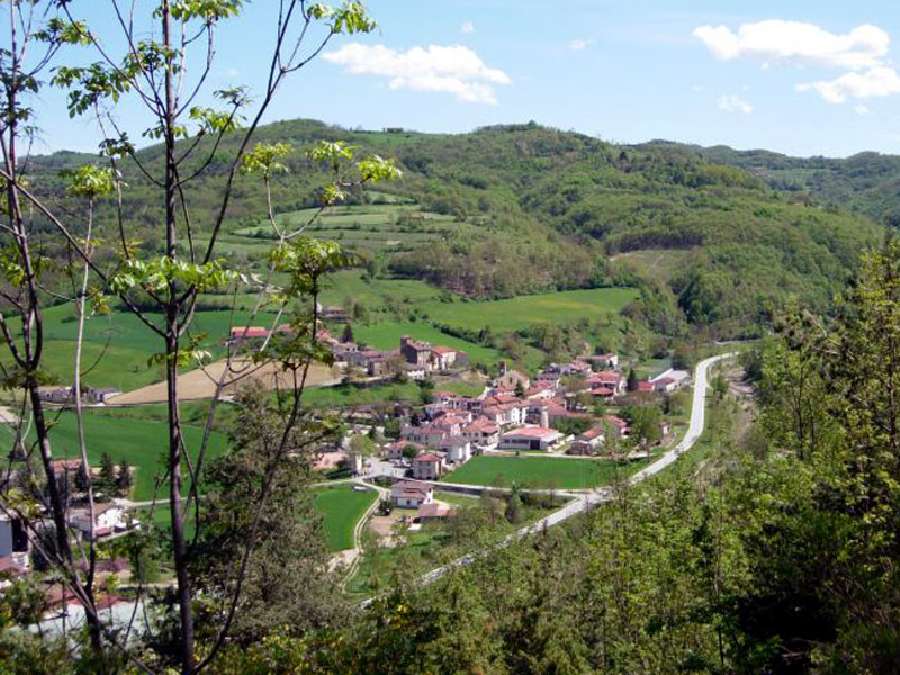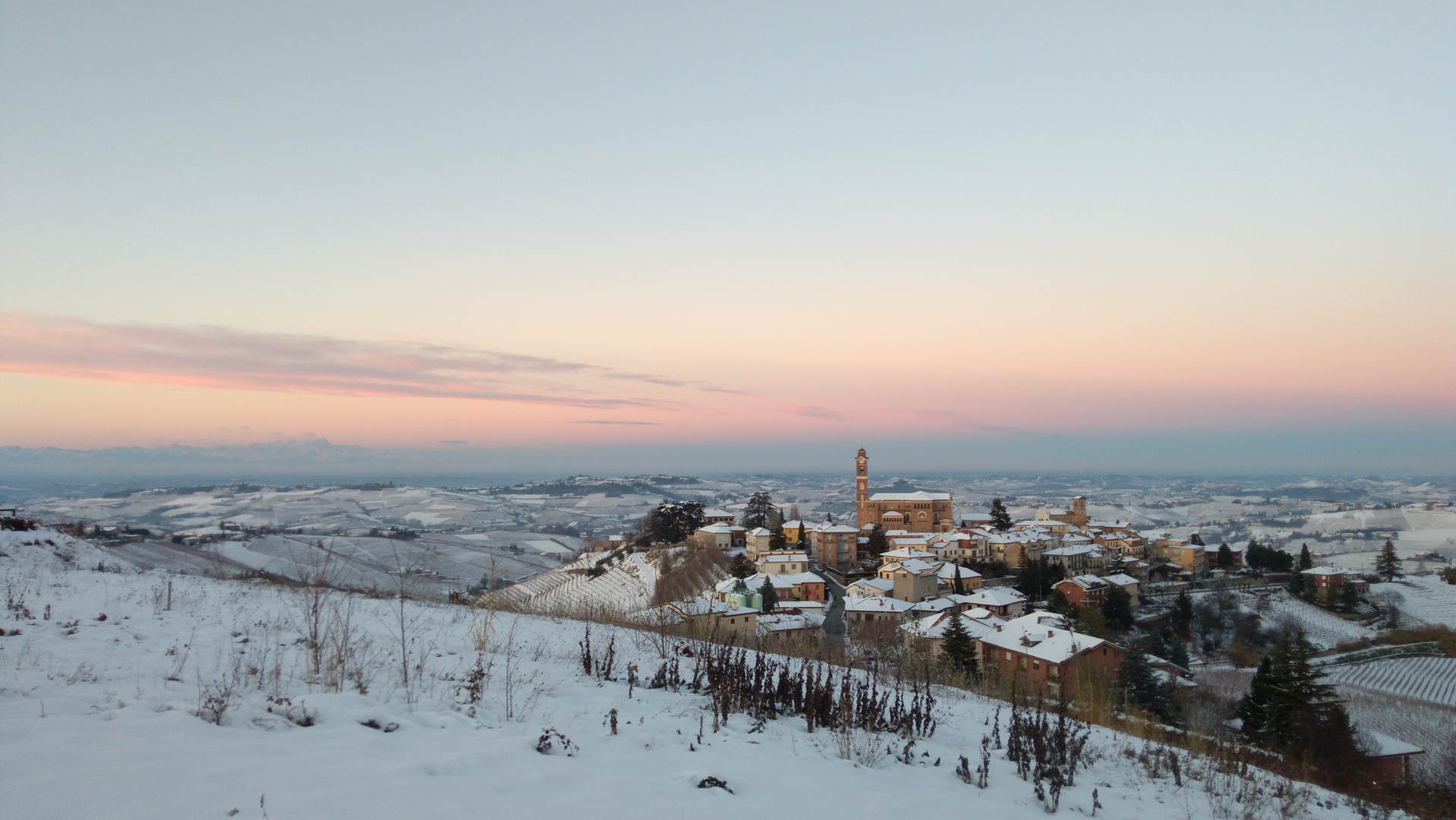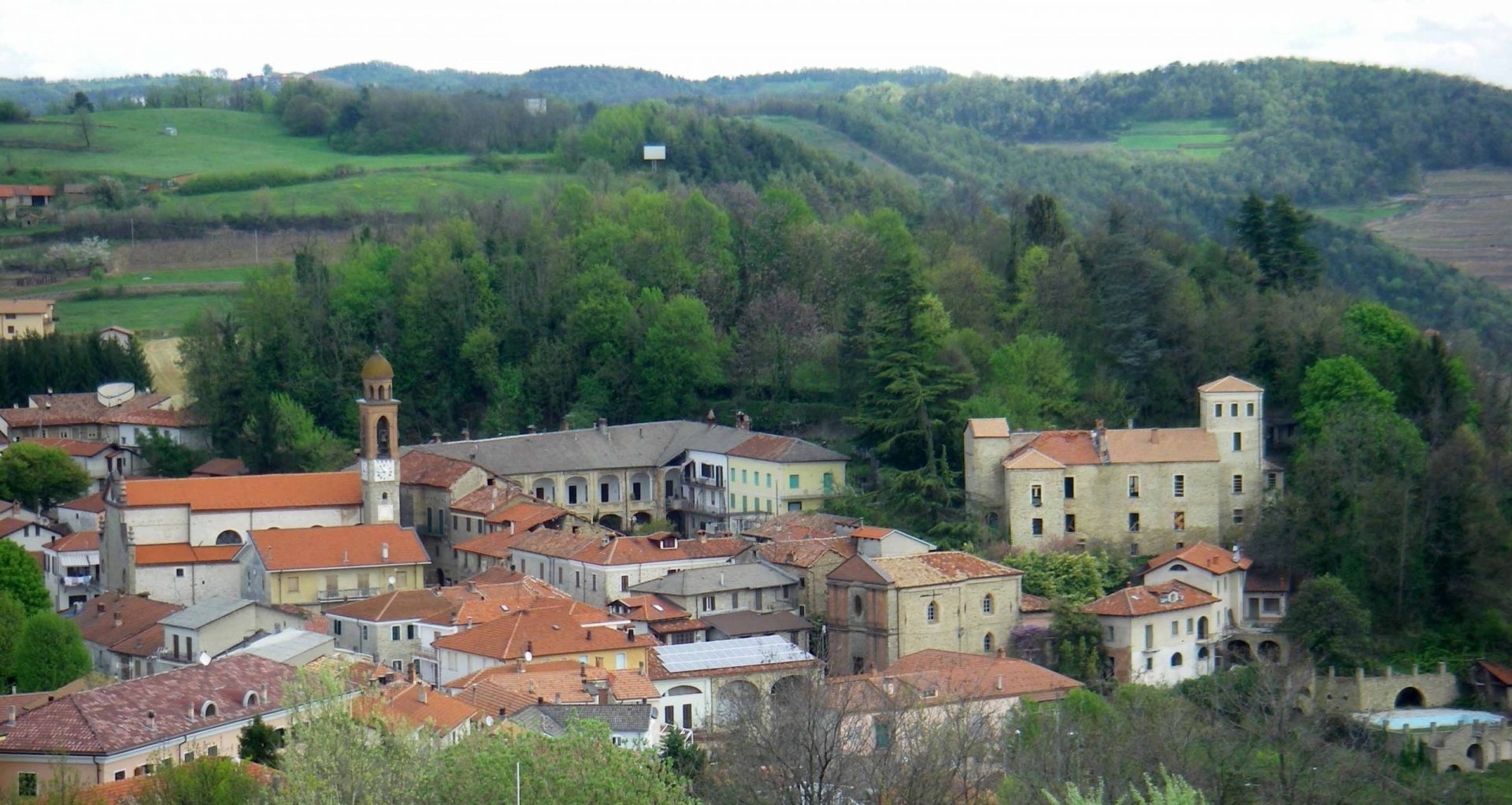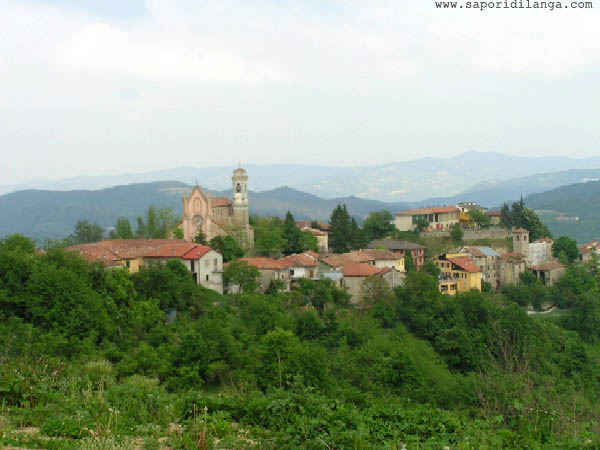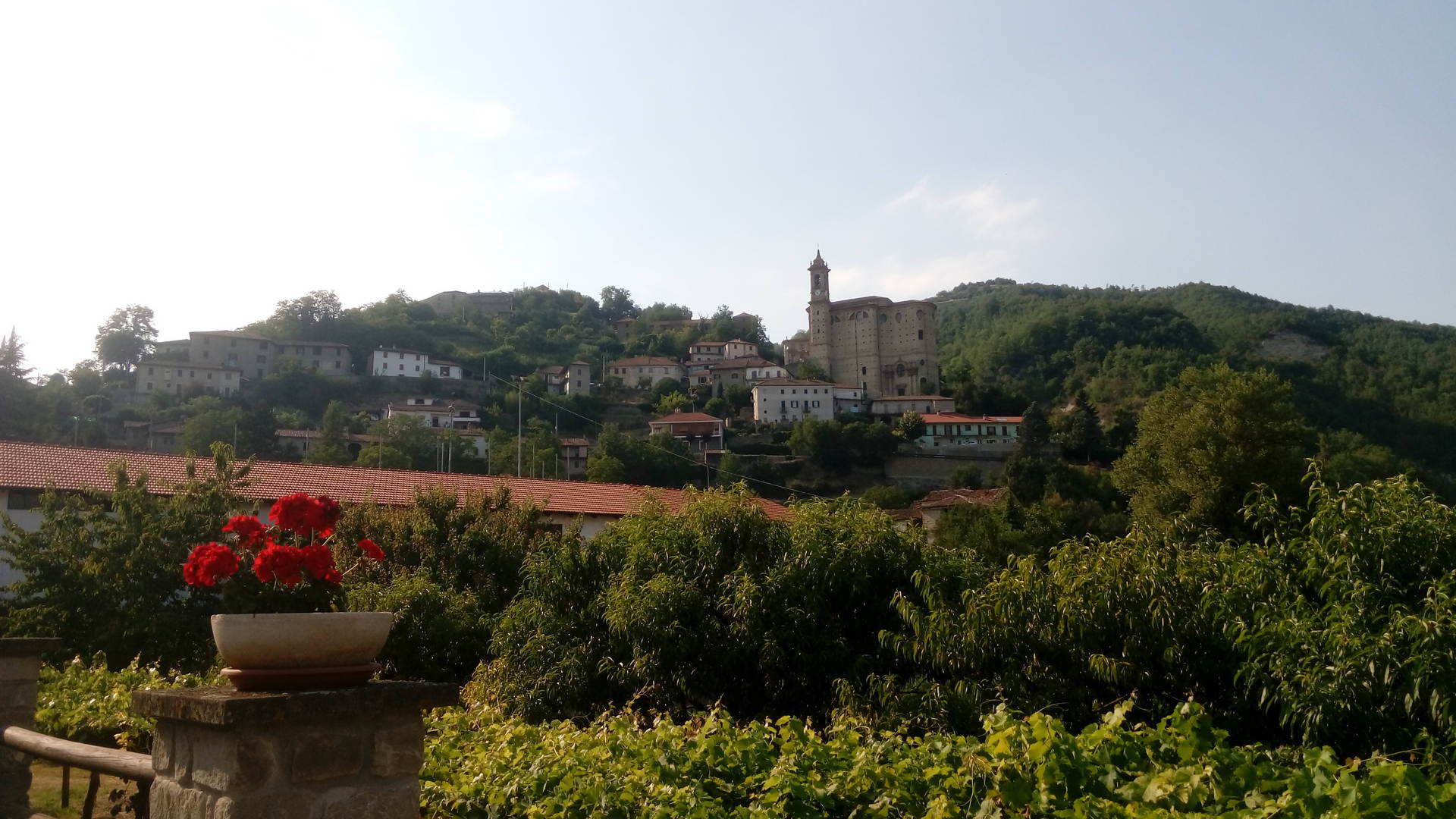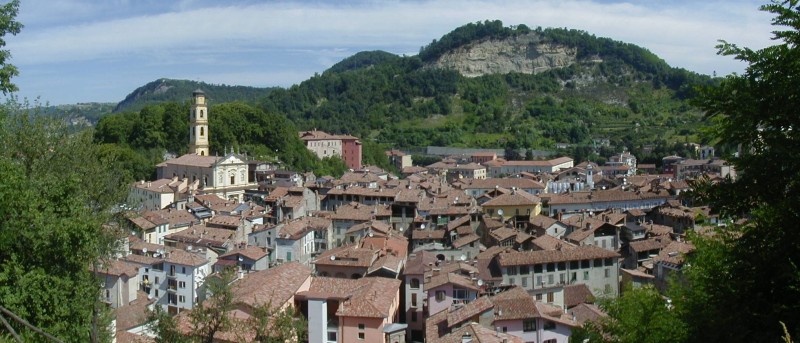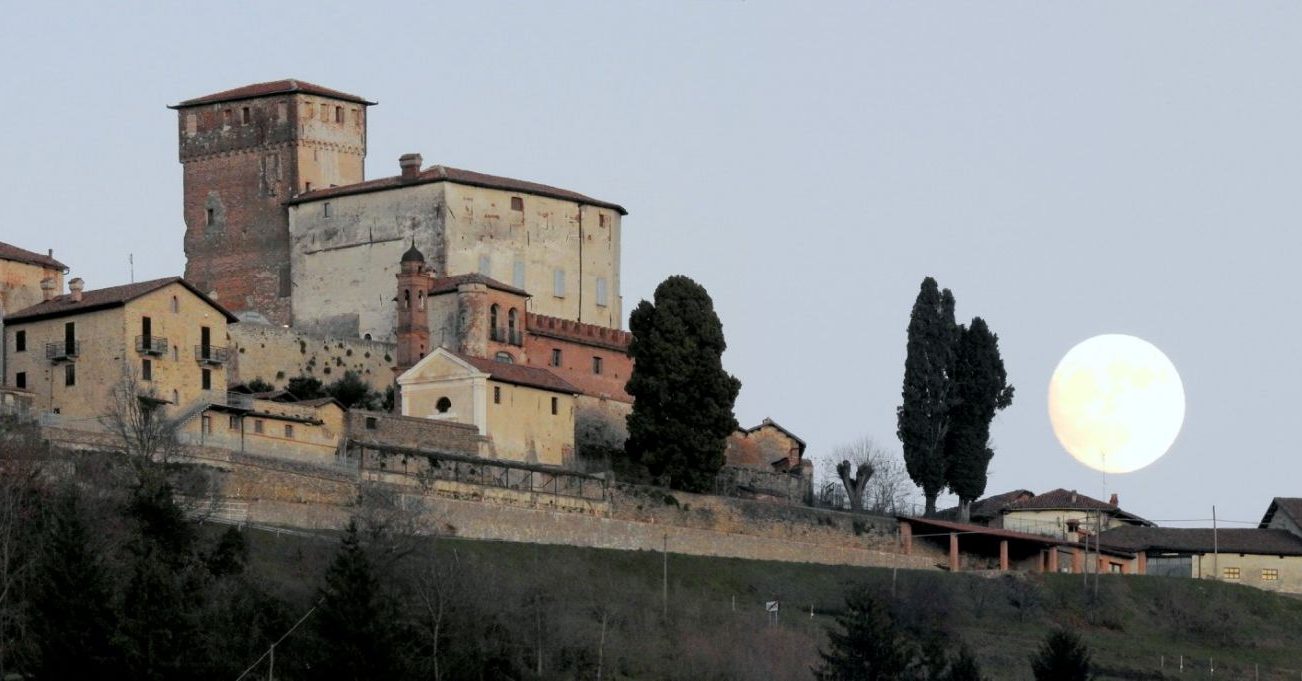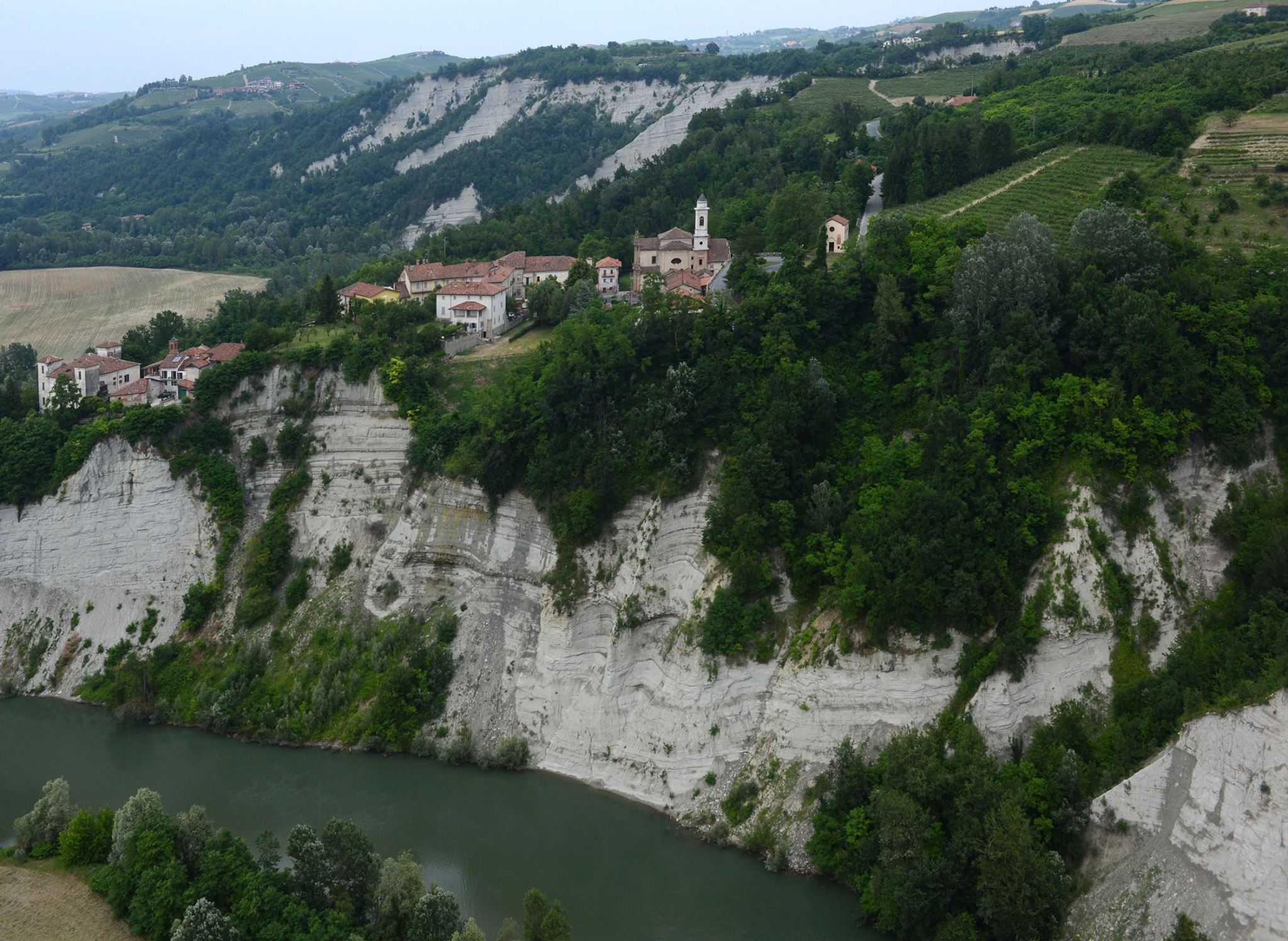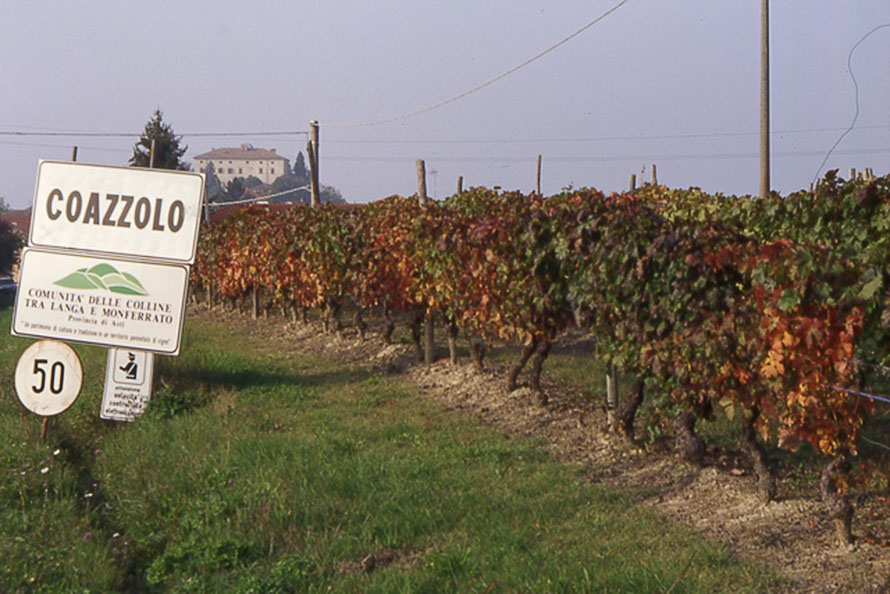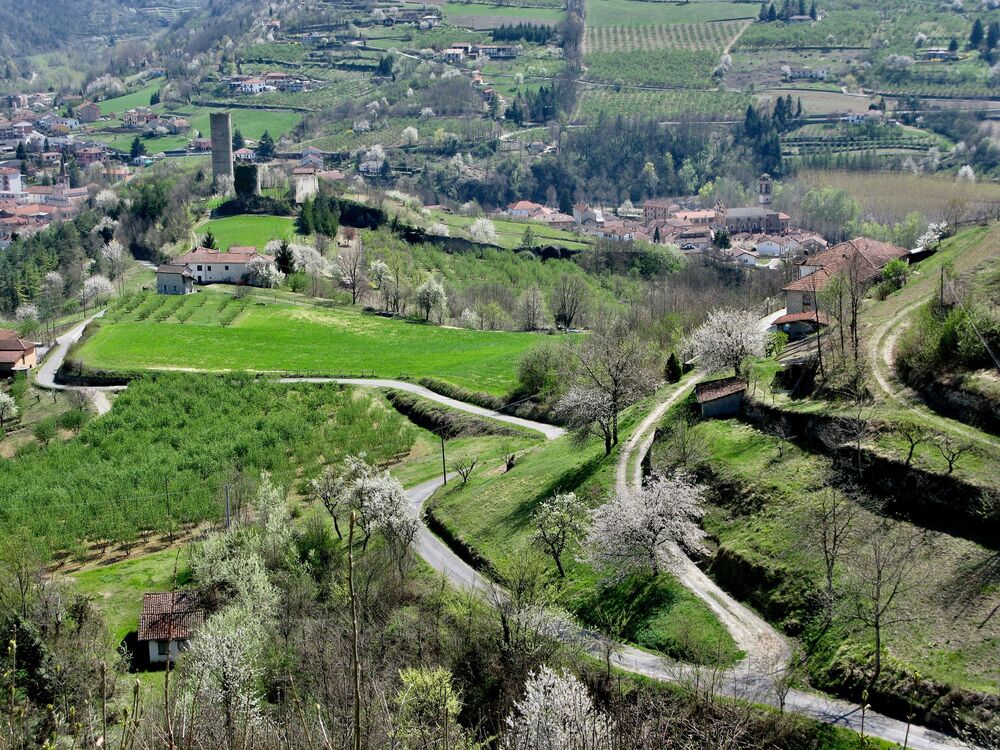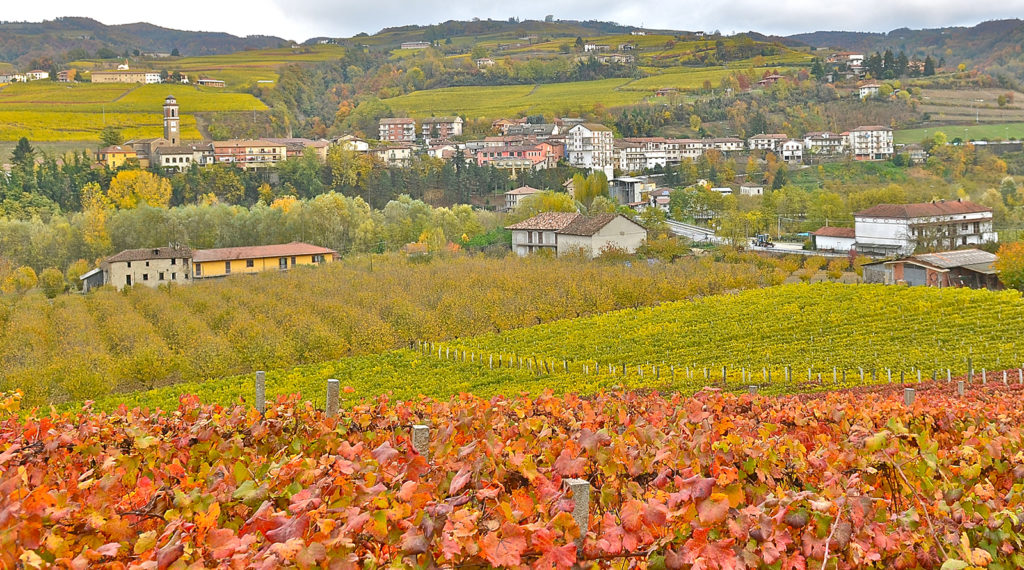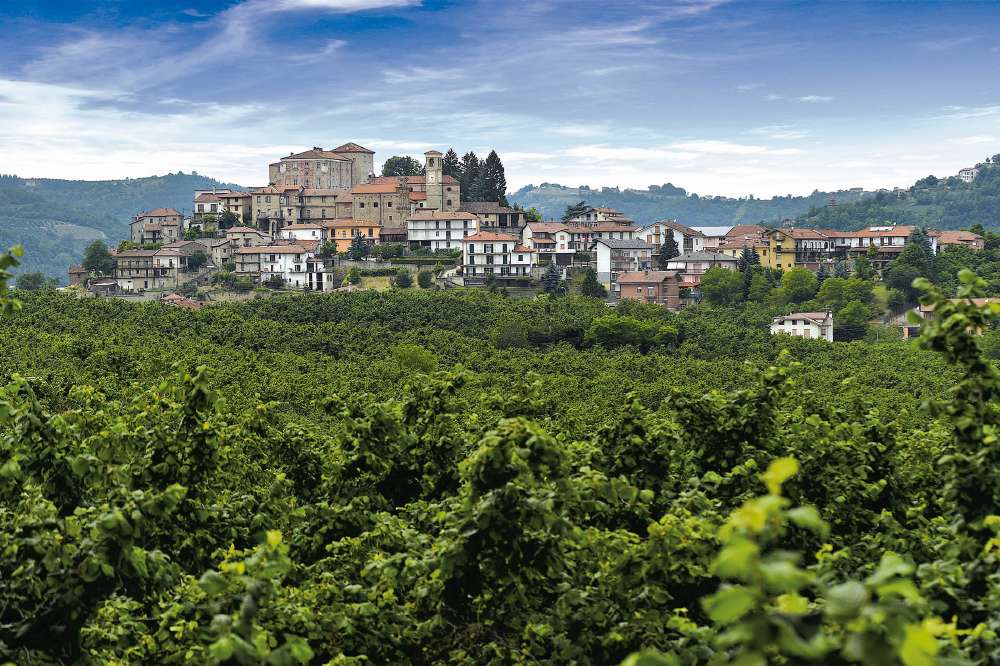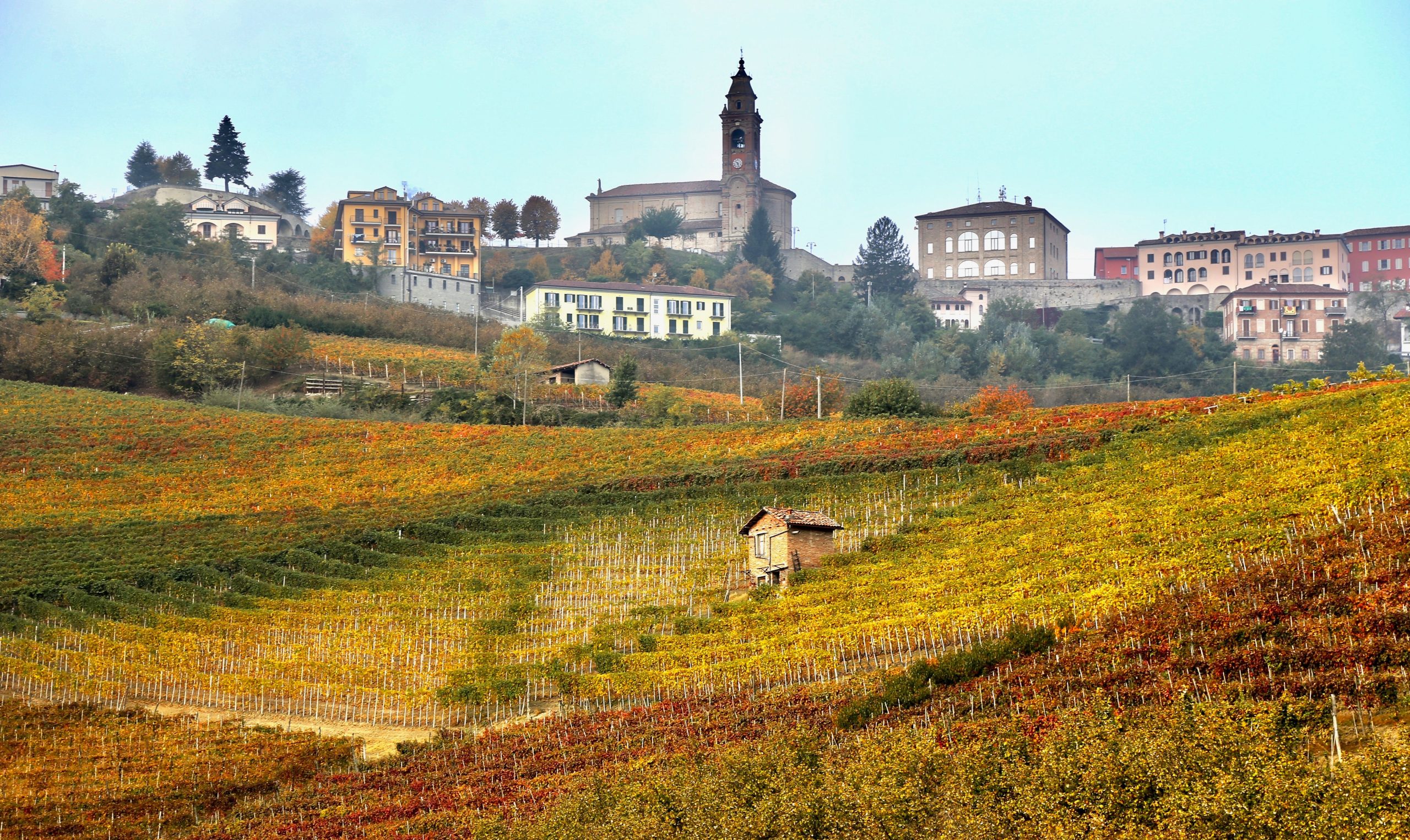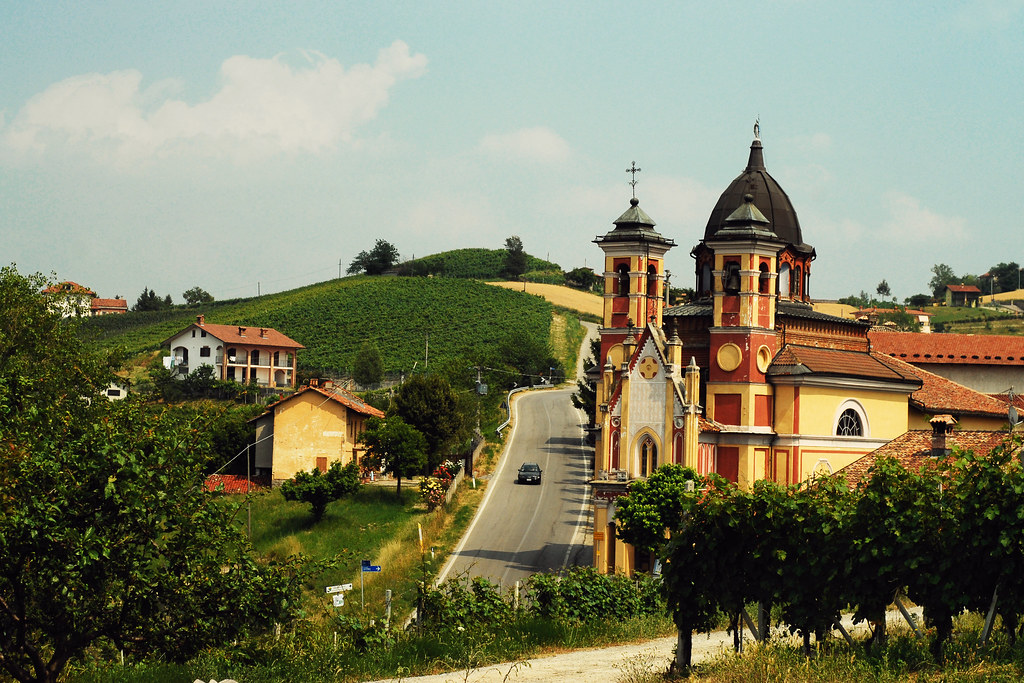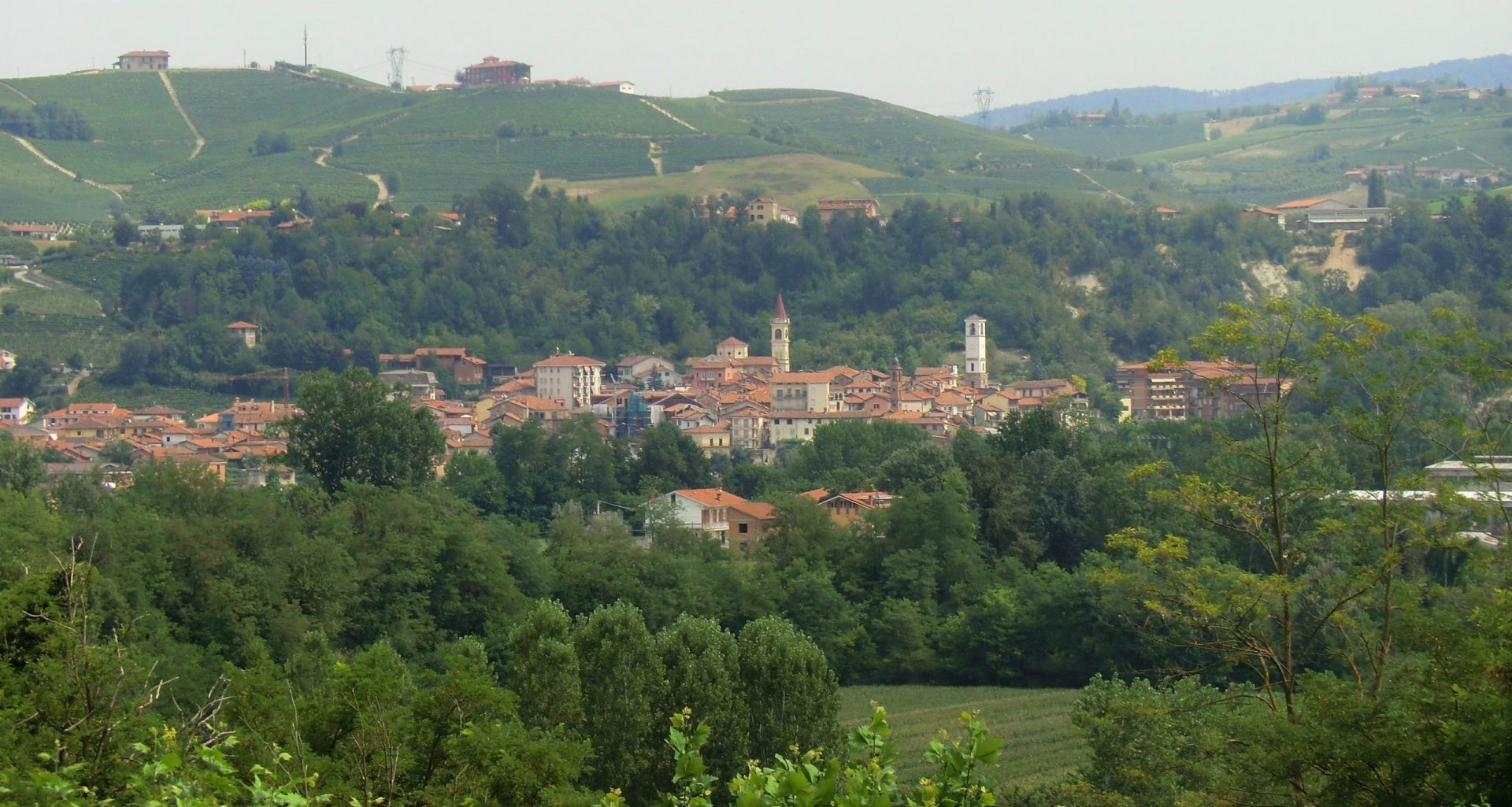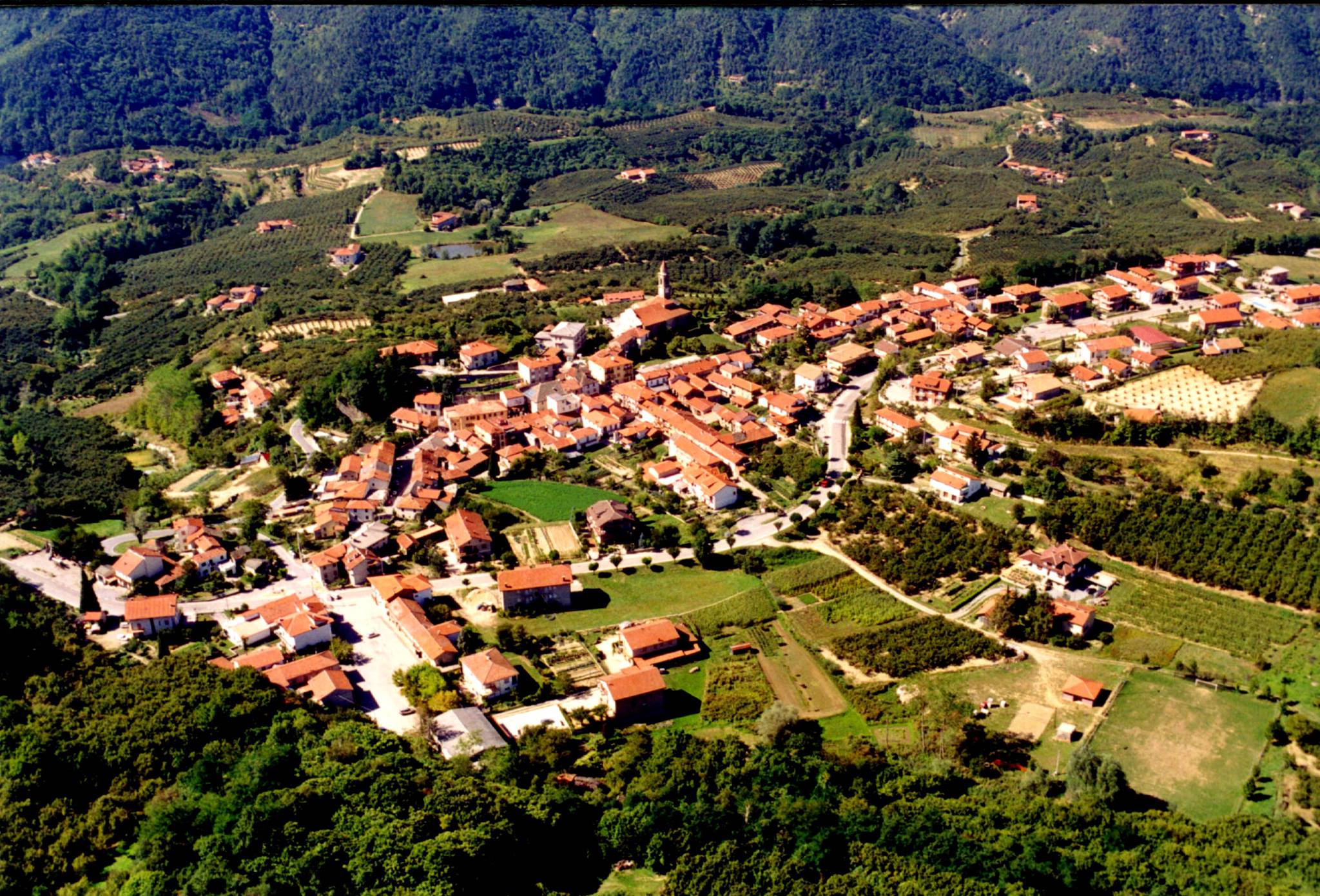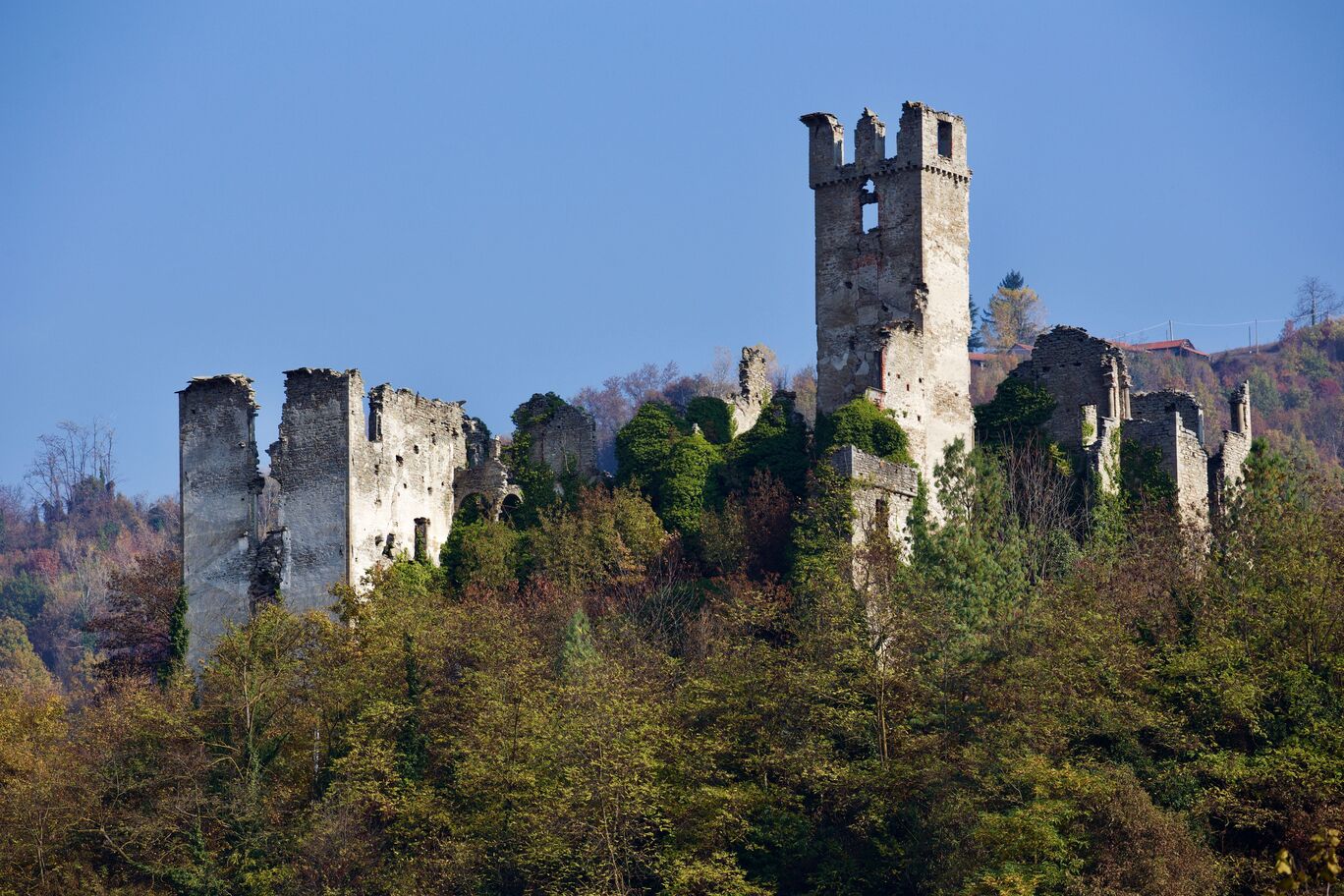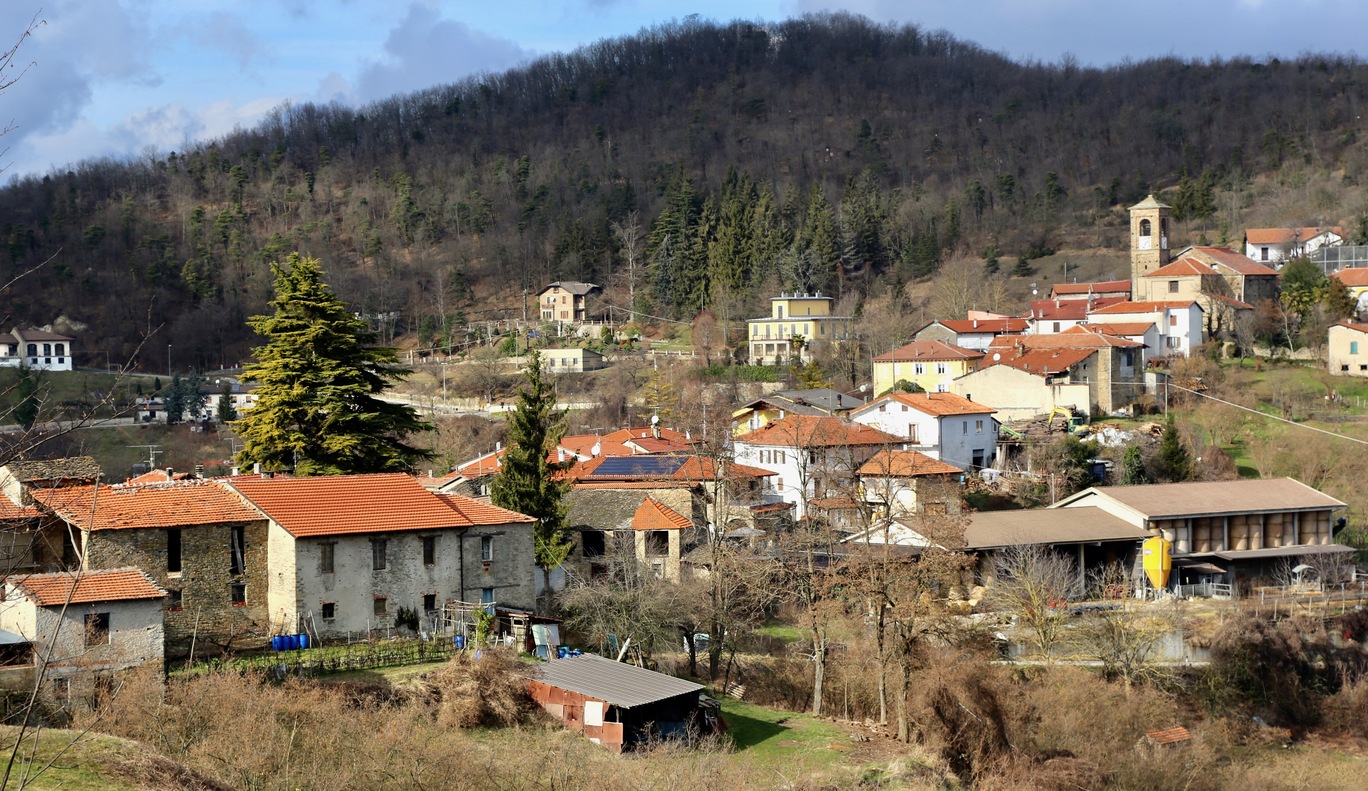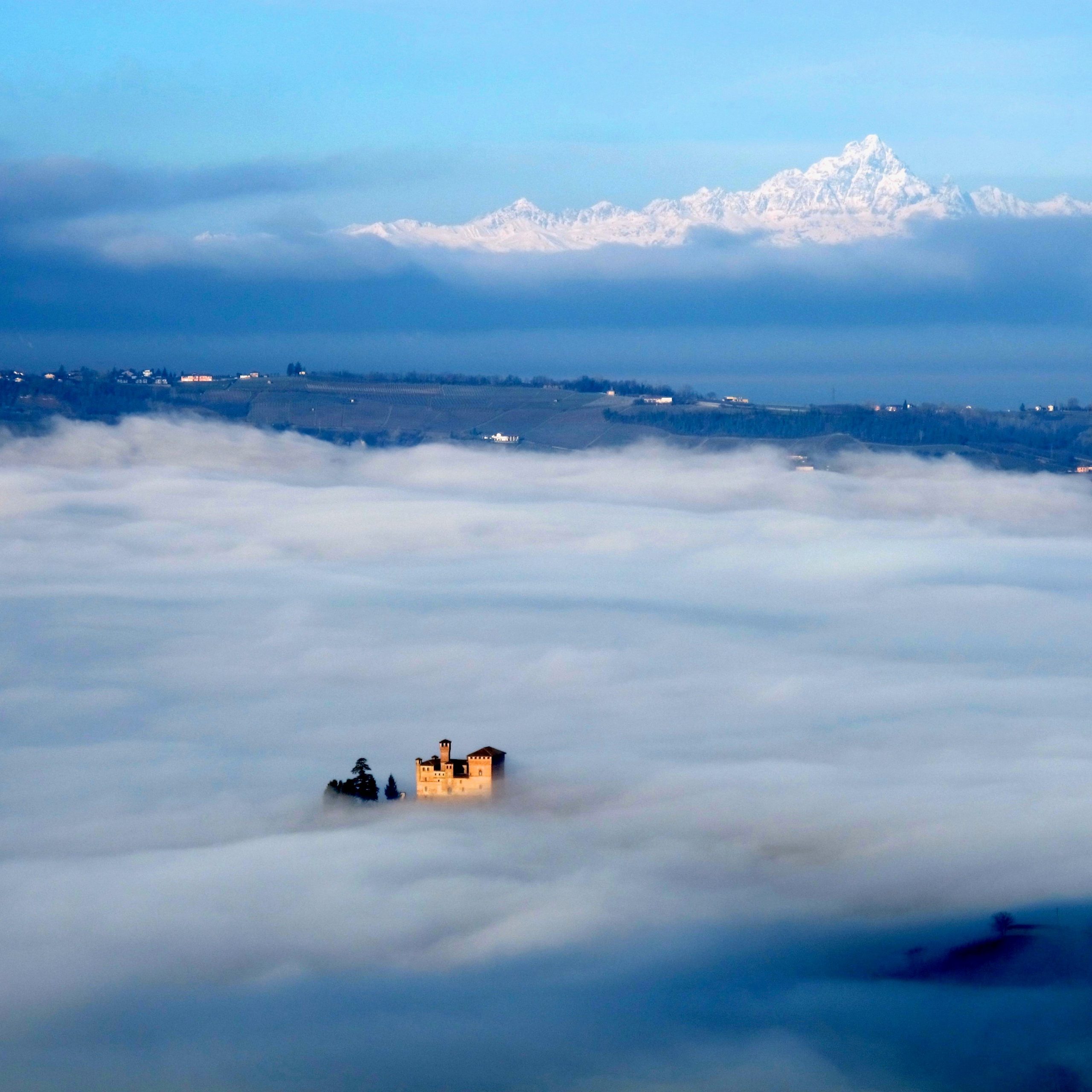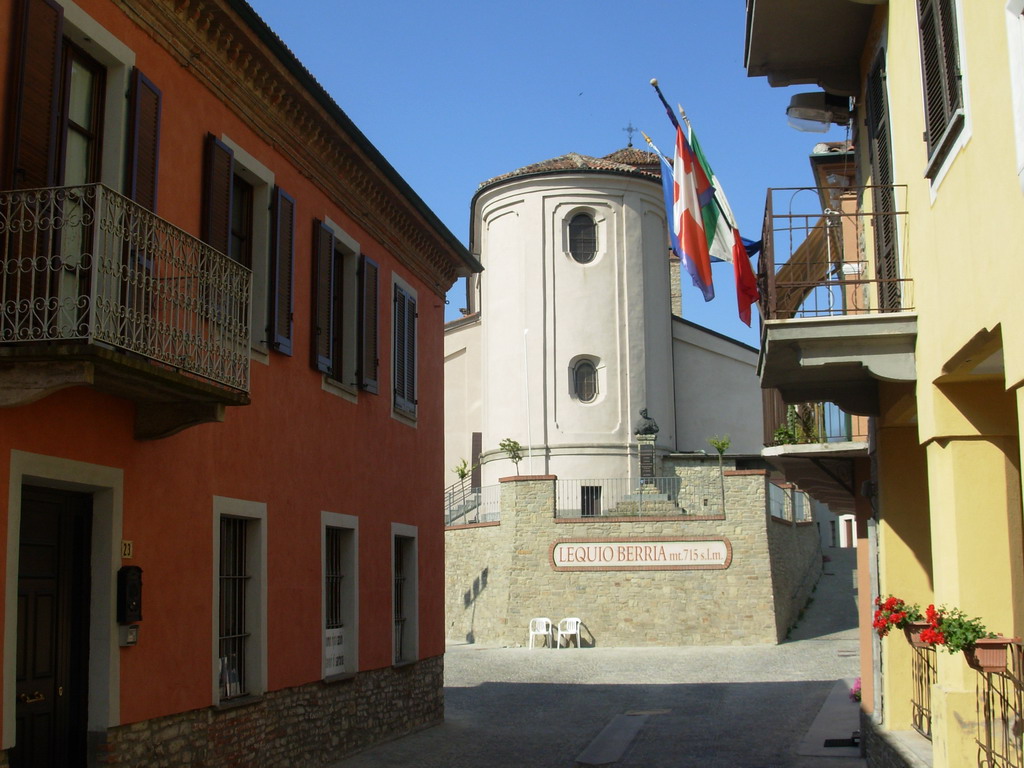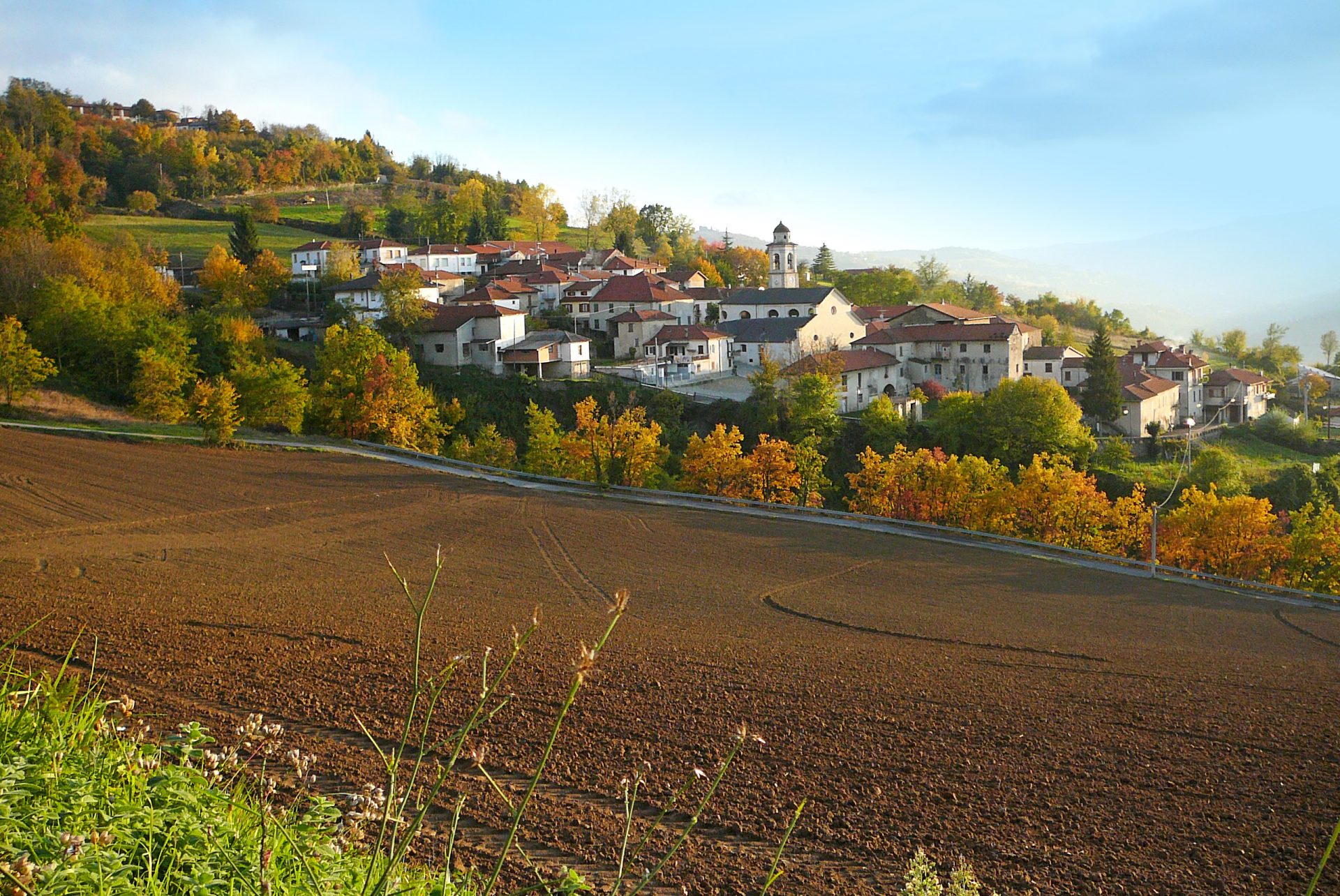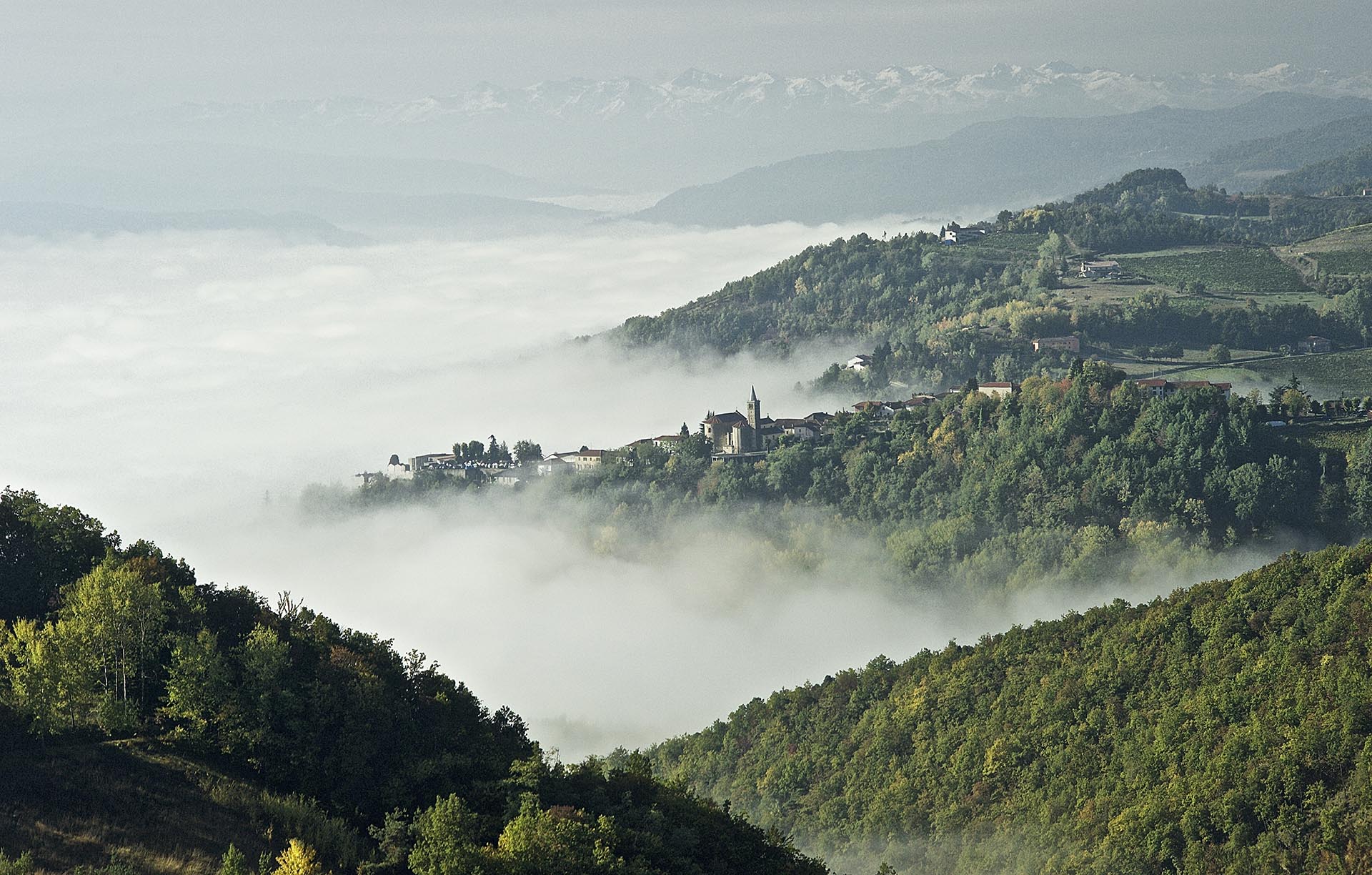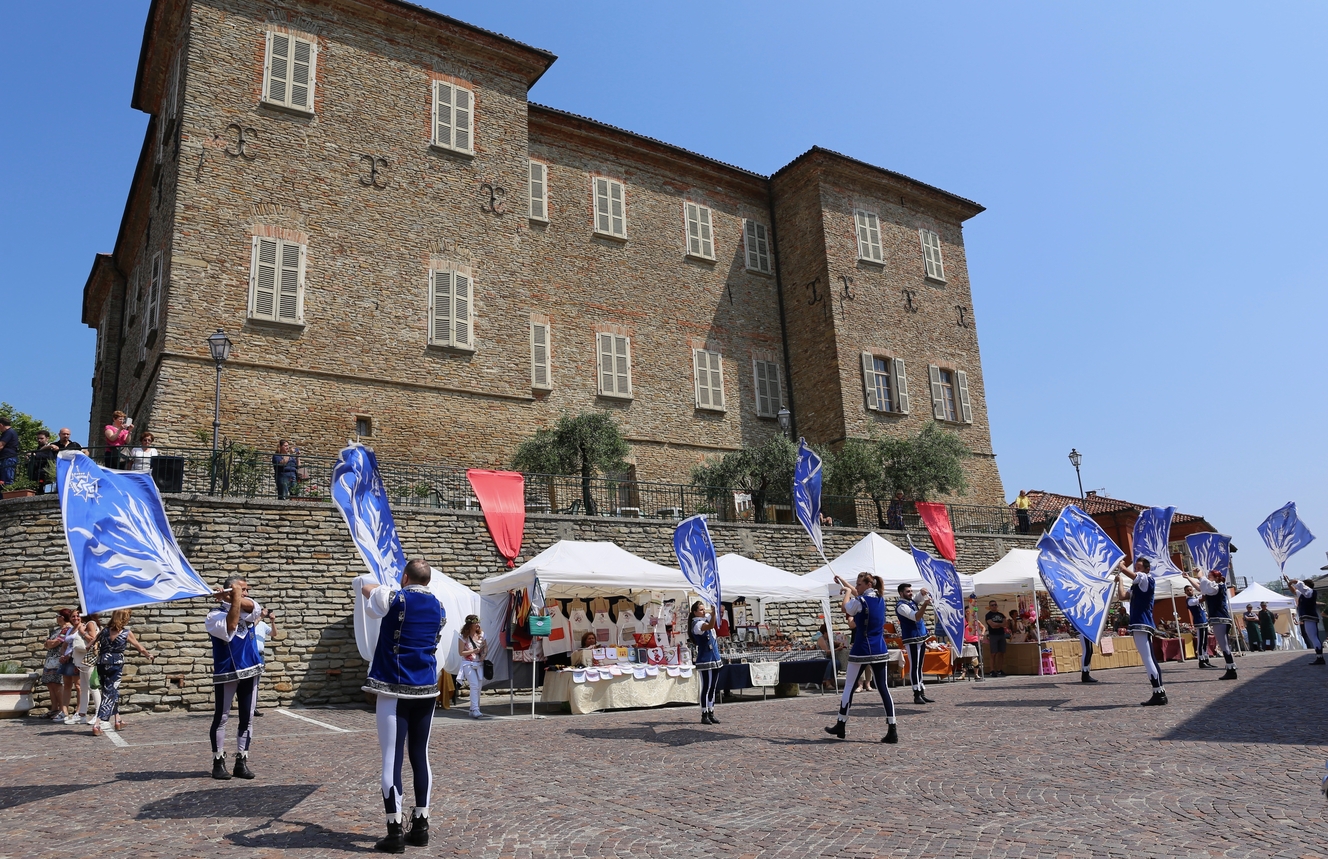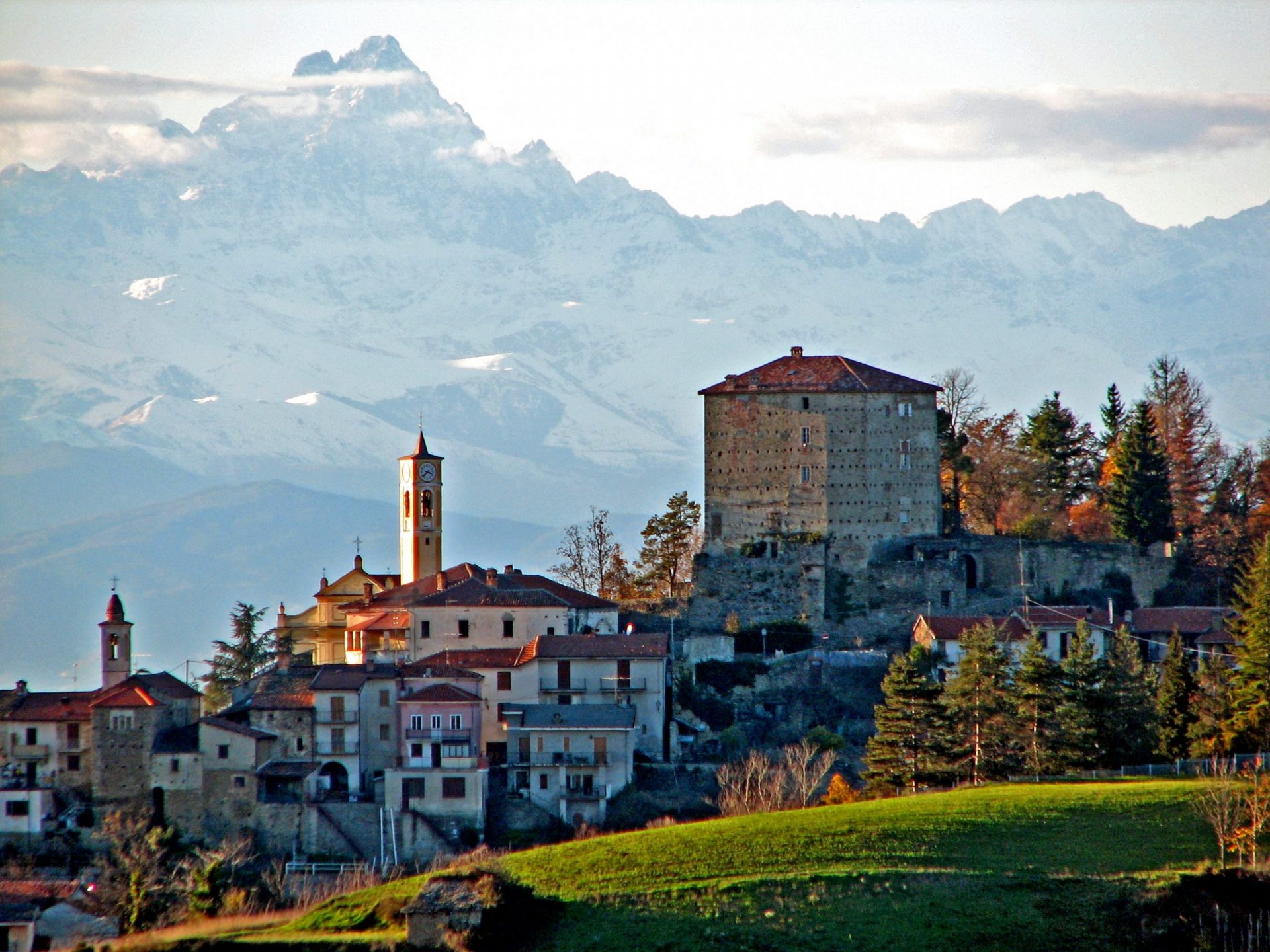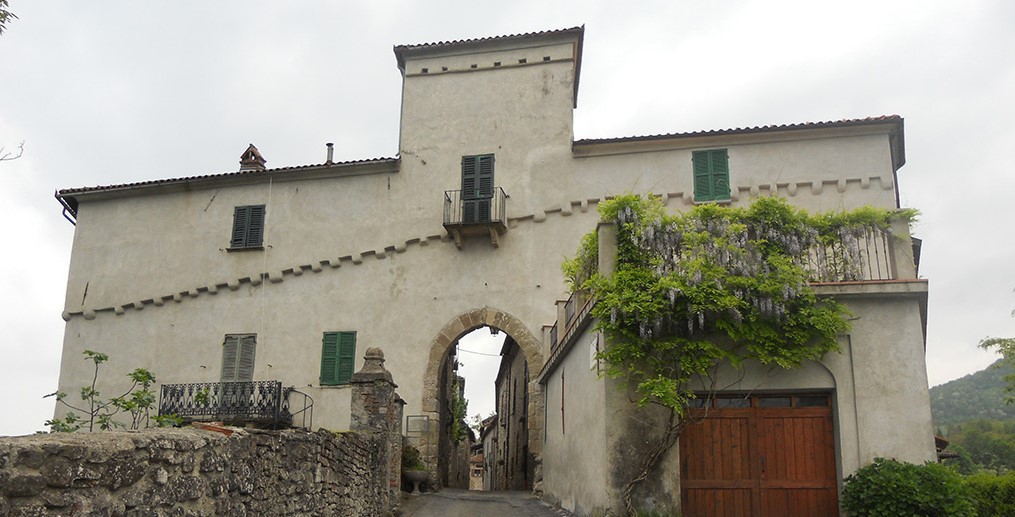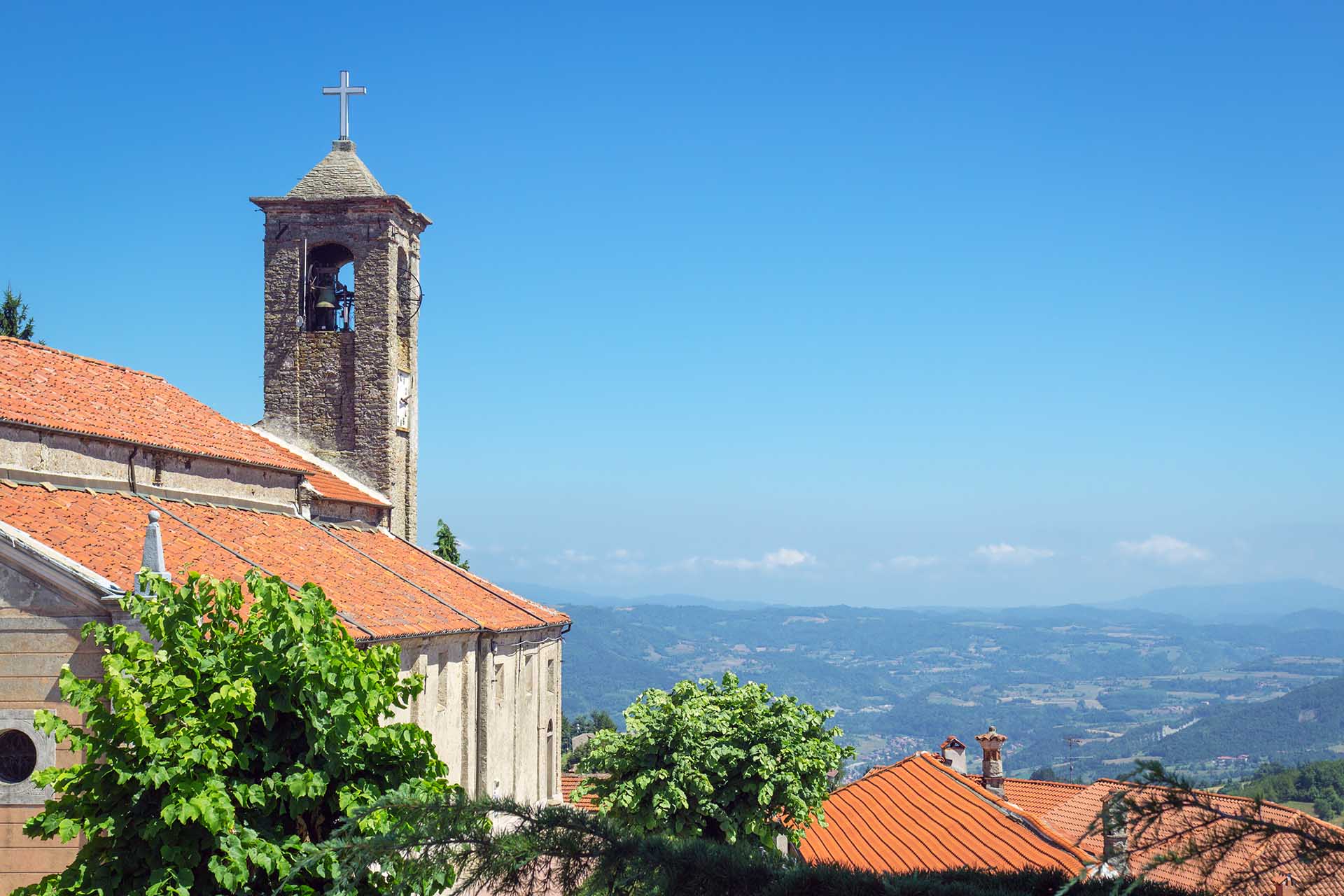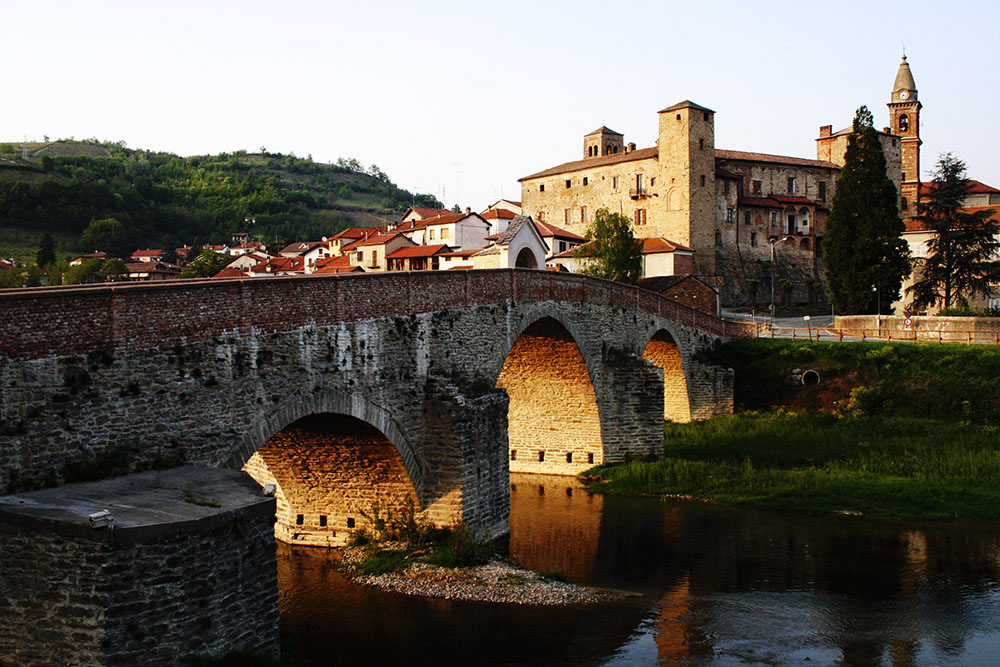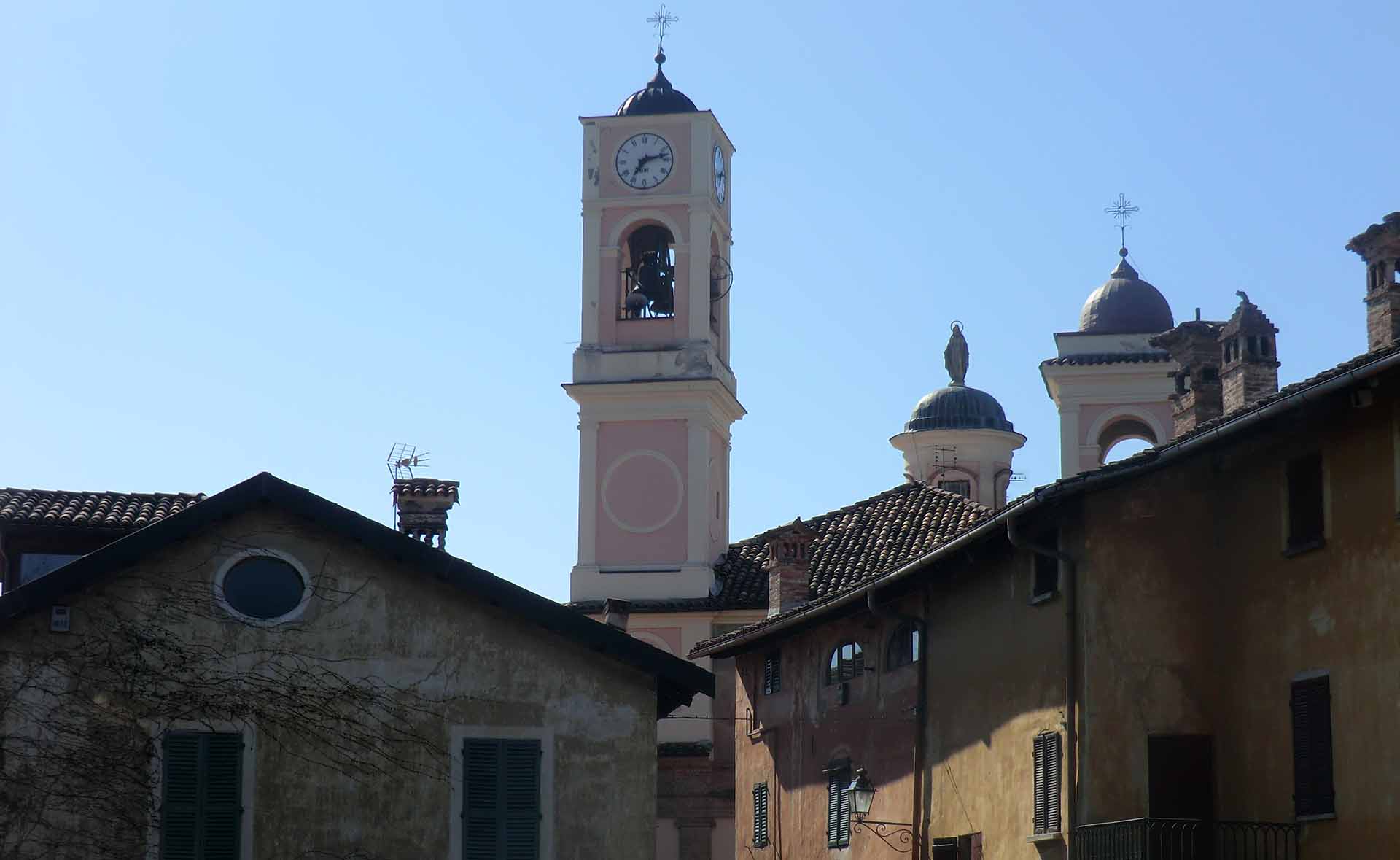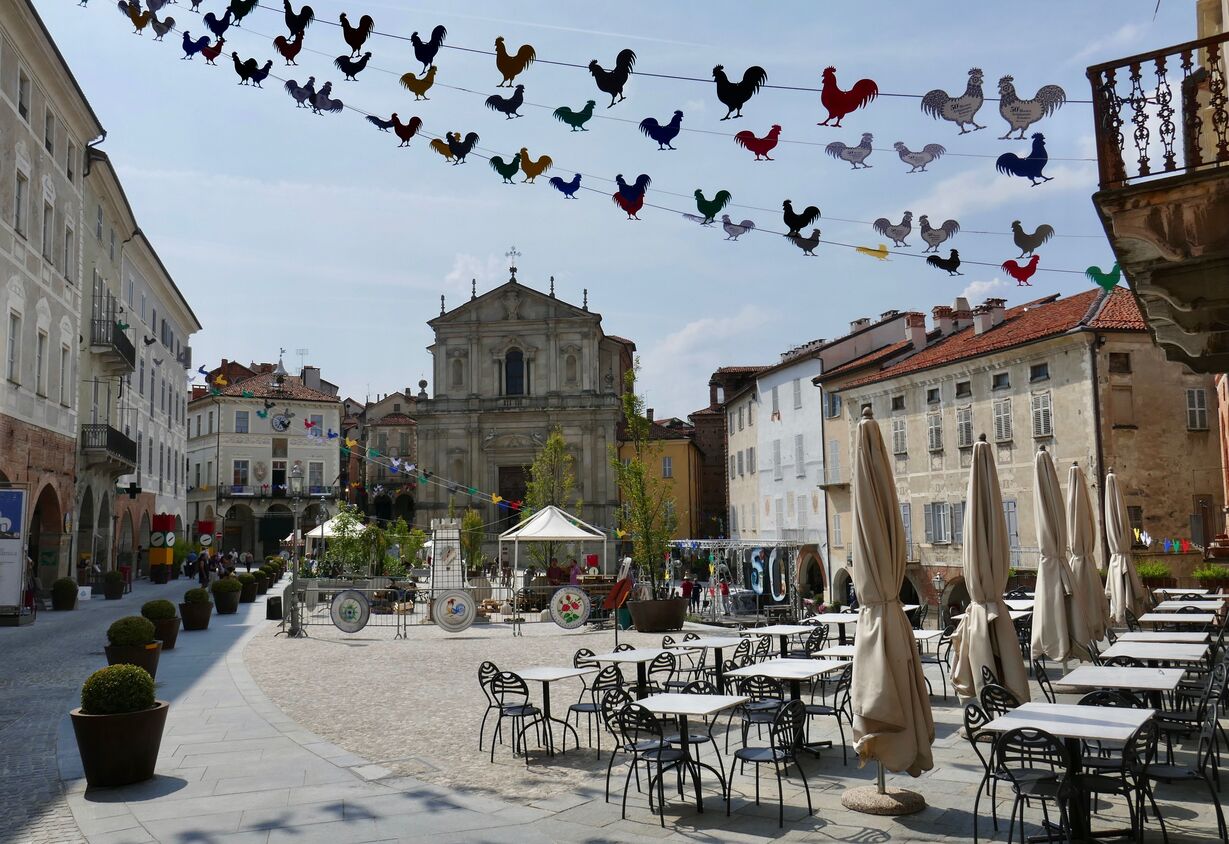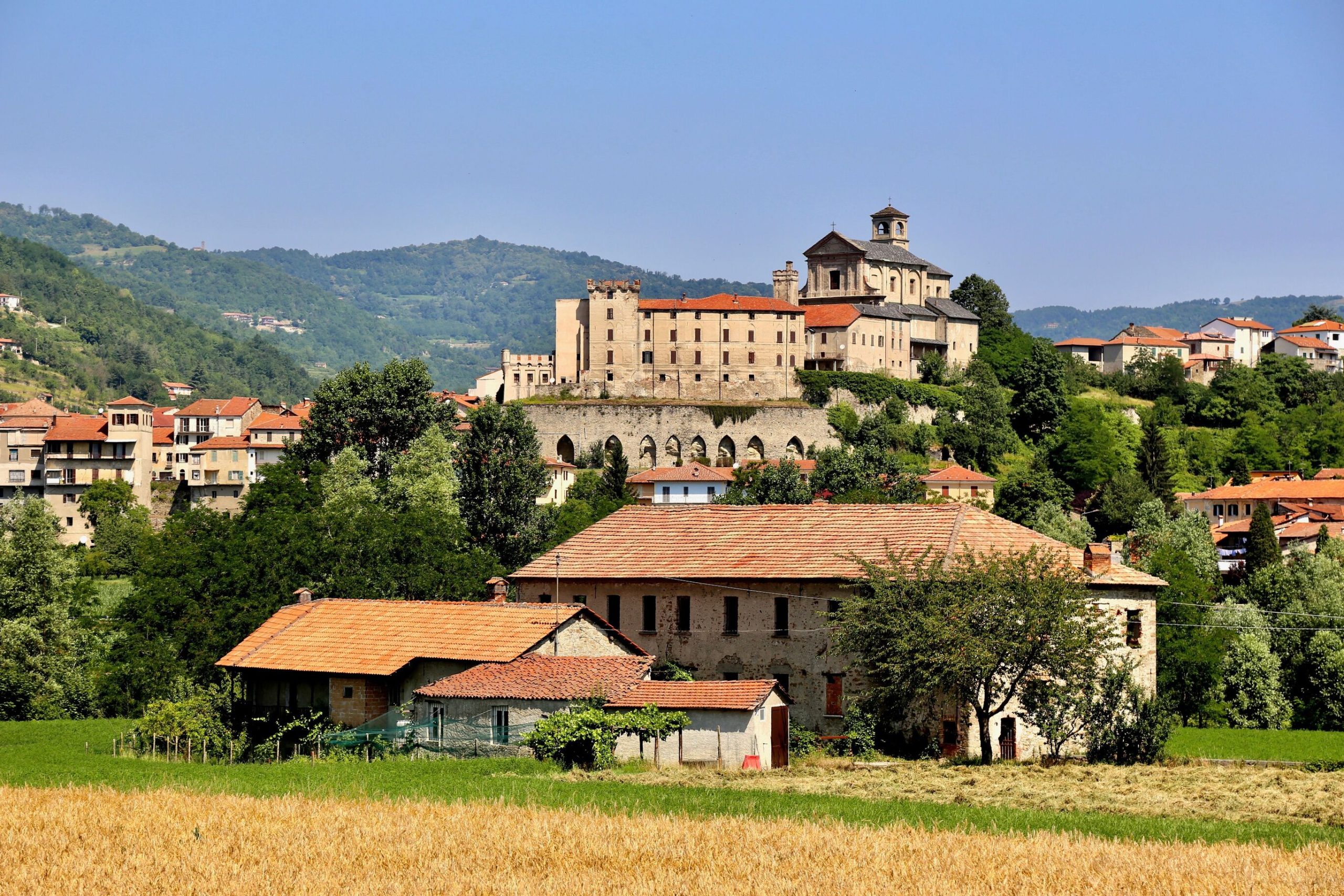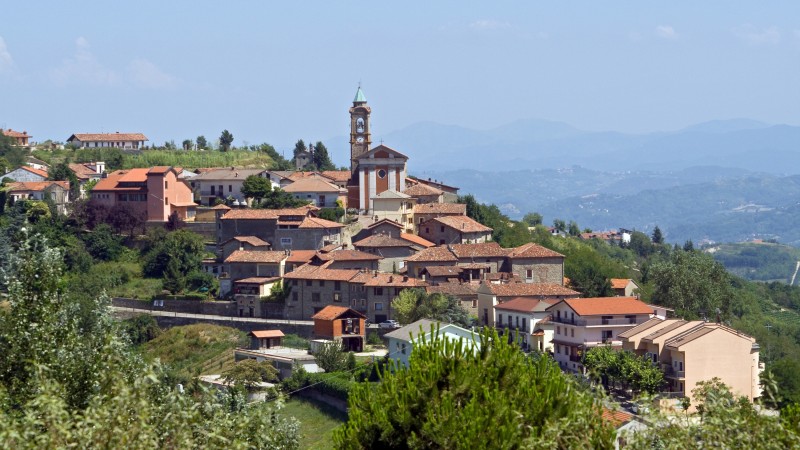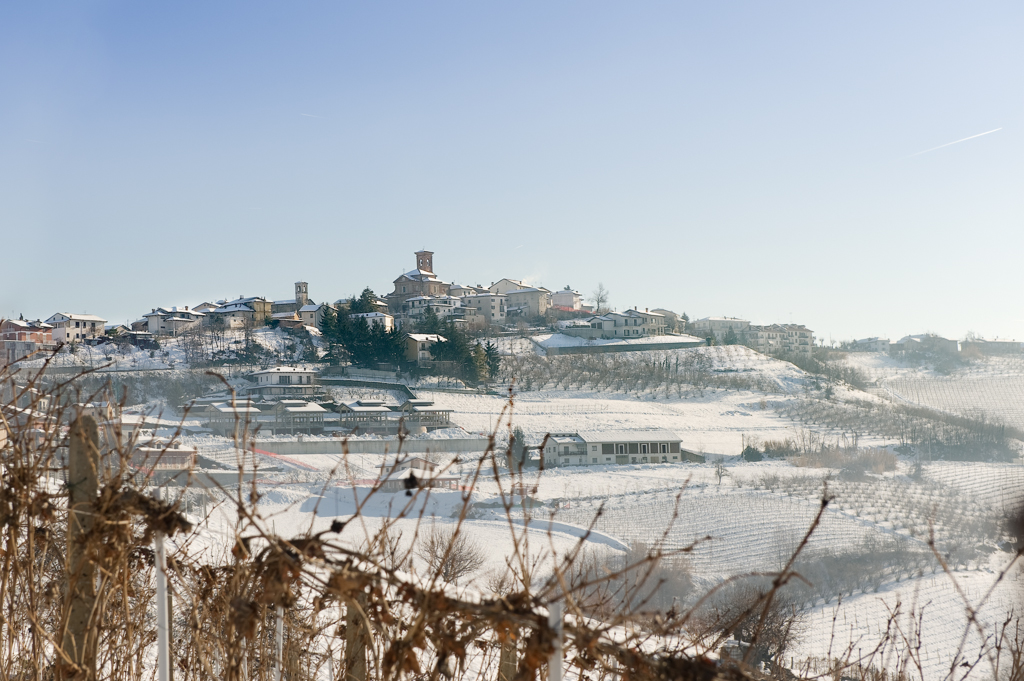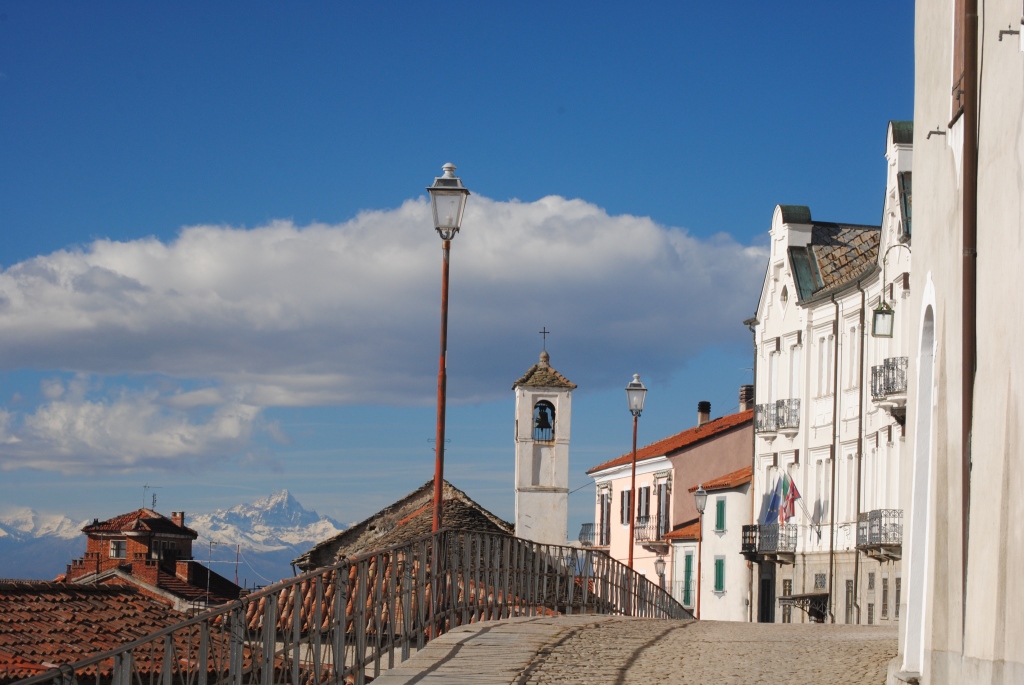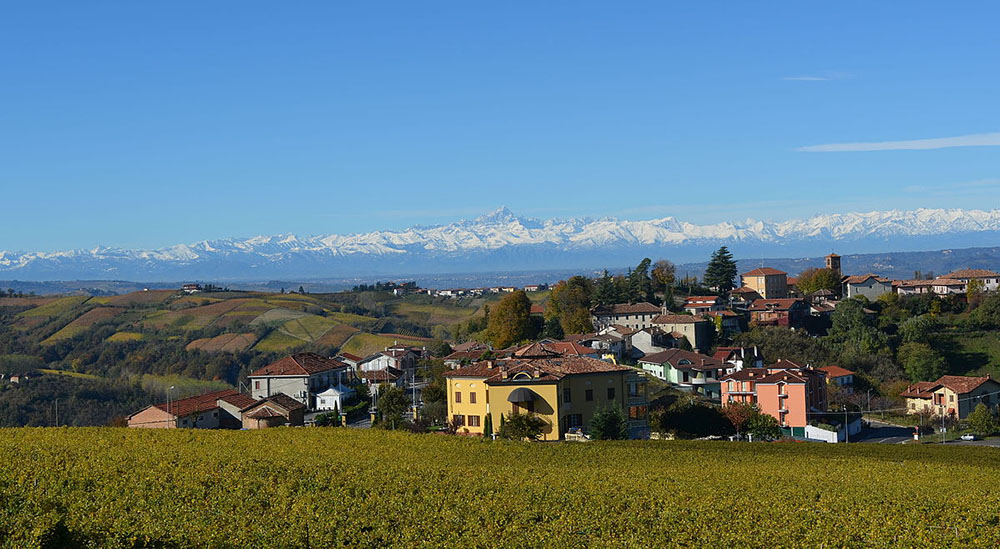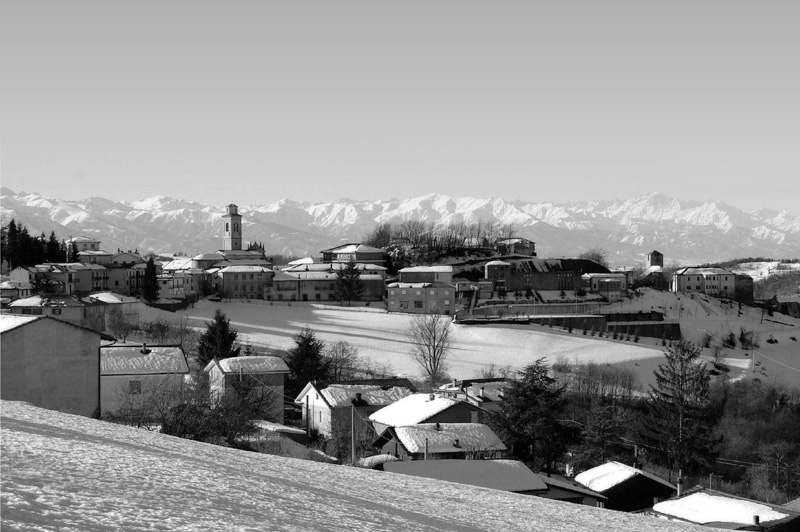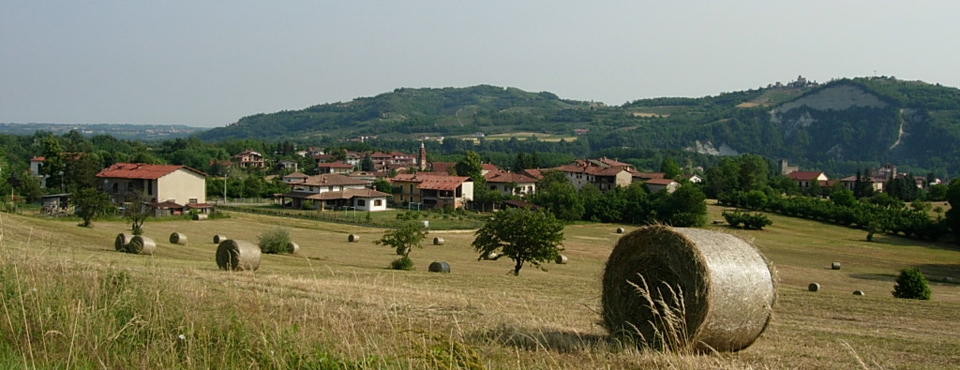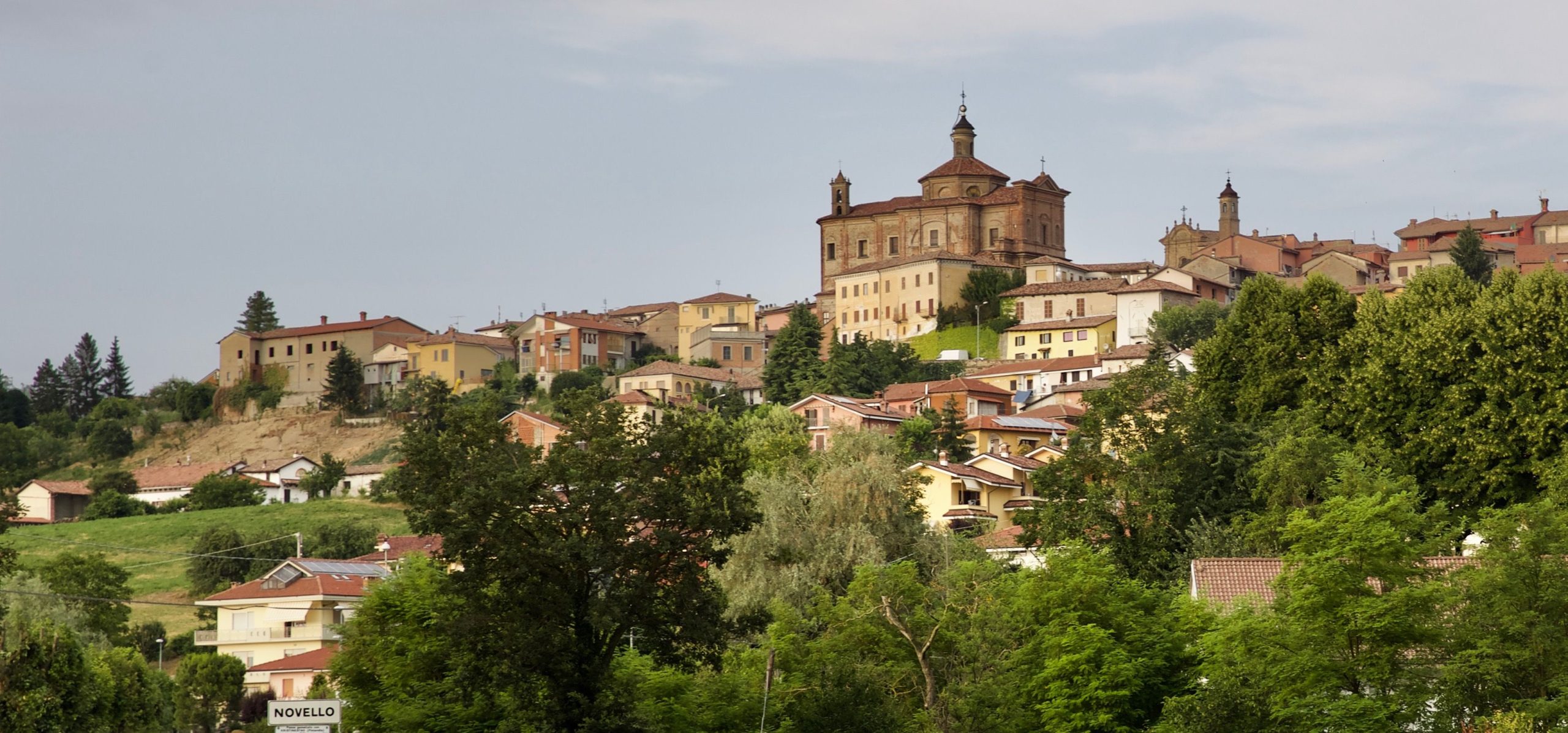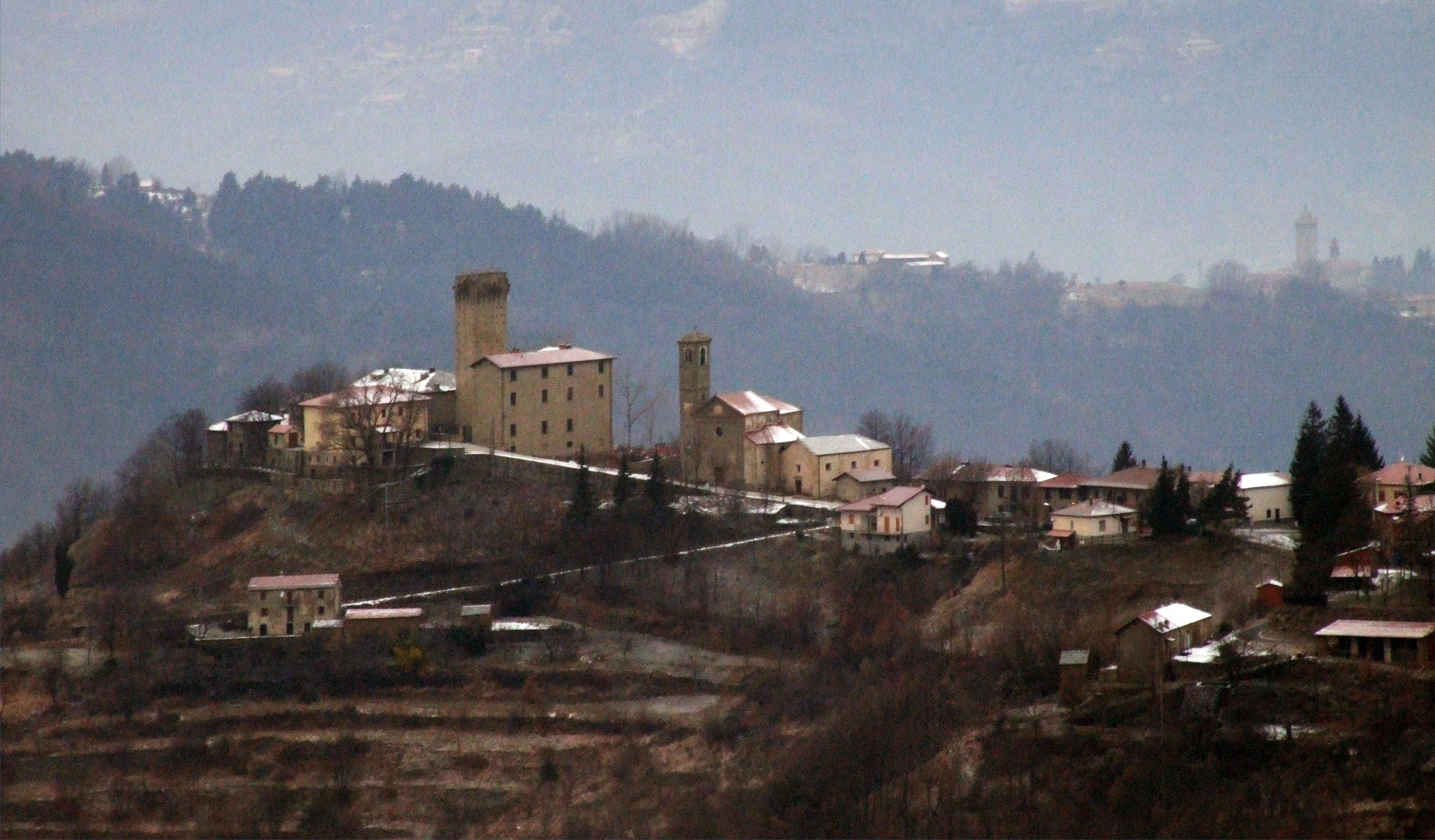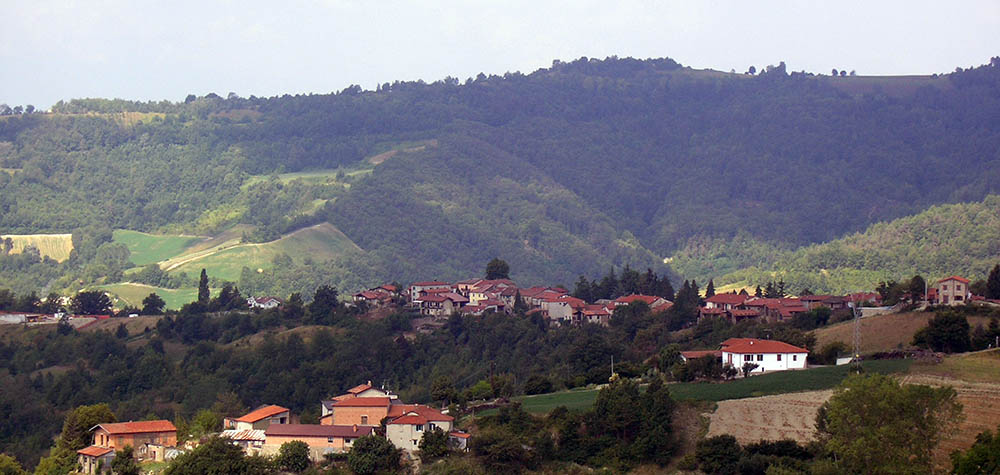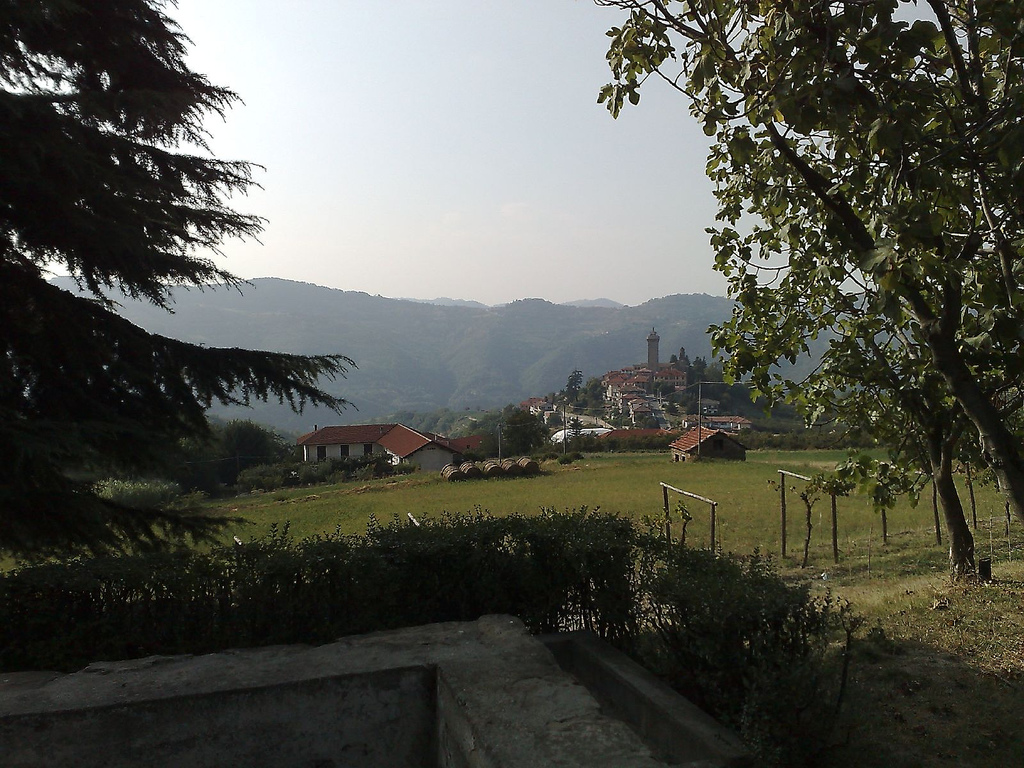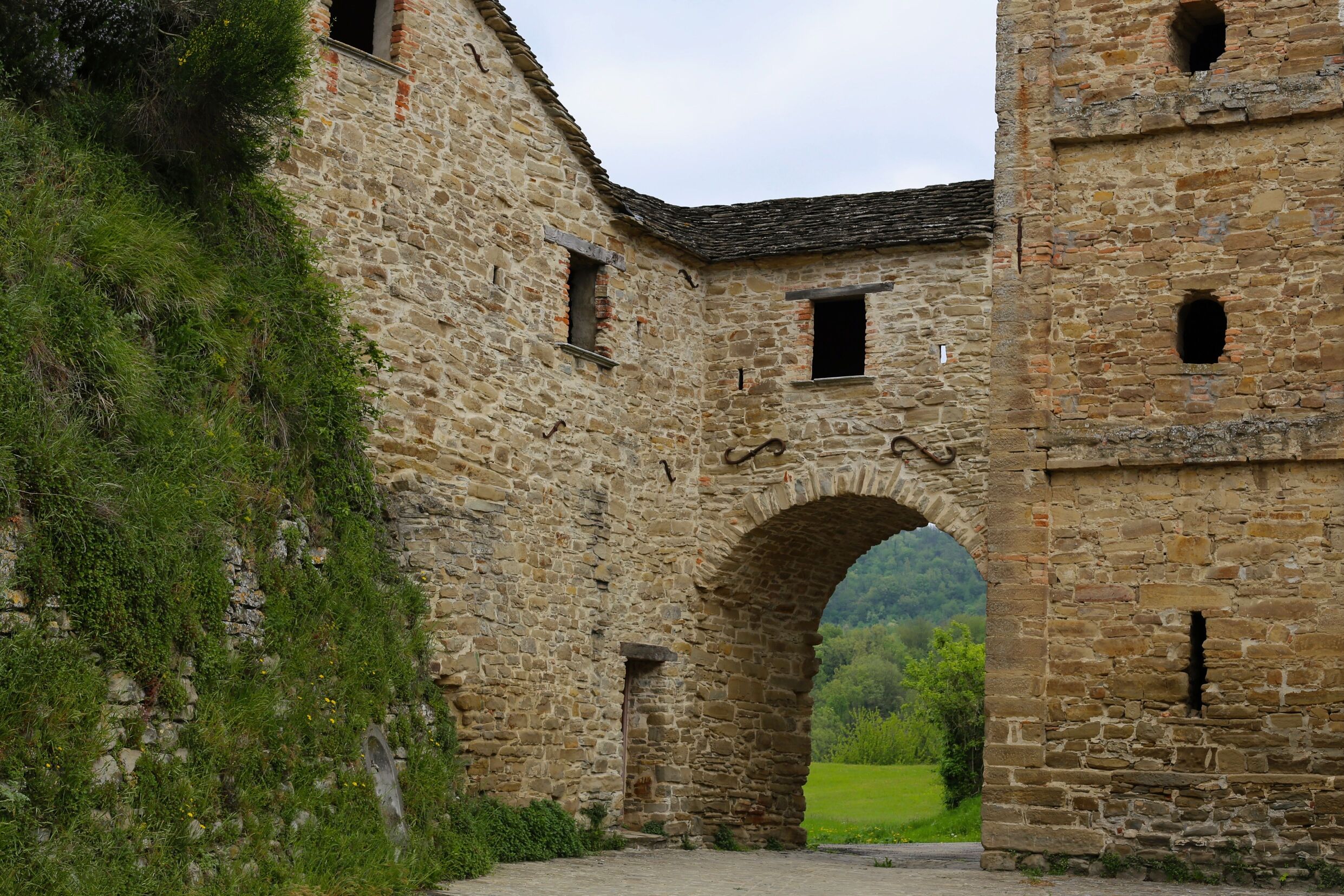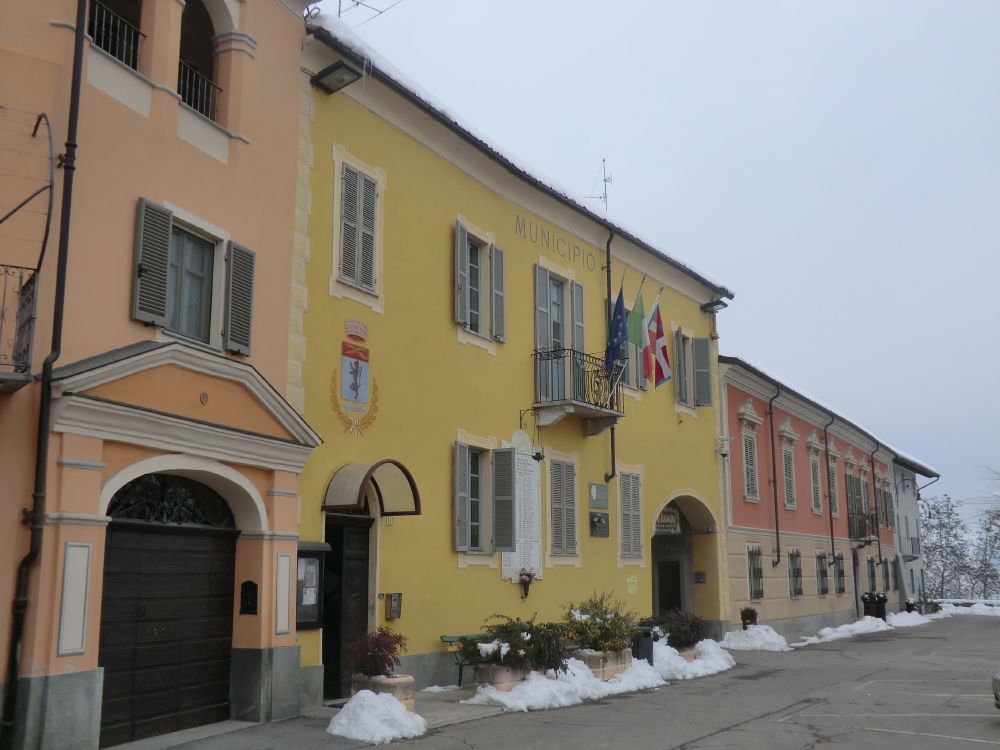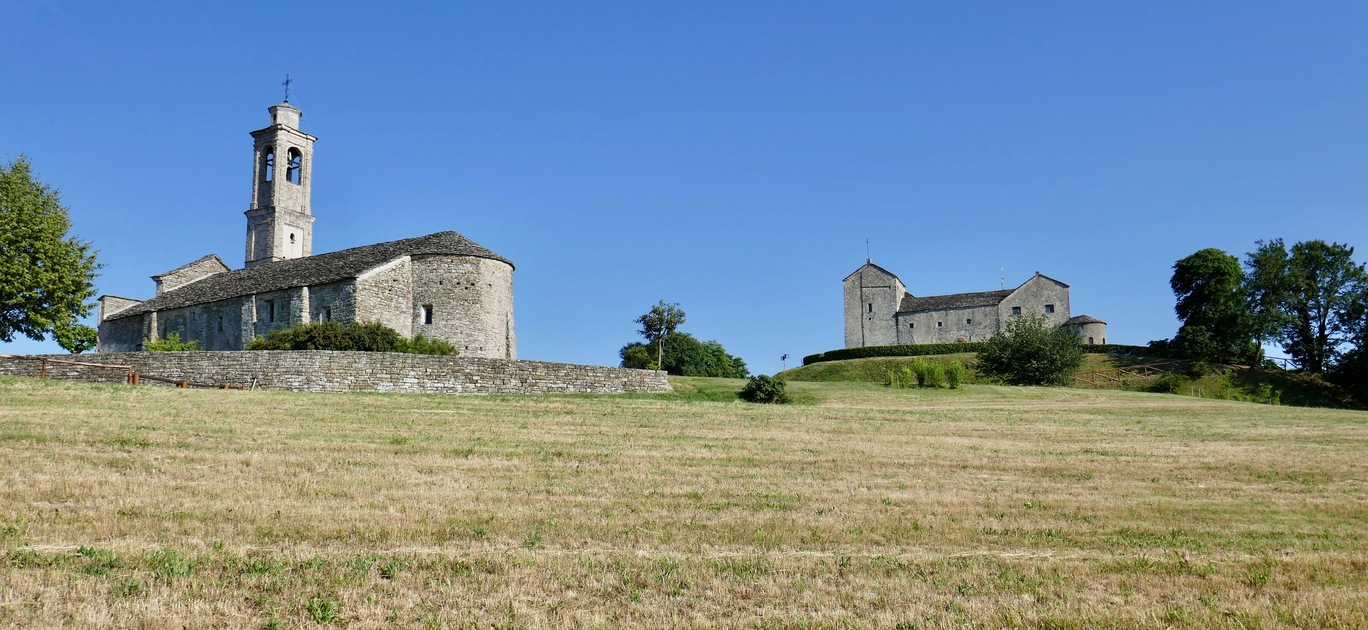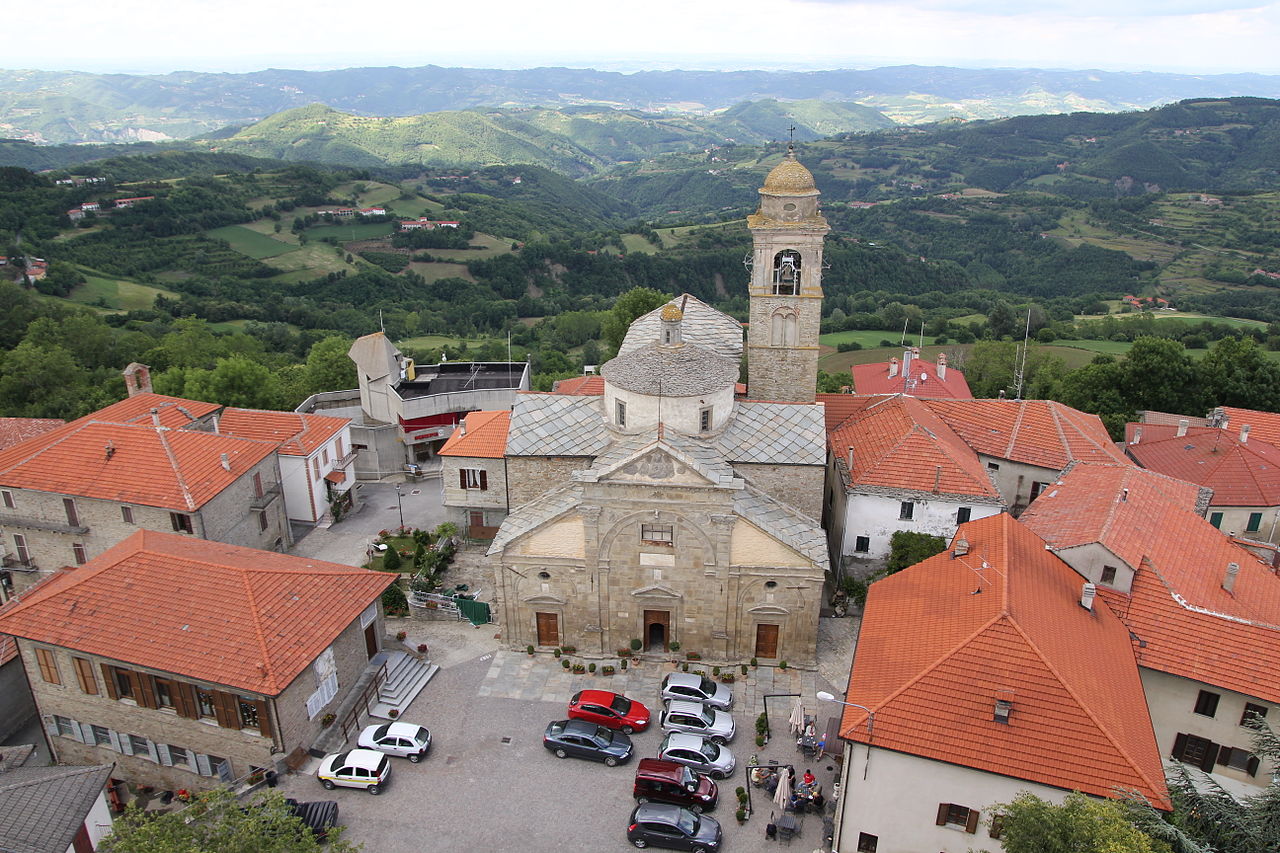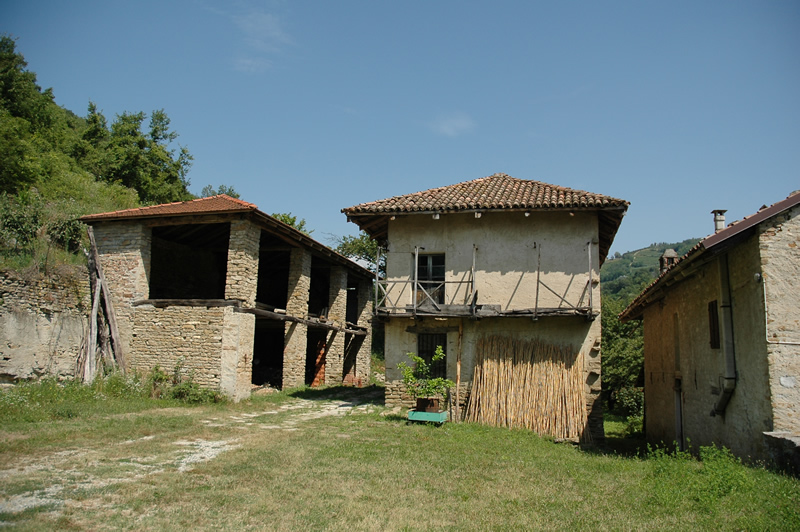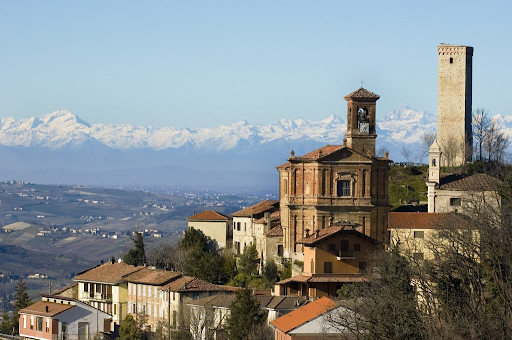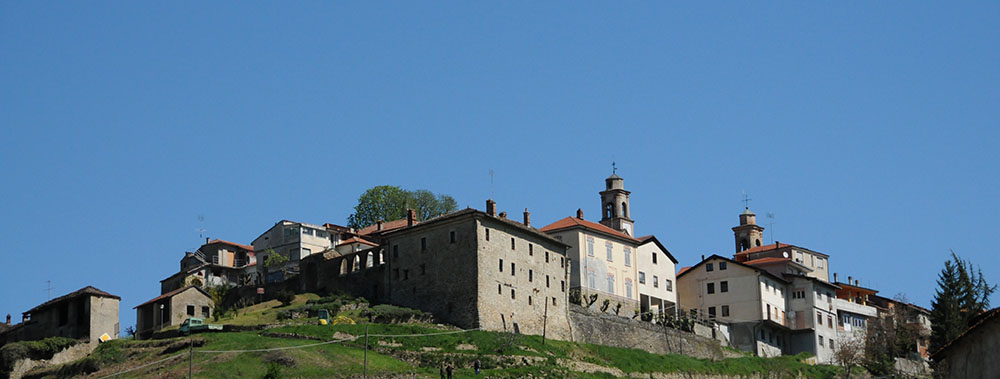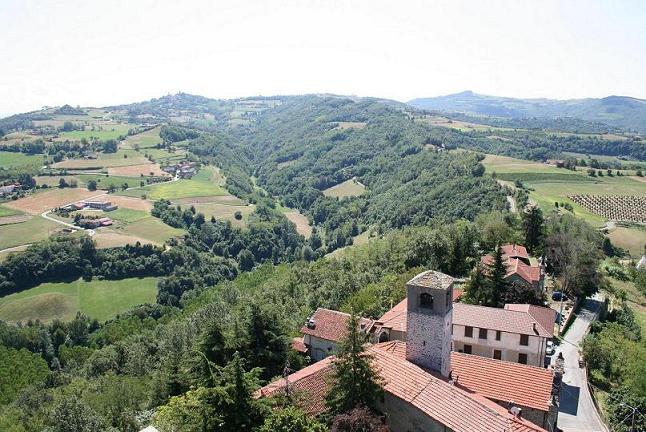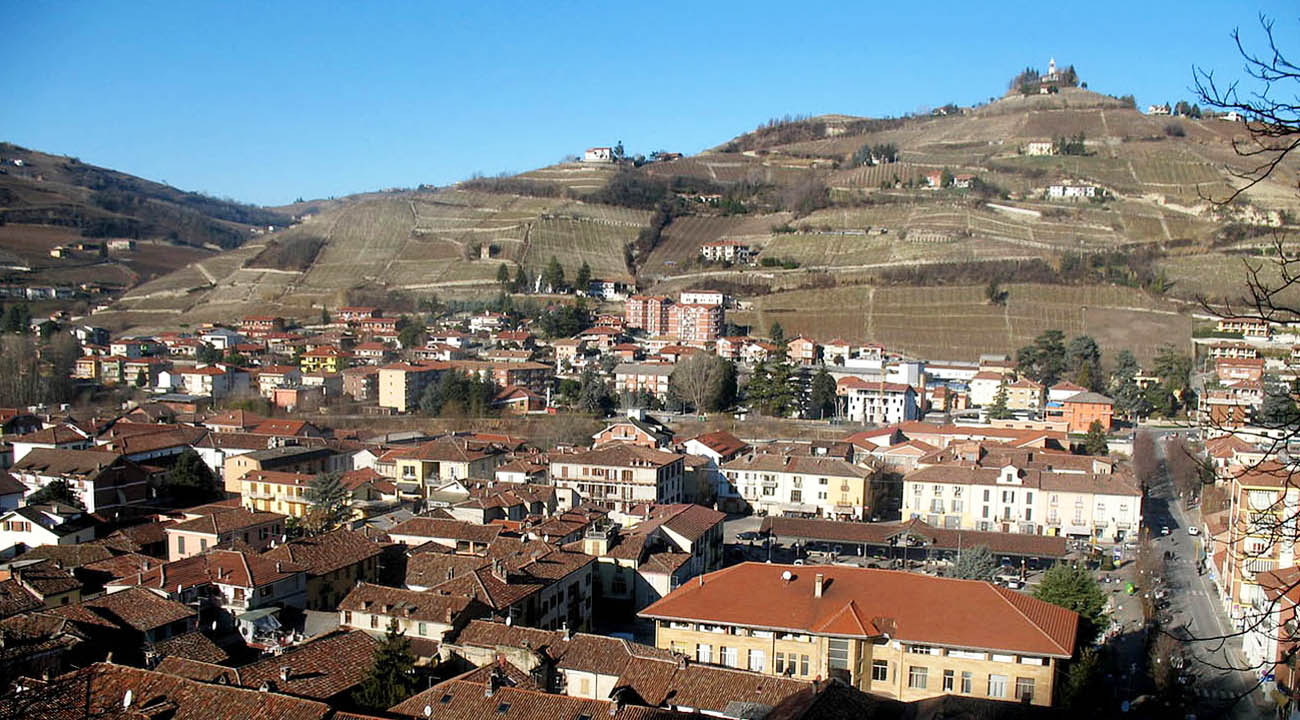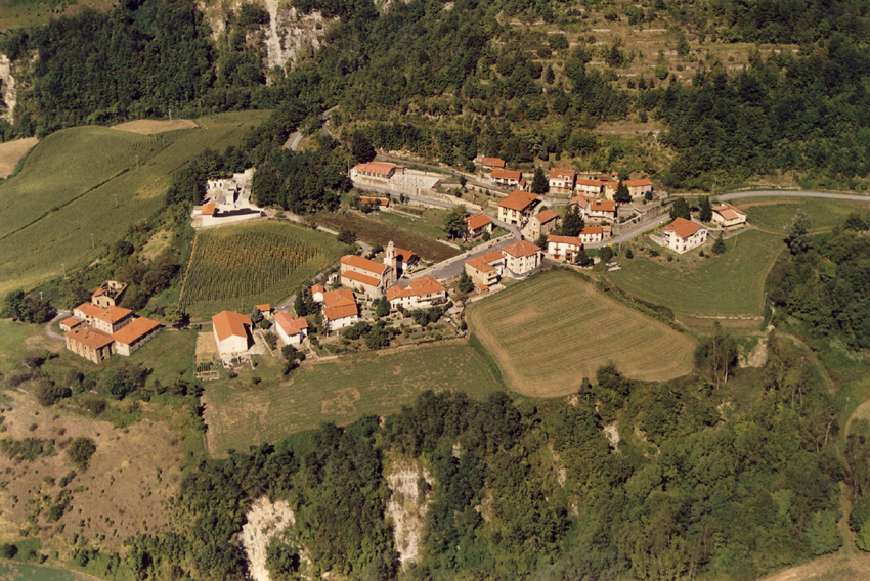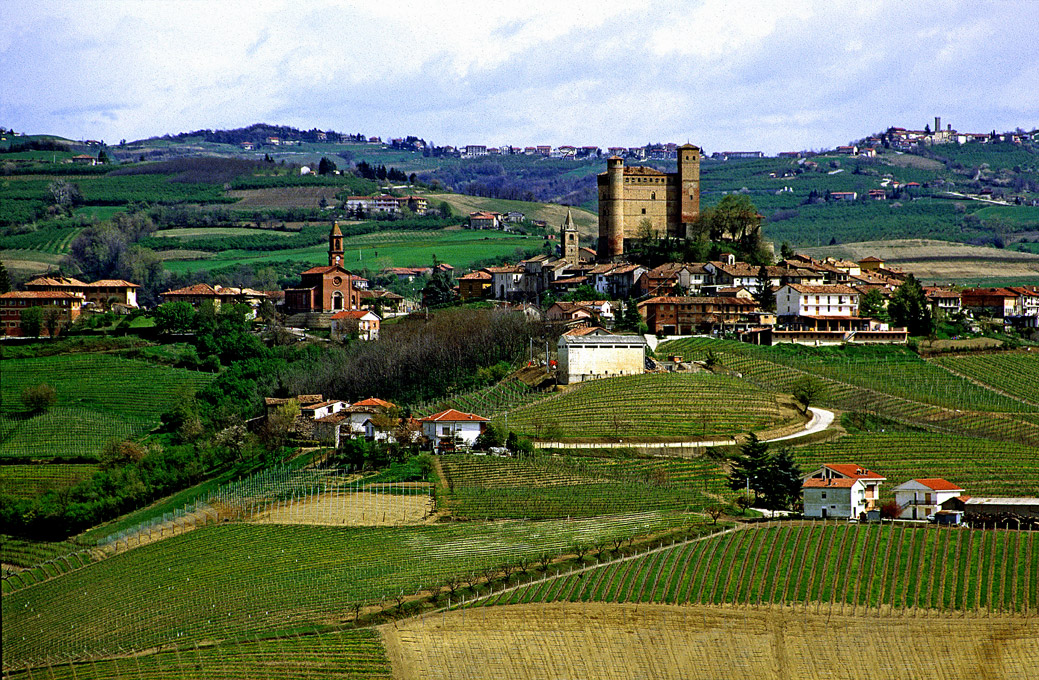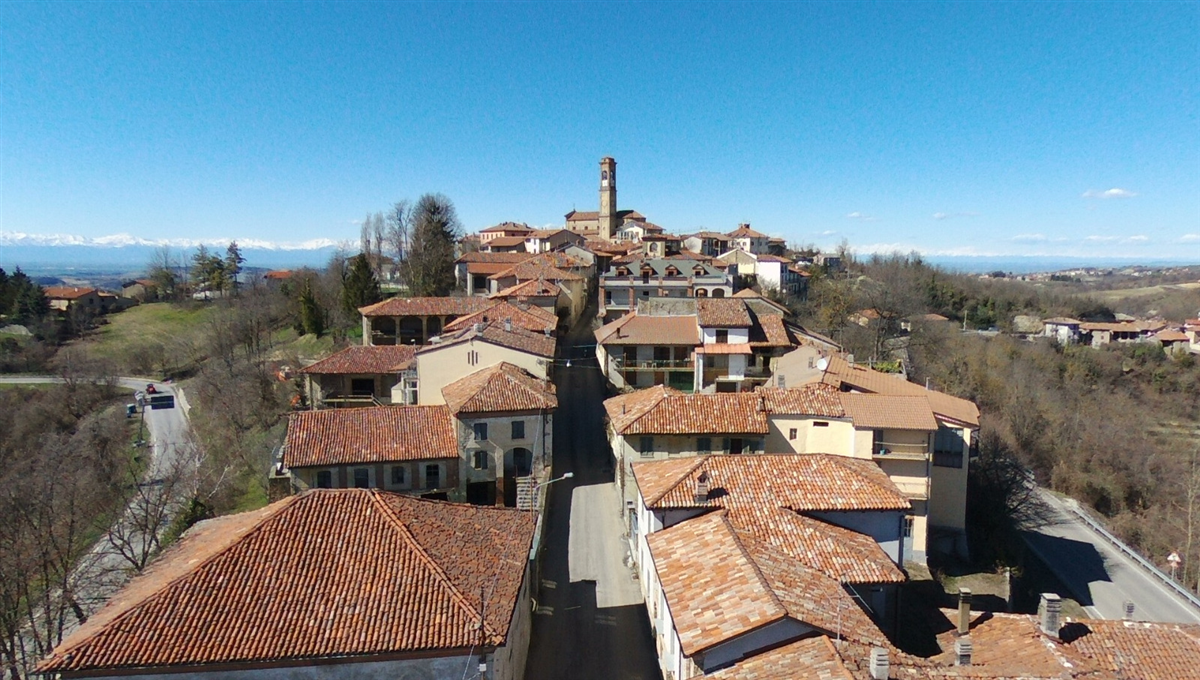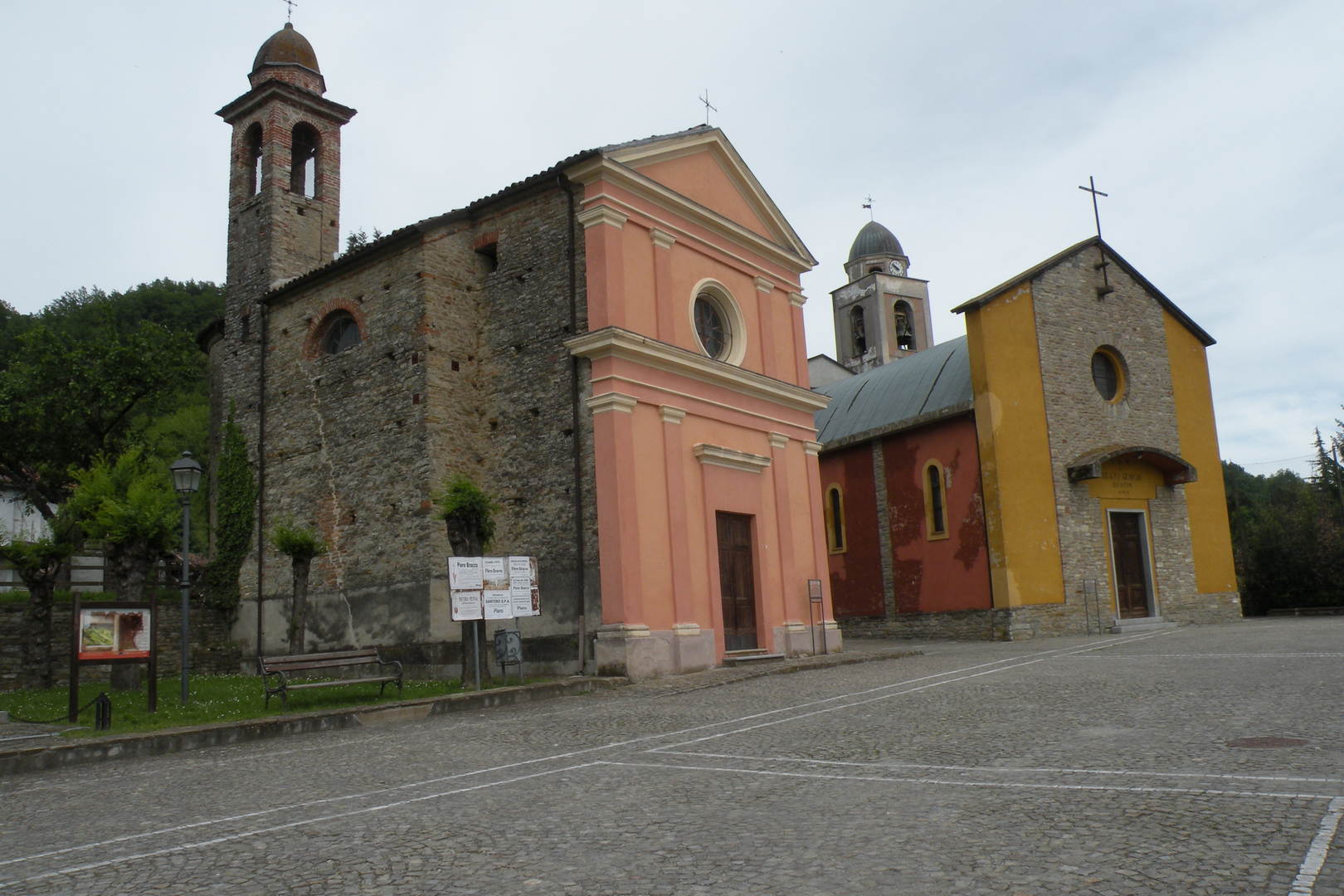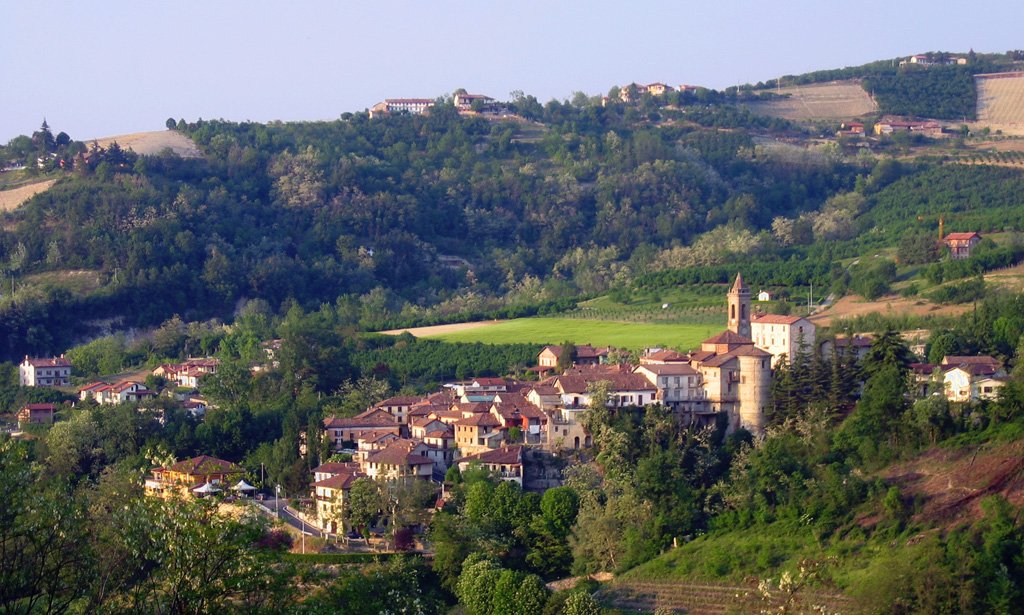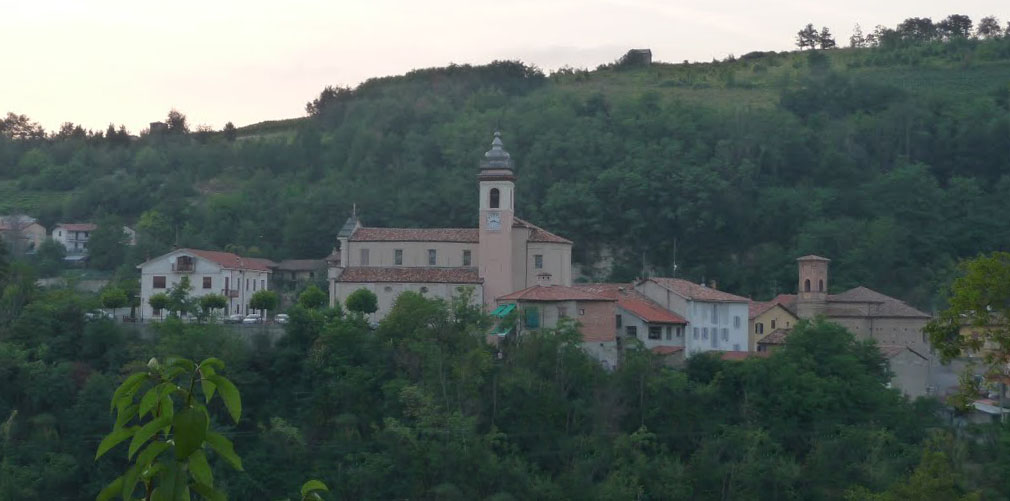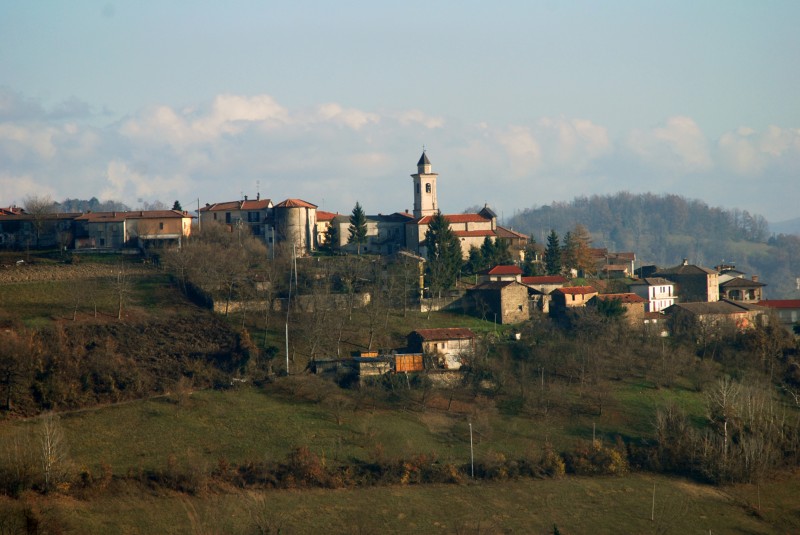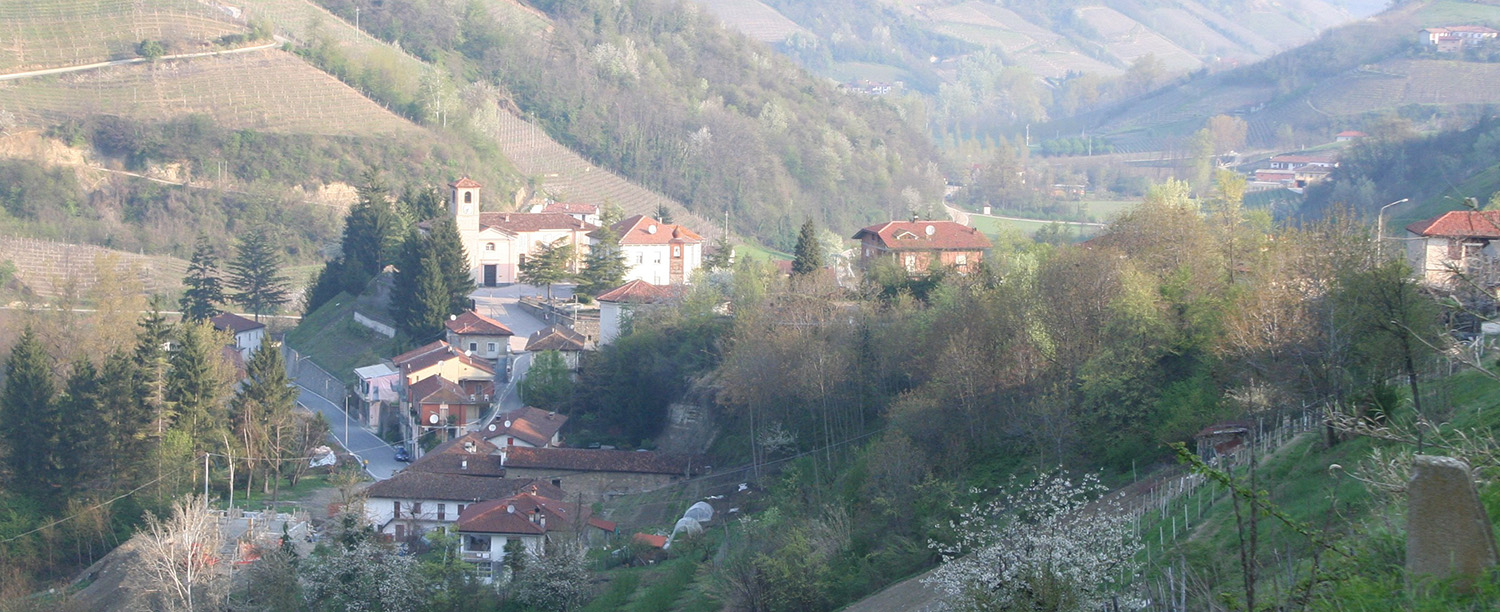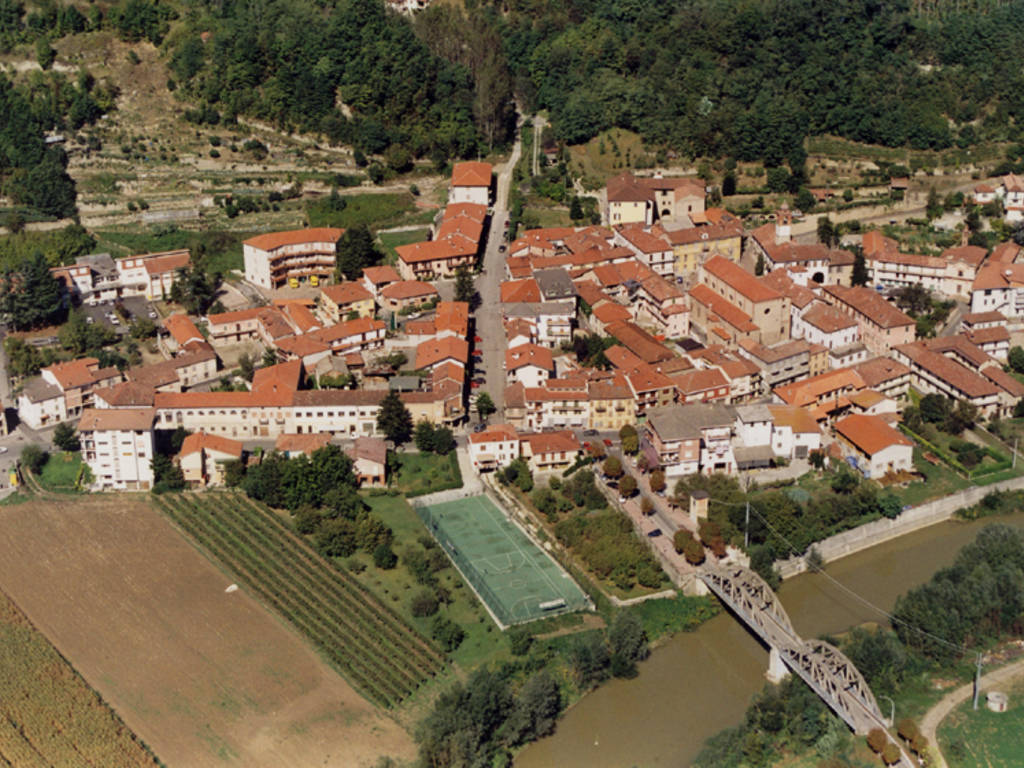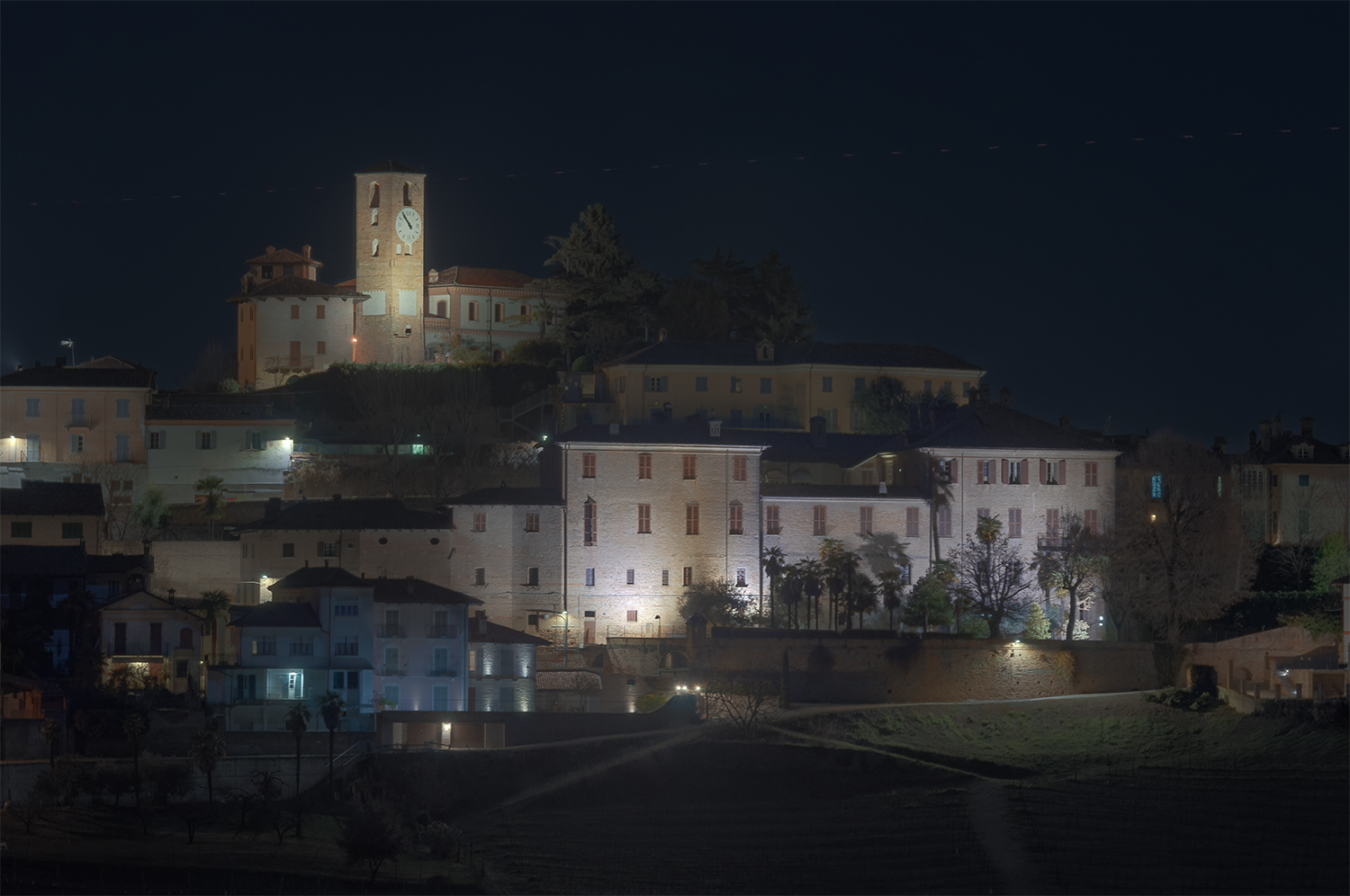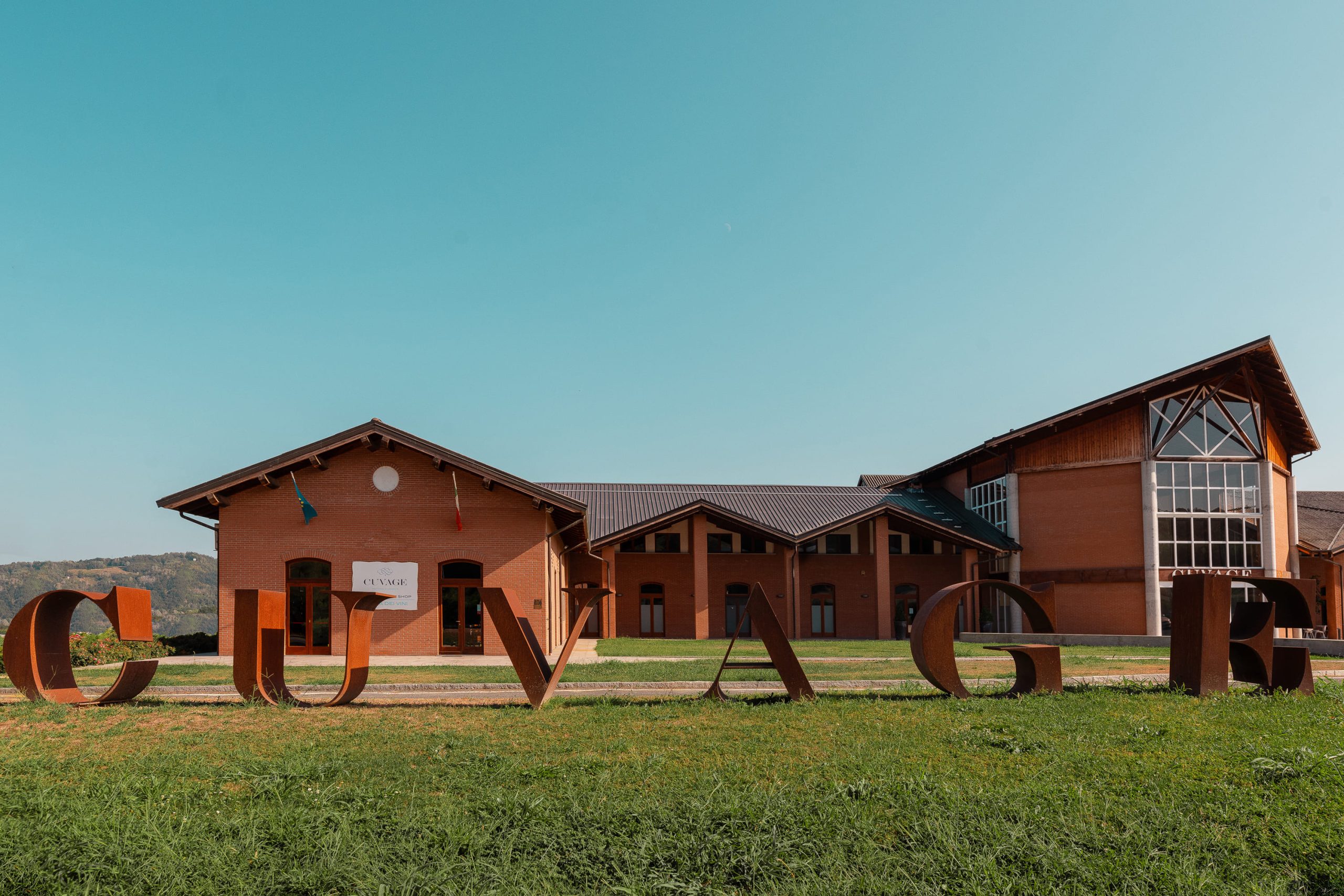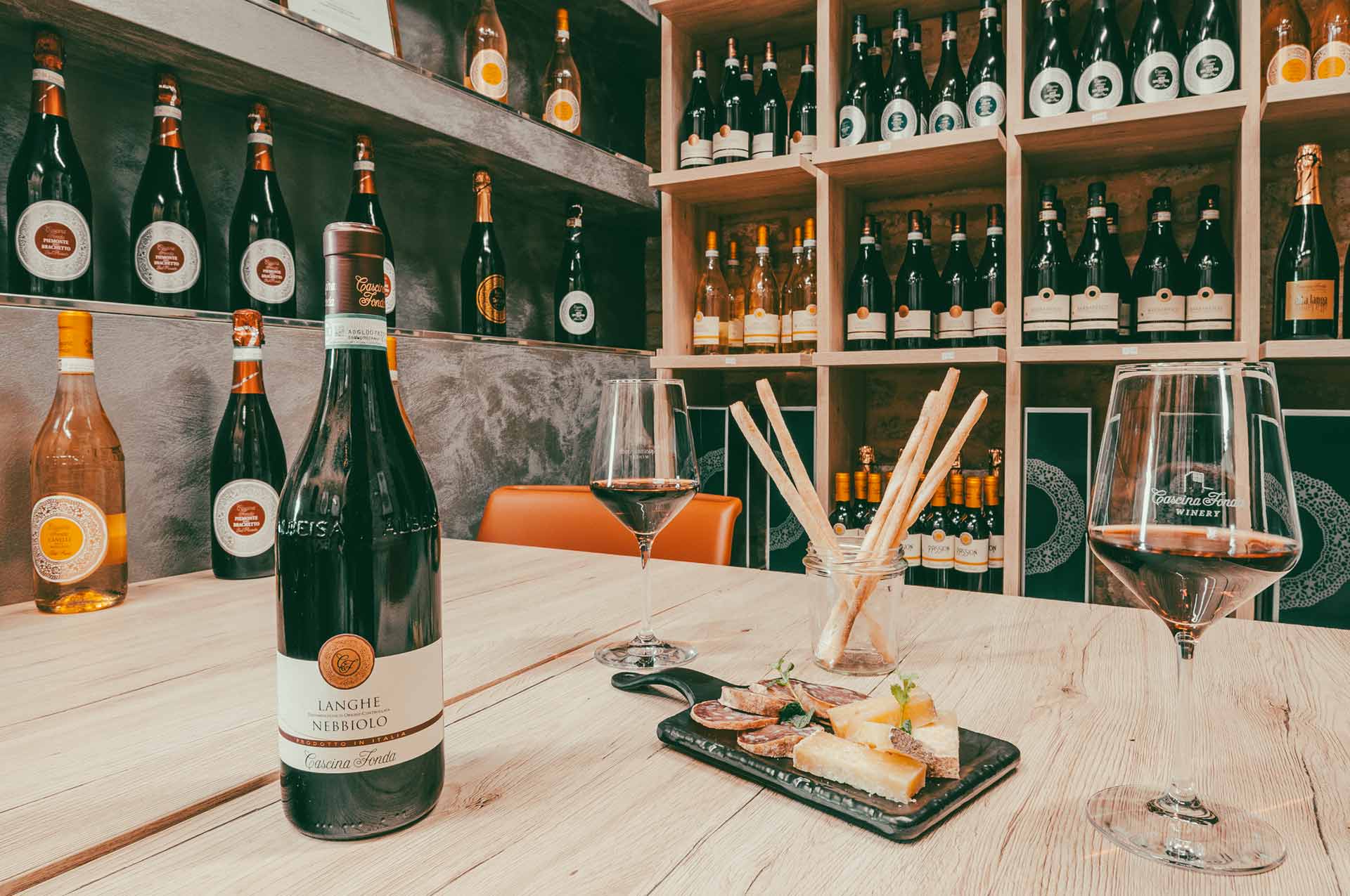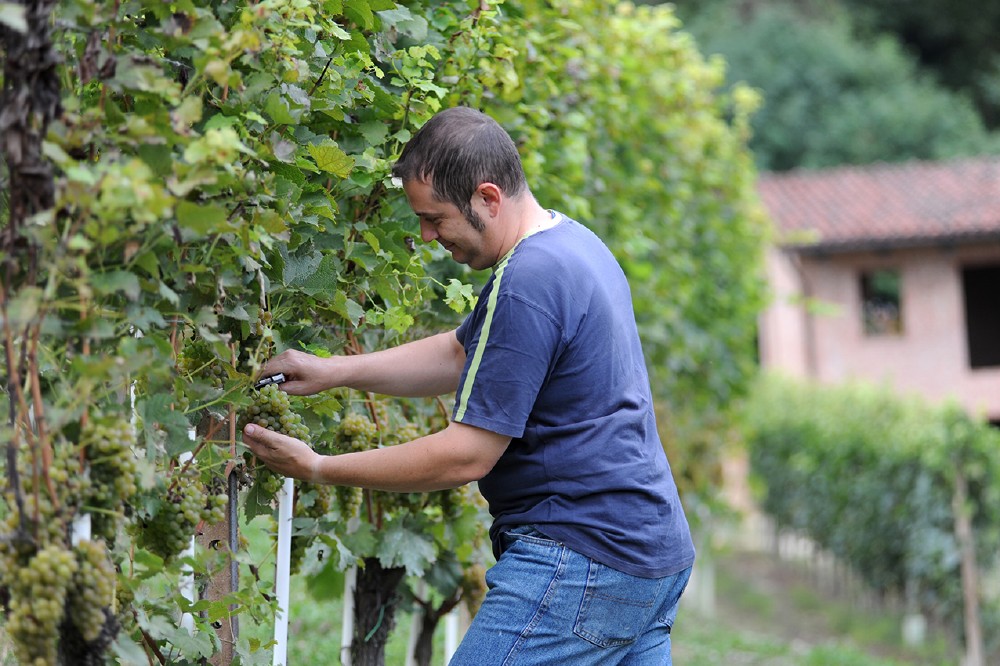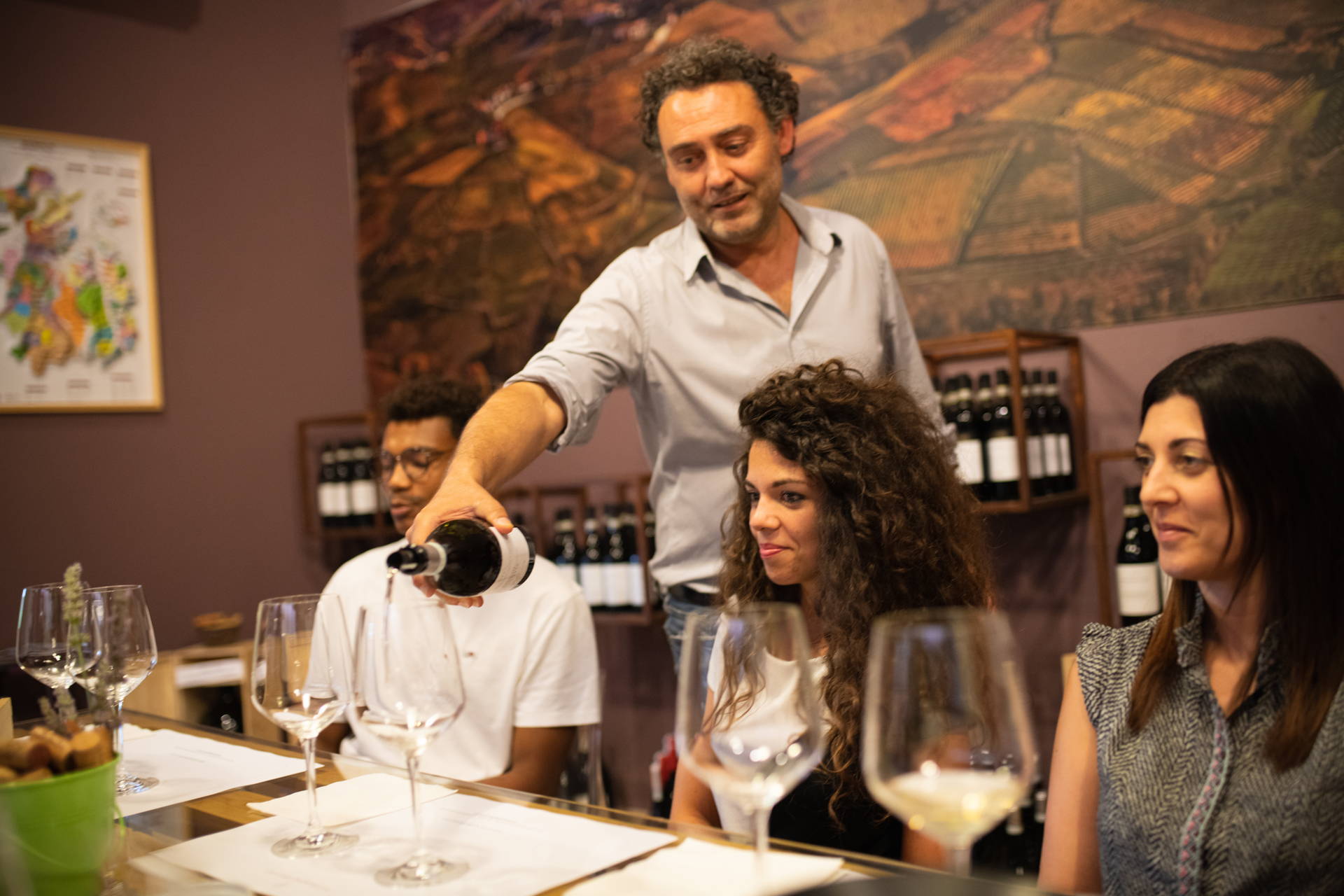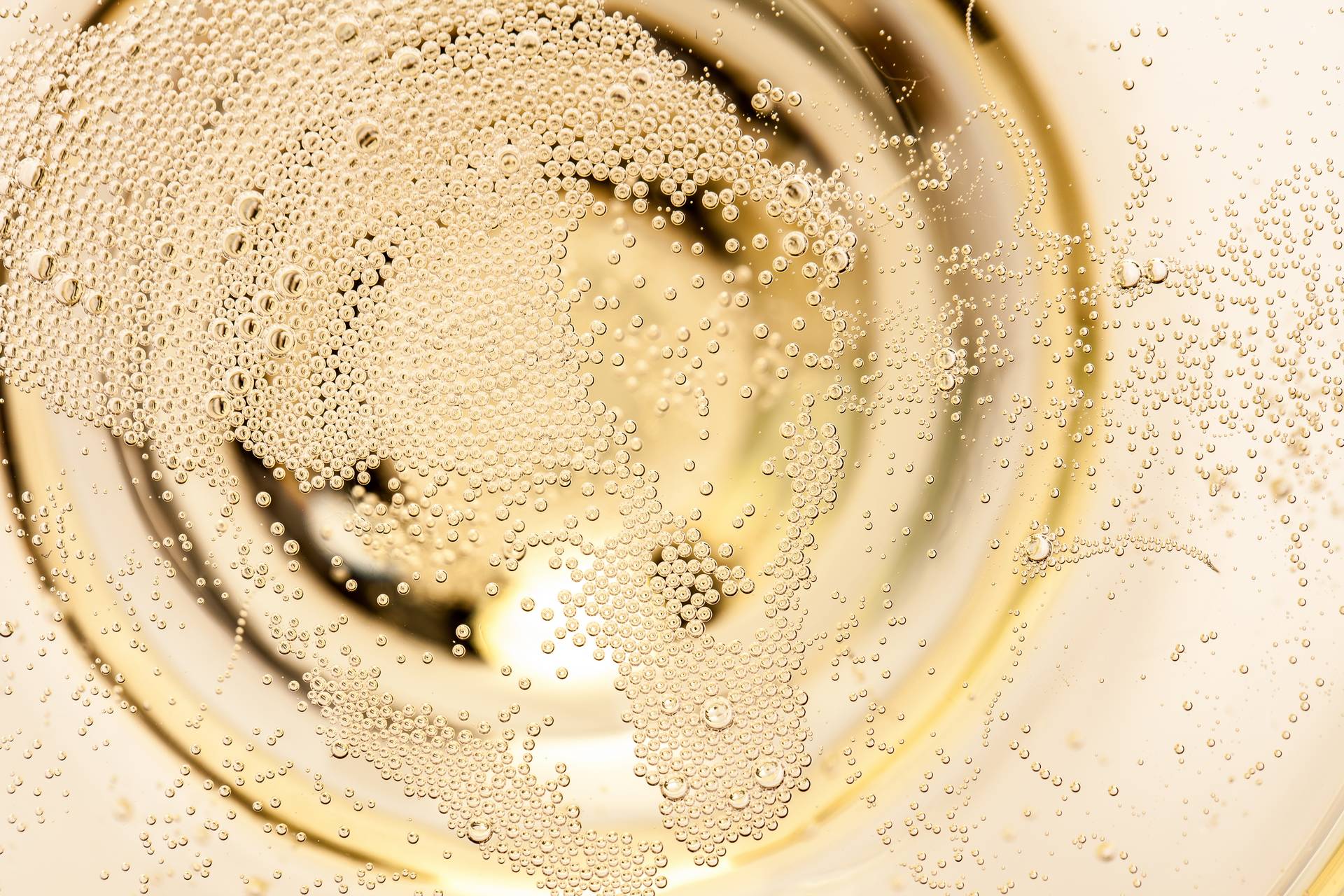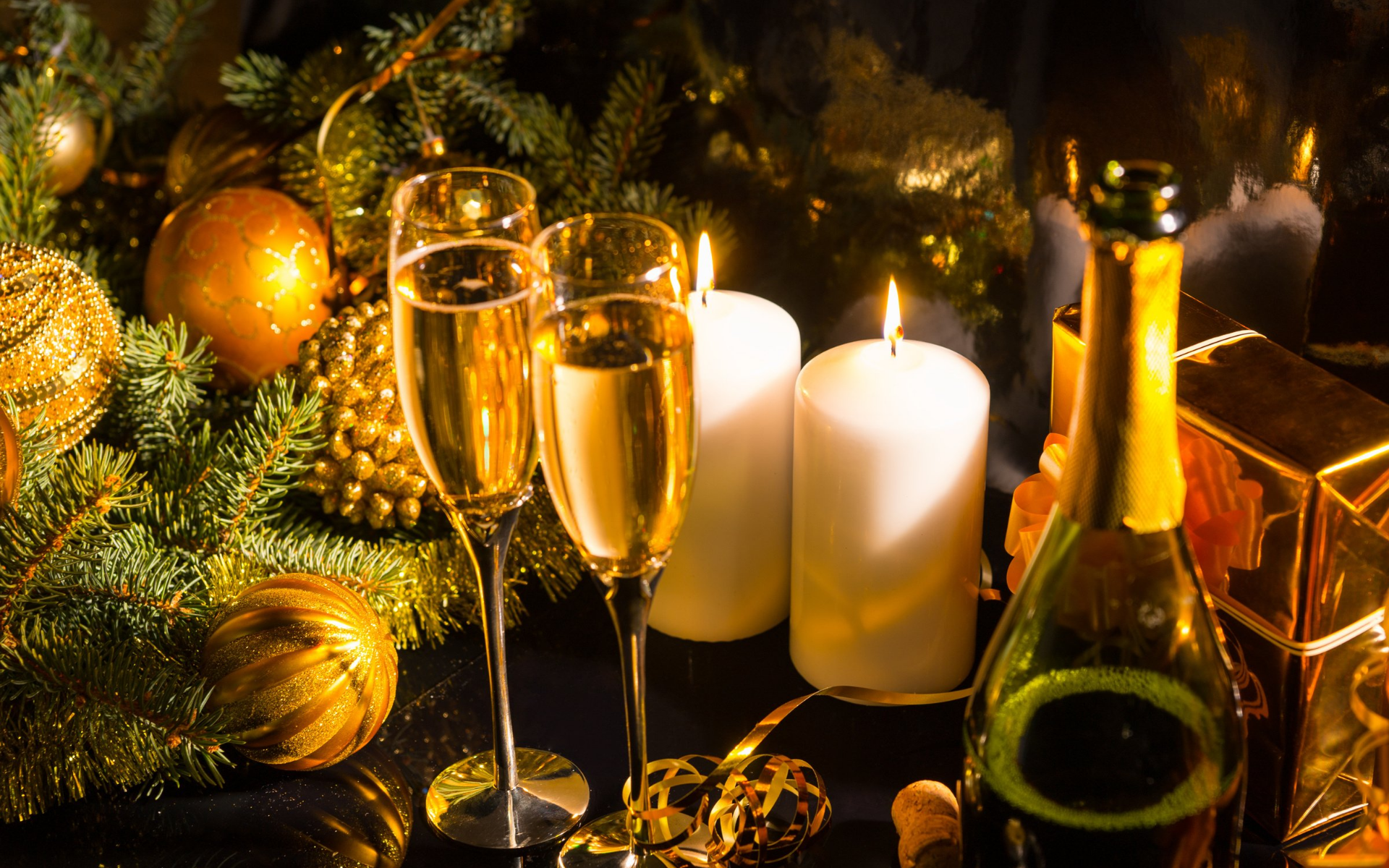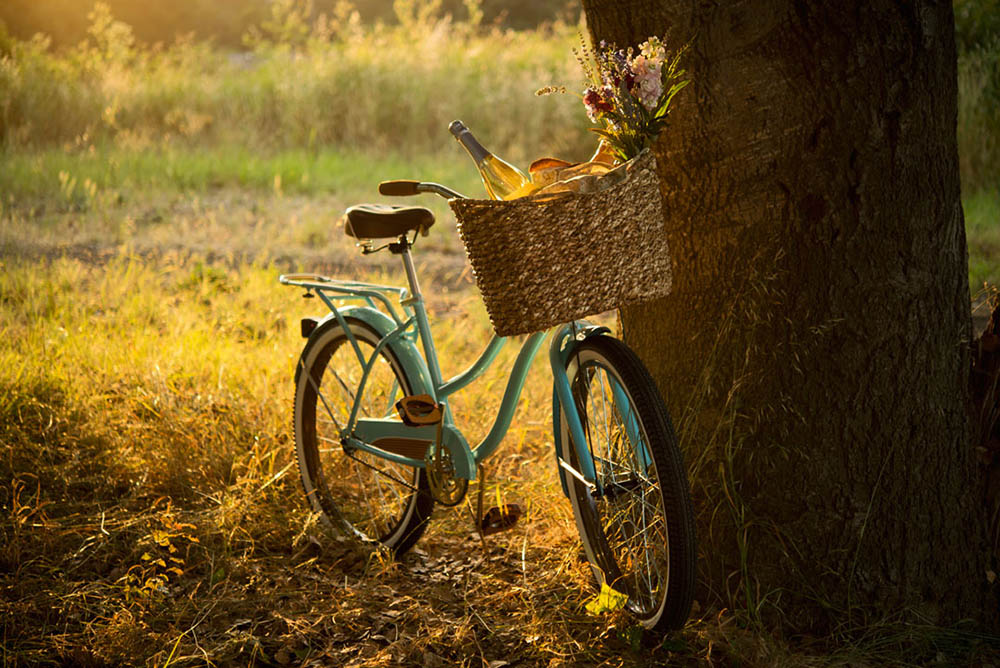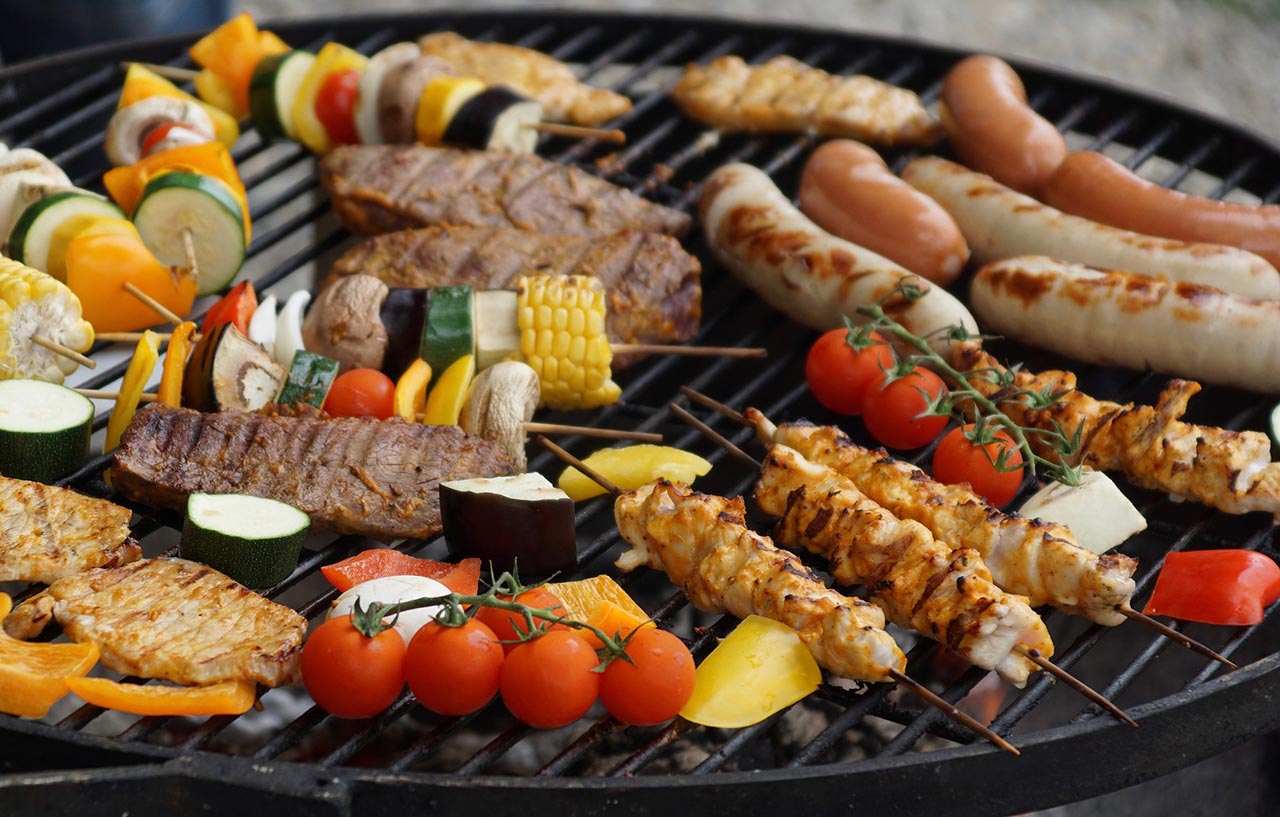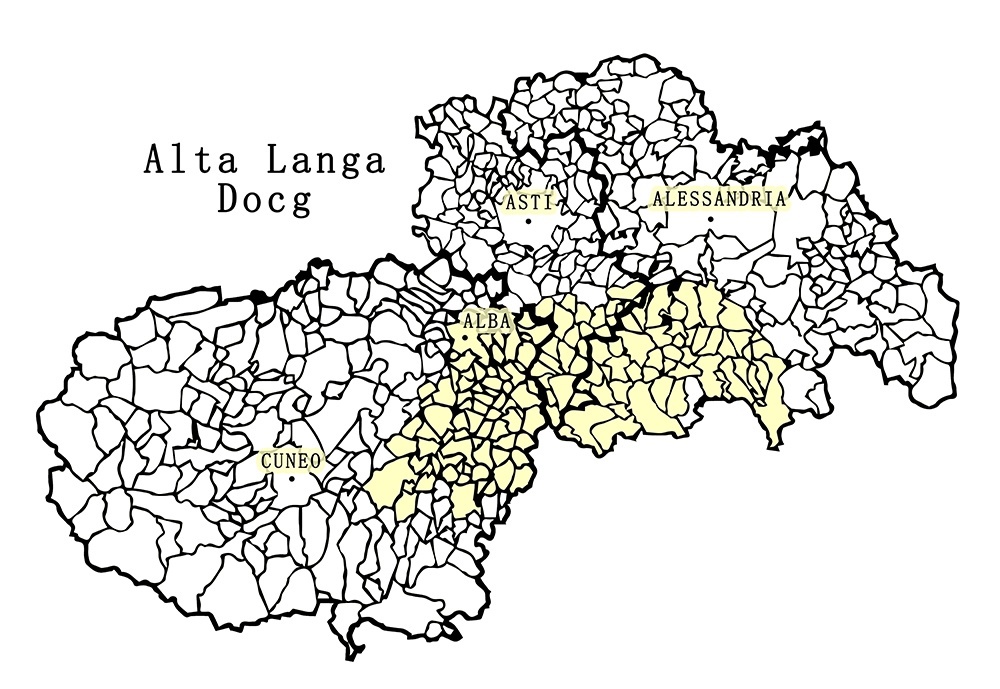
Alta Langa DOCG Sparkling Wine
Created by Carlo Gancia in 1850 after a stint in France to learn and master the champagne winemaking method, Spumante Alta Langa is now a widely appreciated quality wine.
This is a vintage sparkling wine made from pinot noir and chardonnay grapes, white or rosé, handcrafted following the classic method.
A true jewel of Piedmontese viticulture, a sublime expression of classic method sparkling wine that embodies the passion and excellence of the territory from which it comes.
Its production, the result of painstaking selection of the best Chardonnay and Pinot Noir grapes, reflects careful care and dedication to the art of winemaking.
This sparkling wine boasts a color palette ranging from bright straw yellow with greenish highlights for the white variants, to soft pink and salmon tones for the rosés, a prelude to an unparalleled sensory experience.
Alta Langa DOCG is not just a wine, but a testimony to elegance, an invitation to discover the richness of a territory and the mastery of those who cultivate it, offering a tasting experience that remains etched in the memory. With its considerable aging potential, it promises to be enriched with even more seductive nuances, confirming its position as a high-end sparkling wine, destined to win over and satisfy the most discerning palates.
Vines
Appellation
Color
Type
Min. alcohol
Variants
Established on
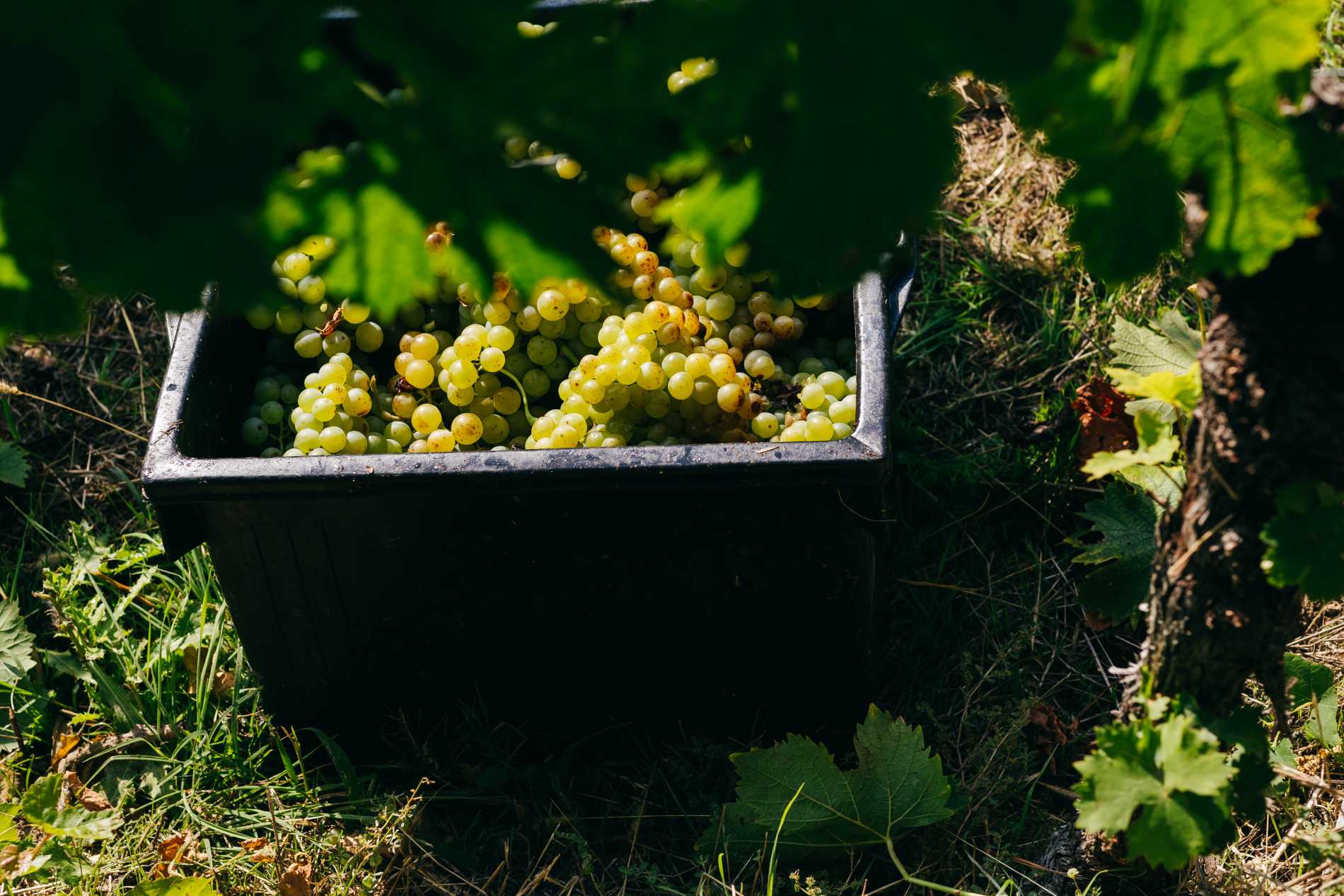
Grapes are transported in special crates to avoid crushing
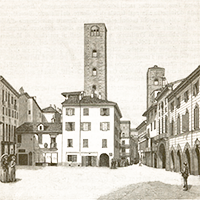
The history of Alta Langa DOCG Sparkling Wine
From the 1800s to the present
The story of Alta Langa DOCG is the story of 7 courageous producers and their bet
Although the wine was born during the 19th century, the history of the Alta Langa DOCG is quite recent. Work on the Denomination of Origin recognition began in the 1990s when some local producers decided to return to the production of sparkling wines using the classic method, selecting the best grape varieties.
After years of surveying the area to identify the best production area, scientific research to identify the minimum characteristics of the terroir, and experimentation in winemaking, the creation of the Alta Langa Consortium was achieved.
In 2002, the year after its founding, the Consortium obtained recognition of the DOC Alta Langa Metodo Classico.
Since then, the 7 founding companies, Enrico Serafino, Fontanafredda, Gancia, Giulio Cocchi, Martini & Rossi, Tosti and Vigne Regali, have worked to promote the production of a high-end sparkling wine that is no match for its French cousin .
Thanks to the very high quality of the wine, mainly due to the careful selection of the grape variety, the Consortium obtained the Alta Langa DOCG recognition with Ministerial Decree of February 21, 2011.
Alta Langa DOCG Sparkling Wine: Terroir
From Cuneo to Alessandria, sparkling wine can only be produced at altitude.
The area covered by the DOCG covers the provinces of Cuneo, Asti and Alessandria, on land belonging to 146 municipalities located to the right of the Tanaro River.
According to the specification, vineyards must be planted in marly and limestone-clay soils, characterized by moderate fertility and located exclusively on hillsides. The altitude cannot be less than 250 m above sea level.
The vine training form is low espalier with traditional guyot or spurred cordon pruning.
Preferred Altitude
Preferred Soil
Crus / MGA
Alta Langa DOCG Sparkling Wine: Vines
The Alta Langa DOCG Sparkling Wine is a multi varietal wine, and therefore can be made using different grapes
Alta Langa Spumante is made from pinot noir and chardonnay grapes present in varying percentages between 90% and 100%. "The remaining 10% may be grapes from non-aromatic grape varieties whose cultivation is authorized in Piedmont."(Ministerial Decree February 21, 2011)
The appellation includes four different indications: Alta Langa Spumante and Alta Langa Spumante Rosato with the respective mentions "Riserva" for wines aged a minimum of 36 months.
Usually with blended wines there is no set rule about the varieties to be "blended" and their proportions. In the specific case of Alta Langa DOCG Sparkling Wine, the wine should be composed as follows: Chardonnay dal 90 al 100%..
-
Chardonnay
Originating in France, this vine is now grown all over the world. It is a vigorous, consistently productive species, which sprouts very early, with strong shoots. It grows in all types of soil, particularly clay, limestone or marl, and all types of climate – provided they are not wet – and is very resistance to chlorosis. The fruit ripens in... you can read more about Chardonnay here.
![pinot blanc chardonnay]()
-
Other vines
Side by side with the best known wines, there is a wide range of “minor” vineyards, that often produce not so much wine, though very good. In the Langhe there are many different kinds of grapes cultivation, and this is a sign of how ancient this production is. Some international productions, like dark Pinot, Cabernet Sauvignon, Sauvignon Blanc, only recently... you can read more about Other vines here.
![Langhe vineyards sunset panorama, Barolo, Piedmont, Italy Europe]()

Alta Langa DOCG Sparkling Wine: Features
A sparkling wine characterized by complex structure and balanced acidity
The White
Ideal for aperitifs, it also lends itself well to accompany appetizers and starters , fish and seafood, or with truffle dishes.
The Rosé
When it has a good structure, sparkling rosé wine goes well with red meats, braised and stewed, but it is possible to "dare" and push towards more unusual pairings such as lentils and cotechino, fondue, vegetable flan, mixed fried foods of land or sea and, among cheeses, parmesan.
Sight
The wine comes in two main variants: white and rosé, each with distinctive color characteristics that reflect the quality and care used in their production.
The White
The white variant of Alta Langa DOCG is typically characterized by a bright straw yellow color, often with greenish highlights.
This clear, vibrant hue is the result of fermentation and aging of selected grapes, mainly Chardonnay and Pinot Noir, which help define the sparkling wine's flavor profile and structure.
The brightness of the color indicates freshness and quality, while the reflections may suggest the aromatic complexity of the wine.
The Rosé
The rosé variant, on the other hand, is distinguished by its fascinating color, which varies from soft pink to more intense salmon pink, depending on the method of vinification and the length of contact with the skins of Pinot Noir, which is often the predominant grape in this type.
This color range expresses a balance between elegance and structure, offering a foretaste of the olfactory and taste notes that will later be found on the palate.
Both variants, thanks to the classic method with second fermentation in the bottle and the long period of maturation on yeasts, manifest exceptional quality and complexity that reflect the unique terroir of Alta Langa. The care taken in grape selection and production techniques is reflected not only in the color, but also in the aromatic bouquet and finesse of the bubbles, which together create a premium tasting experience.
Nose
Imagine walking through a lush vineyard at dawn, where the cool breeze carries with it the promising aroma of freshly harvested grapes. This is the essence that is revealed at the first encounter with Alta Langa DOCG, a sparkling wine that encapsulates the lively and rich soul of an extraordinary land.
On the nose, Alta Langa DOCG presents a complex and enigmatic bouquet, an irresistible invitation that mixes the refinement of floral notes with the liveliness of citrus.
A first sip takes you on an olfactory journey through flowery fields of acacia and jasmine, interspersed with nuances of green apple and white peach, which dance harmoniously with accents of fresh almond and freshly baked bread, thanks to the long rest on the lees.
But it is the final touch of minerality, that subtle trace left by the unique terroir of Alta Langa, that convinces you of its nobility.
This almost ethereal element adds a dimension of depth and persistence that invites further sipping, promising new discoveries with each sip.
Alta Langa DOCG is not simply a sparkling wine; it is a celebration of excellence, an effervescent expression of passion and dedication.
Whether you are toasting a special moment or simply enjoying the beauty of a sunset, be seduced by its elegance and the finesse of its bubbles. Because drinking Alta Langa DOCG is not just a gesture, but an experience that enriches the soul and enchants the senses.
Taste
Alta Langa DOCG offers a rich and multifaceted taste experience, reflecting the quality and complexity achieved through the classic method of production.
On the palate, it stands out for its extraordinary harmony between freshness and structure, a characteristic that makes it immediately recognizable and appreciated by connoisseurs.
The first impact is lively and fresh, with a pleasant acidity that paves the way for a medium body and creamy texture, the result of the long period of maturation on the lees. This creaminess is perfectly balanced with freshness, making each sip dynamic and engaging.
The fruity notes perceived on the nose are also found in the mouth, with flavors of green apple, citrus, and sometimes red berry fruits in the rosé variant, mingling with nuances of toast, hazelnut, and yeast. This complexity is enhanced by a fine minerality that gives the wine a long aromatic persistence, leaving a pleasantly clean and refreshing aftertaste.
In the mouth of Alta Langa DOCG speaks for itself: it is a wine of great elegance and finesse, inviting reflection and the pleasure of tasting, capable of delivering a profound and memorable taste experience.
Official regulation
Color
Perfume
Taste
Foam
Service
Alta Langa DOCG, in order to be best appreciated, requires attention not only in the choice of time and accompaniment but also in the service, particularly with regard to the glass and temperature.
Glass
To serve Alta Langa DOCG, a tulip-shaped goblet is recommended. This type of goblet, characterized by a slightly enlarged body that narrows toward the opening, is ideal for sparkling wines produced by the classic method.
The tulip shape allows for optimal concentration and release of the sparkling wine's complex aromas, enhancing the olfactory and taste experience.
In addition, the elegant shape of the goblet allows one to observe the fineness and persistence of the bubbles, a key aspect of tasting a high-quality sparkling wine.
Temperature
The ideal serving temperature for Alta Langa DOCG varies between 6°C and 9°C. Serving sparkling wine at this temperature allows the wine's freshness, balance and aromatic complexity to be enhanced without overpowering its delicate olfactory notes.
Too high a temperature could make alcohol excessively evident and bubbles less pleasant, while too low a temperature could suppress aromas and make flavor nuances less appreciable.
To reach the optimal serving temperature, we recommend chilling the bottle in the refrigerator for at least 3 hours before serving or in a bucket with ice and water for about 30 minutes. It is important to avoid thermal shock, so best to avoid the freezer if possible.
Alta Langa DOCG Sparkling Wine: what to pair it with
Alta Langa DOCG offers a wide versatility in food pairings, making it an ideal companion for different moments of the meal. Here are some suggestions for pairings that enhance its characteristics.
Appetizers
- Light appetizers: Perfect with seafood appetizers or fish tartare, where its acidity balances the sweetness of the sea.
- Canapés and finger foods: Choose canapés with smoked salmon, scallops or even delicate vegetable flans for a palate-tantalizing start to the meal.
First courses
- Risottos: Particularly good with seafood risottos or with herbs and seasonal vegetables, where its freshness and aromatic complexity combine harmoniously with the delicate flavors of the risotto.
- Delicate pastas: Excellent with butter and sage pastas or light fish-based sauces.
Main courses
- Fish and shellfish: Its body and freshness pair beautifully with baked fish dishes, grilled seafood or shellfish in not too elaborate preparations.
- White meats: It also goes well with white meats, such as chicken or turkey, prepared in a simple but elegant way.
Cheeses
- Fresh or medium-aged cheeses: Alta Langa DOCG can be paired with cheeses that are not too aged, such as brie, camembert, or goat cheeses, which do not overpower the flavor of the wine.
Dessert
- Not too sugary desserts: It is recommended to be paired with light and not too sweet desserts, such as lemon mousse or fresh fruit desserts, so as not to counteract its elegance and freshness.
Special Moments
- Aperitif or toast: Because of its sophistication and inviting bubbles, it is also perfect on its own as an aperitif or to toast on special occasions.
The ideal pairing depends a great deal on the specific characteristics of the wine and the menu chosen, but the general rule with Alta Langa is to aim for elegant dishes that are not too loaded with intense flavors, to allow the wine to best express its qualities without being overpowered.
Recipes to pair with Alta Langa DOCG Sparkling Wine
- No items found :-(
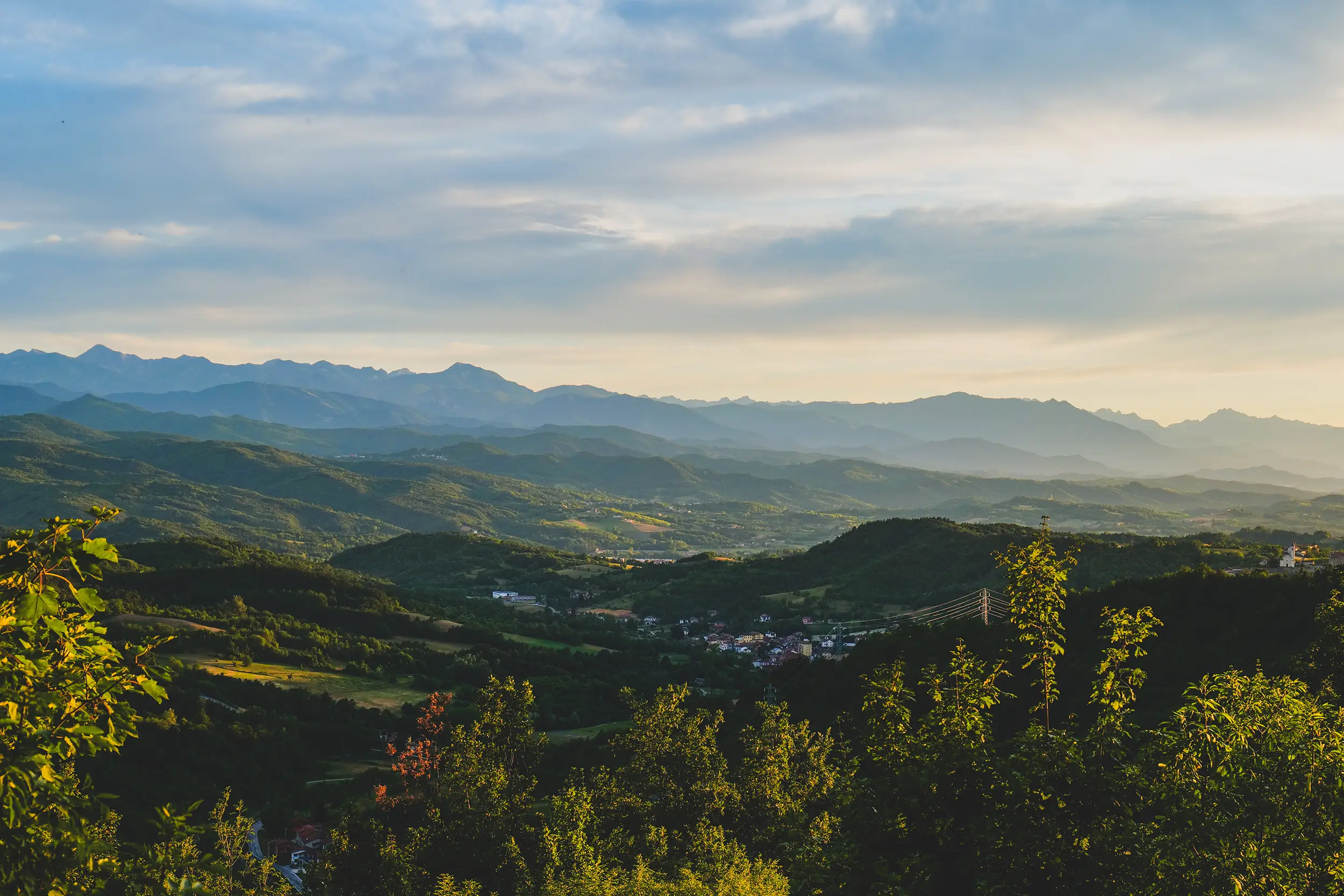
Un panorama mozzafiato che di certo amerai.
Alta Langa DOCG Sparkling Wine: Production
Remuage, degorgement and pupitres: French is also spoken in Langa
Since this is an artisanal wine, the harvest is done by hand so that the grapes best preserve their organoleptic properties. Fermentation takes place in thermoconditioned steel tanks.
Before bottling, the different base wines are blended to make the cuvèe (batch) homogeneous. Once the bottles are transferred to the cellar, the slow aging of the wine begins, lasting no less than 30 months.
The final processing steps are the remuage and the degorgement. The first involves placing the bottles on special stands, pupitres, which allow them to be kept at different angles. Through daily rotations, from the horizontal position held during aging, they reach an almost vertical arrangement.
The whole process takes 1-2 months and precedes the degorgement, or disgorgement: this is the removal of the sediment naturally present in the wine by freezing the sparkling wine present in the neck of the bottle. Due to the internal pressure, the sediment is expelled as soon as the bottle is uncorked.
Closed with the classic cork secured by the metal cage, Alta Langa Sparkling Wine is ready for sale.
Time in wood
Time in bottle
Time to market
Grapes Yield
Meet the producers
Curiosities
A special goblet for the sparkling wine "pride of Piedmont"
The Alta Langa Consortium has promoted the creation of a special goblet for serving its “pride of Piedmont” sparkling wine. The glass is a true design object conceived by Giorgetto Giugiaro: the narrow base widens to enhance the aromas of the wine.
There is a helical knurl on the stem for easy holding, while the patterns on the foot of the glass are meant to recall the hills of Piedmont. Also on the foot is the Spiegelau trademark, the German manufacturing company.

















































































